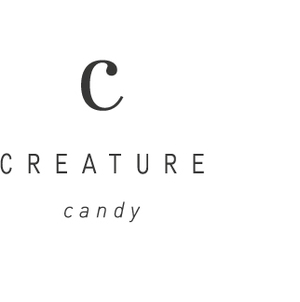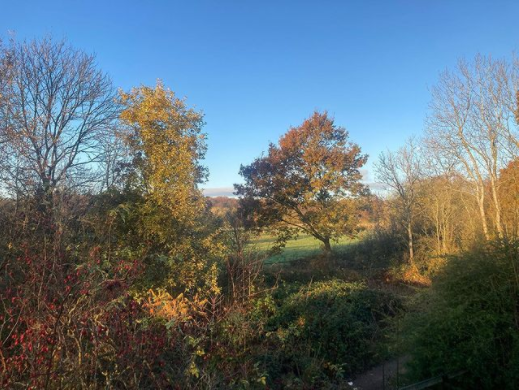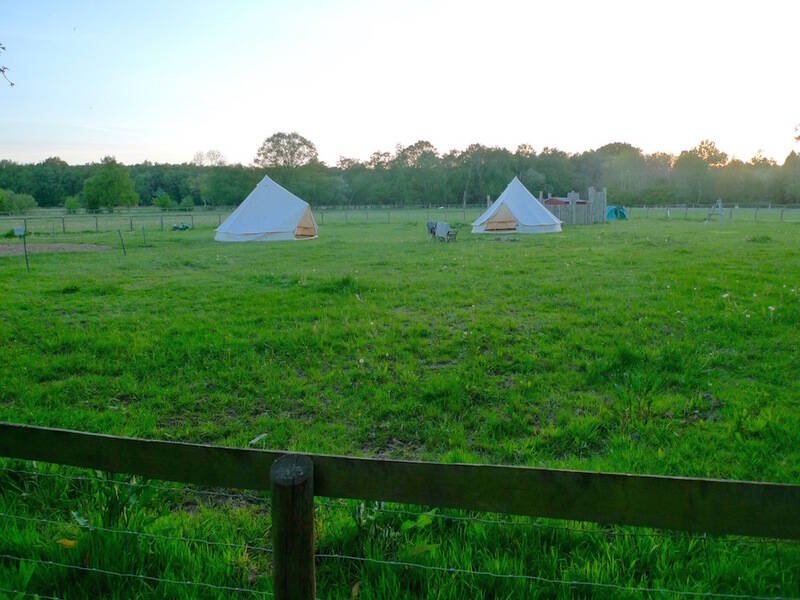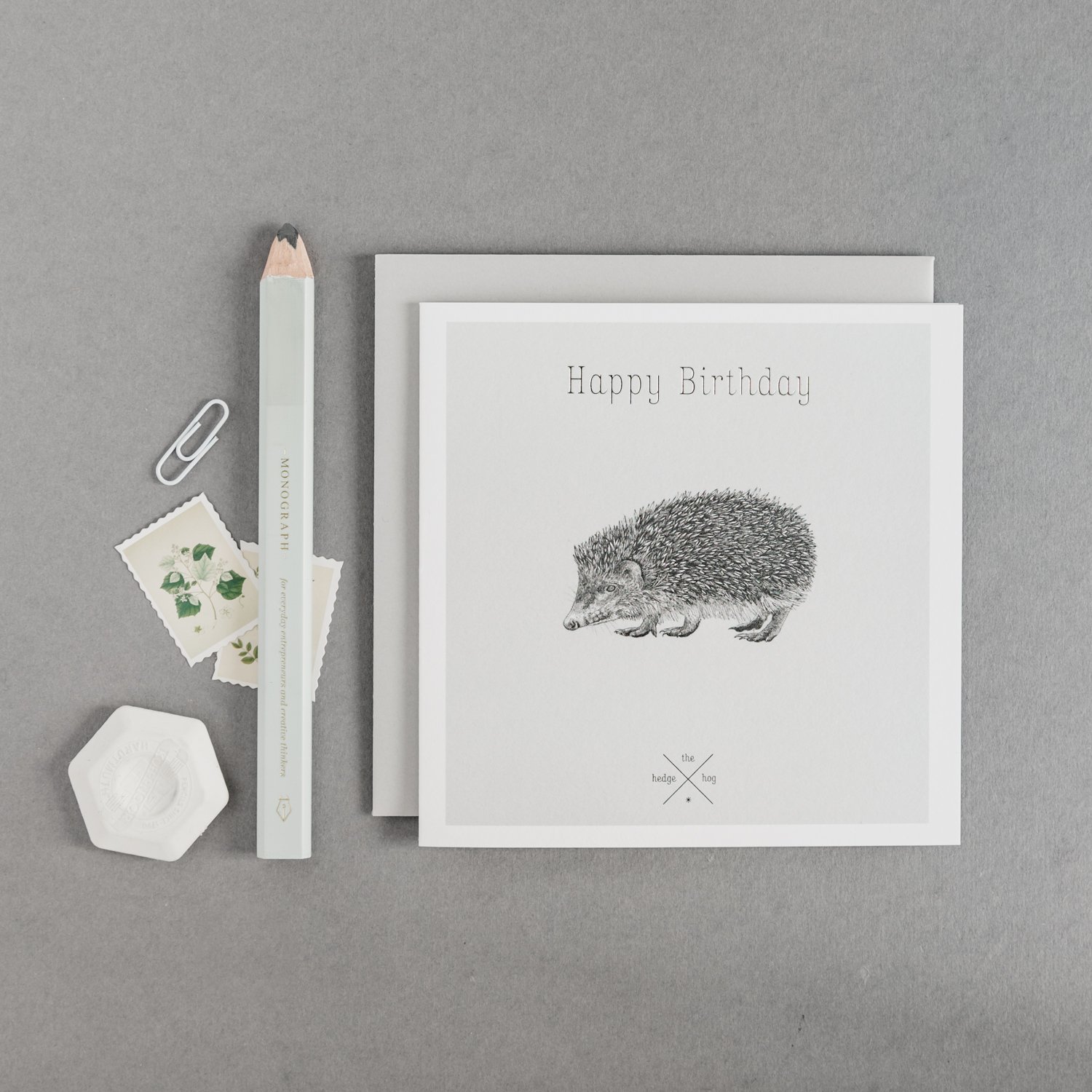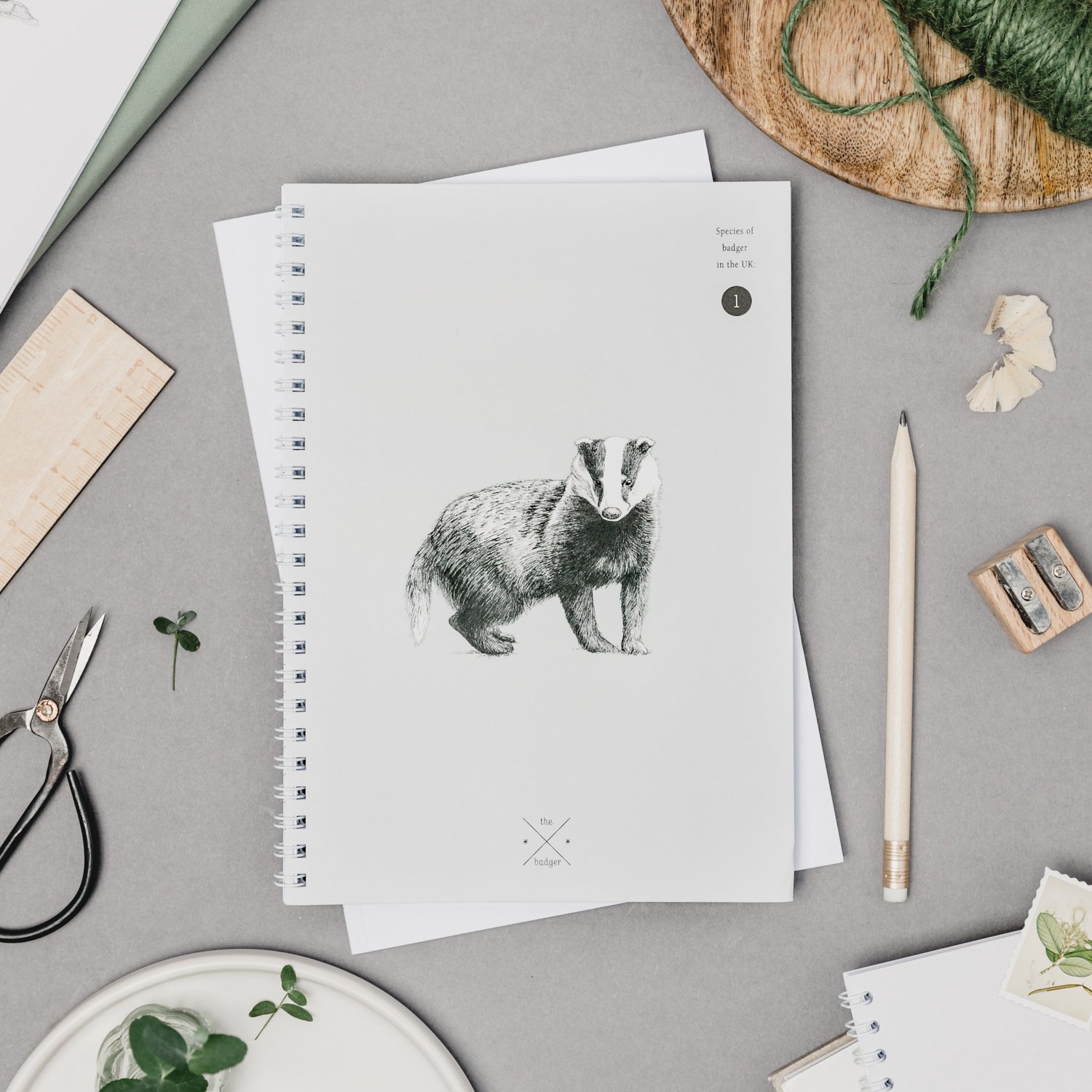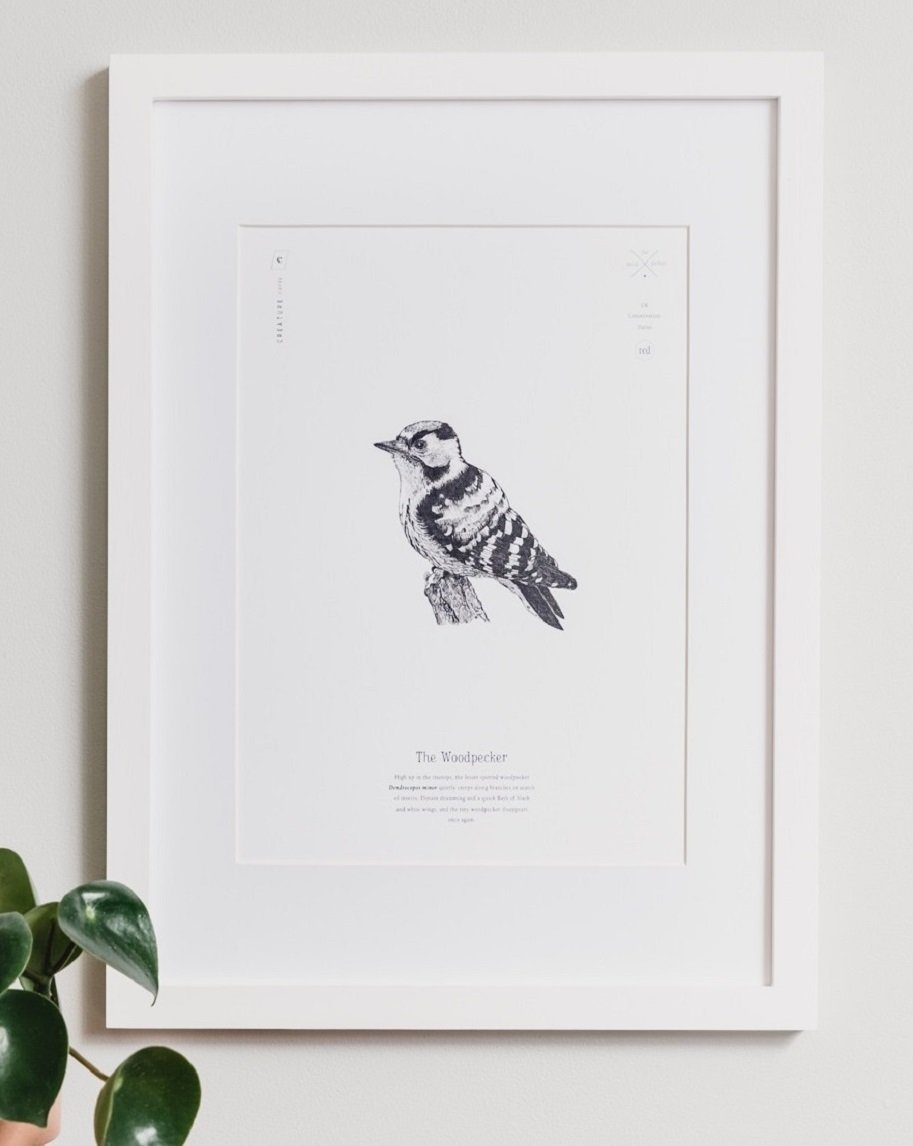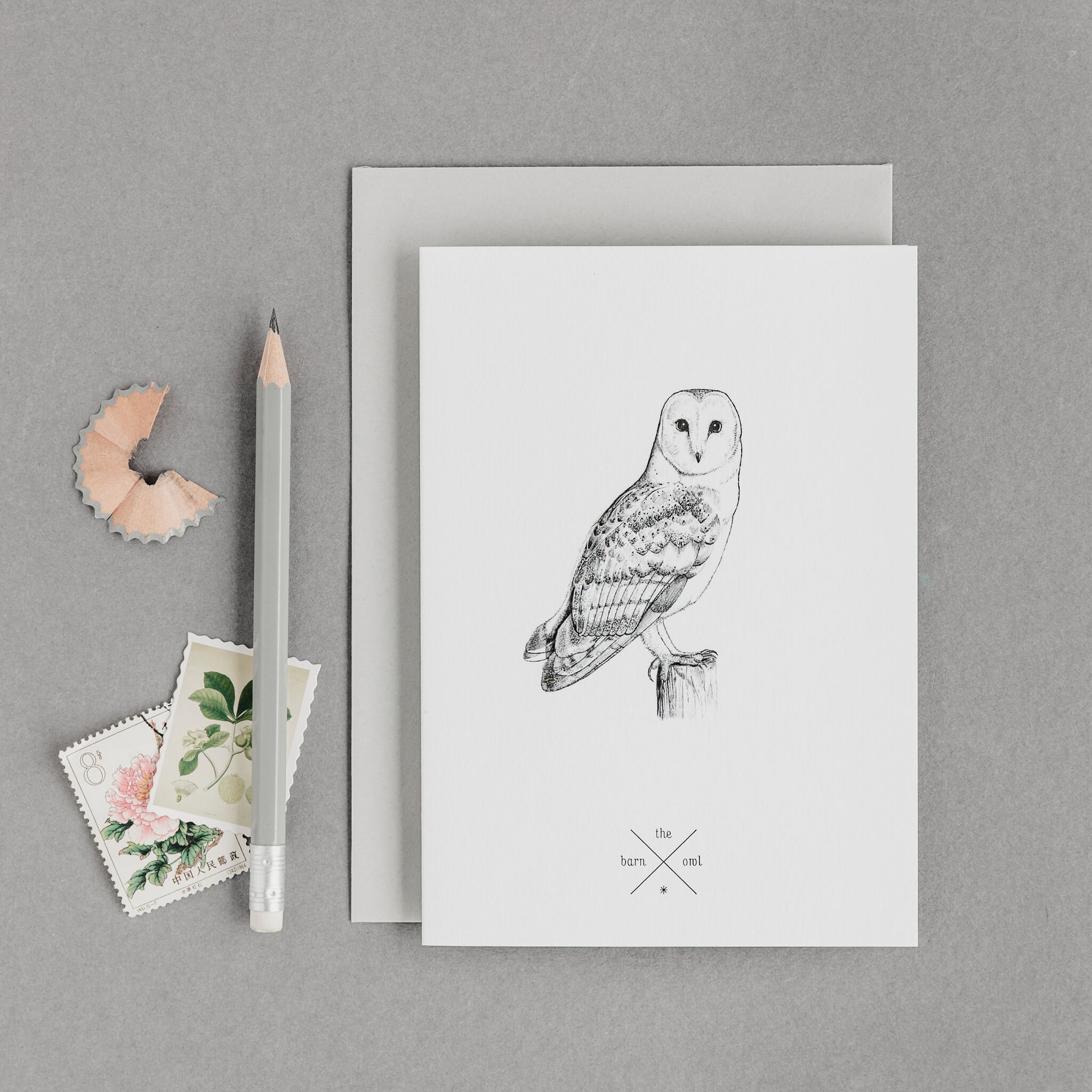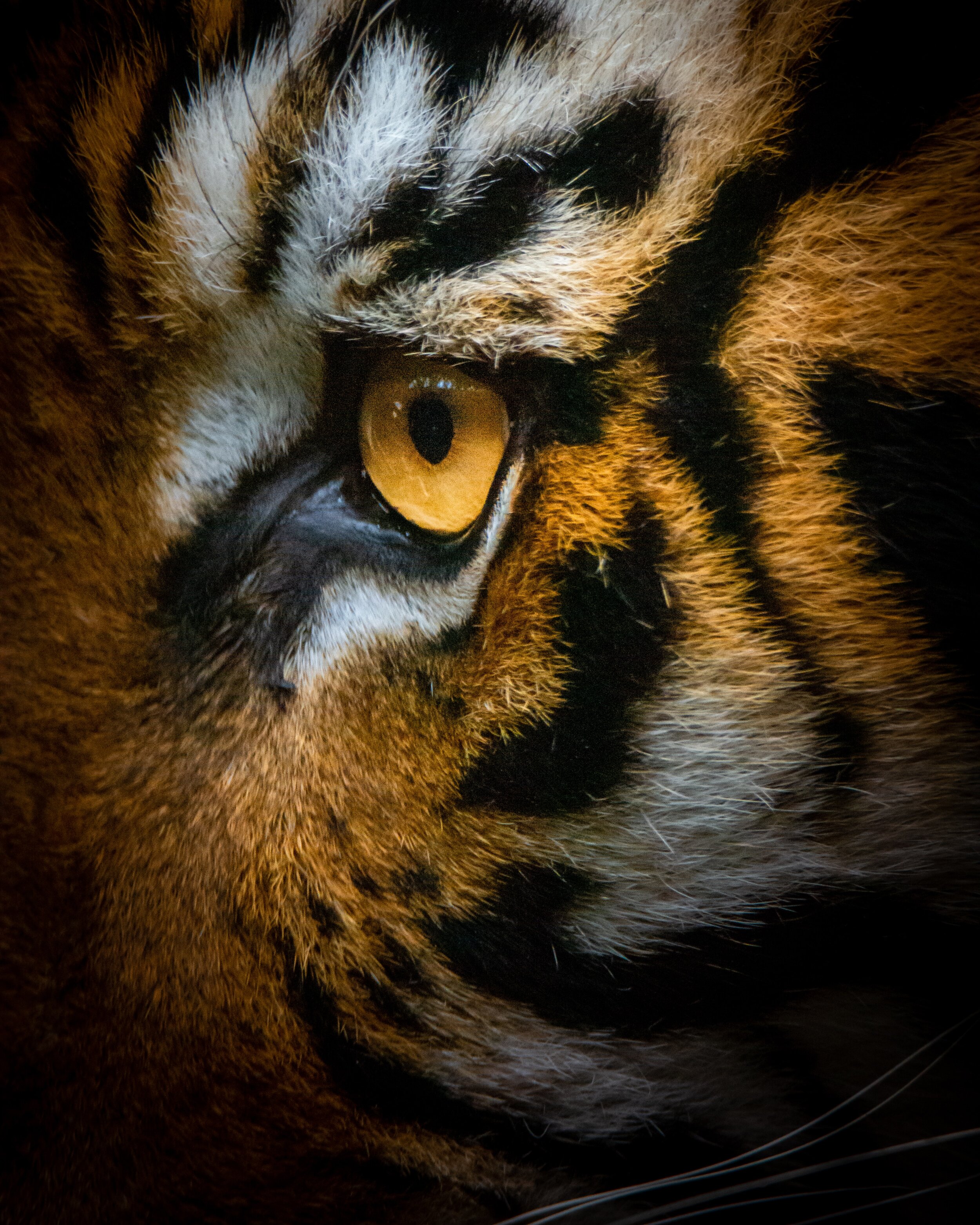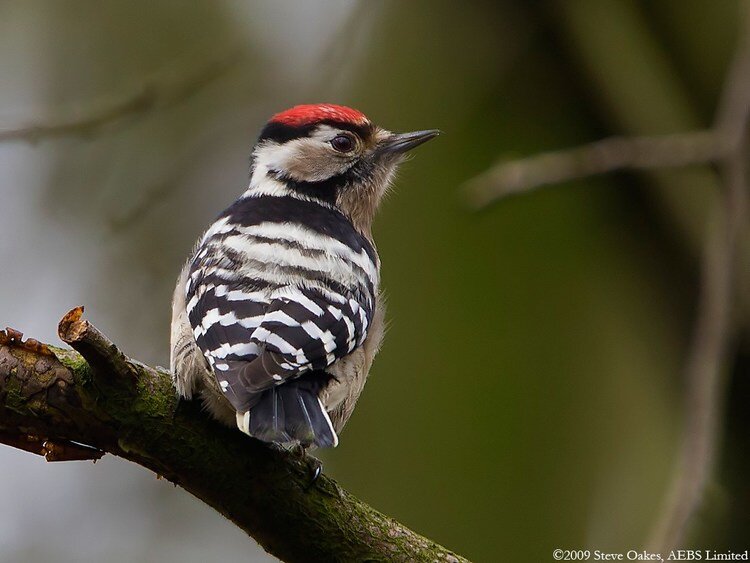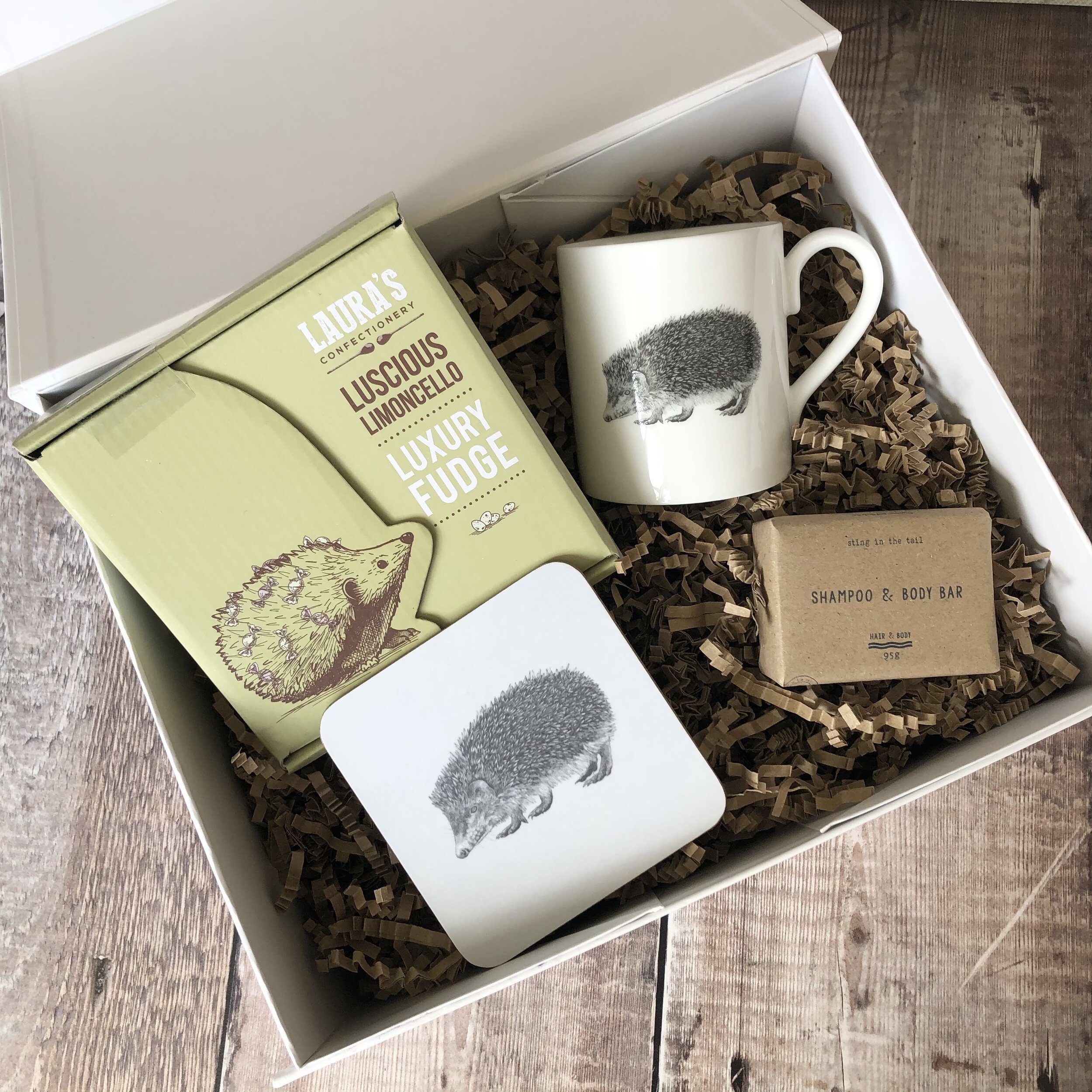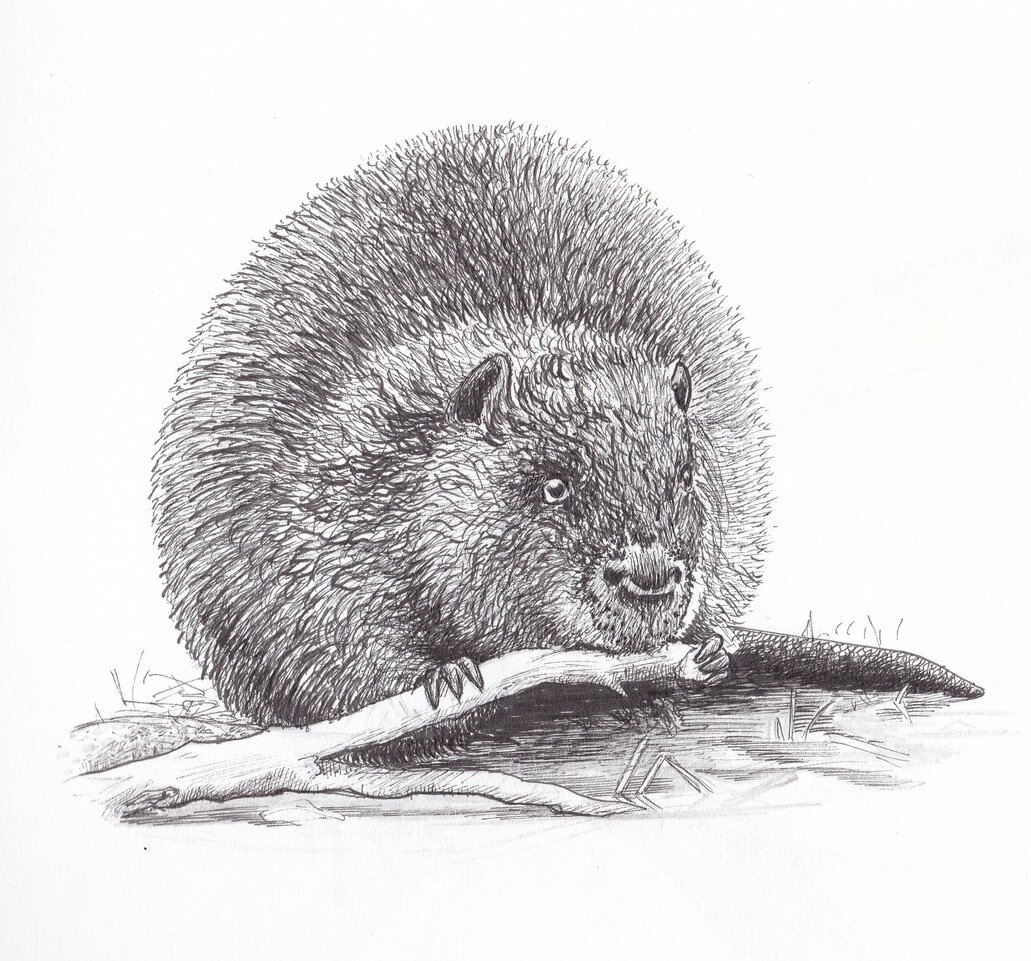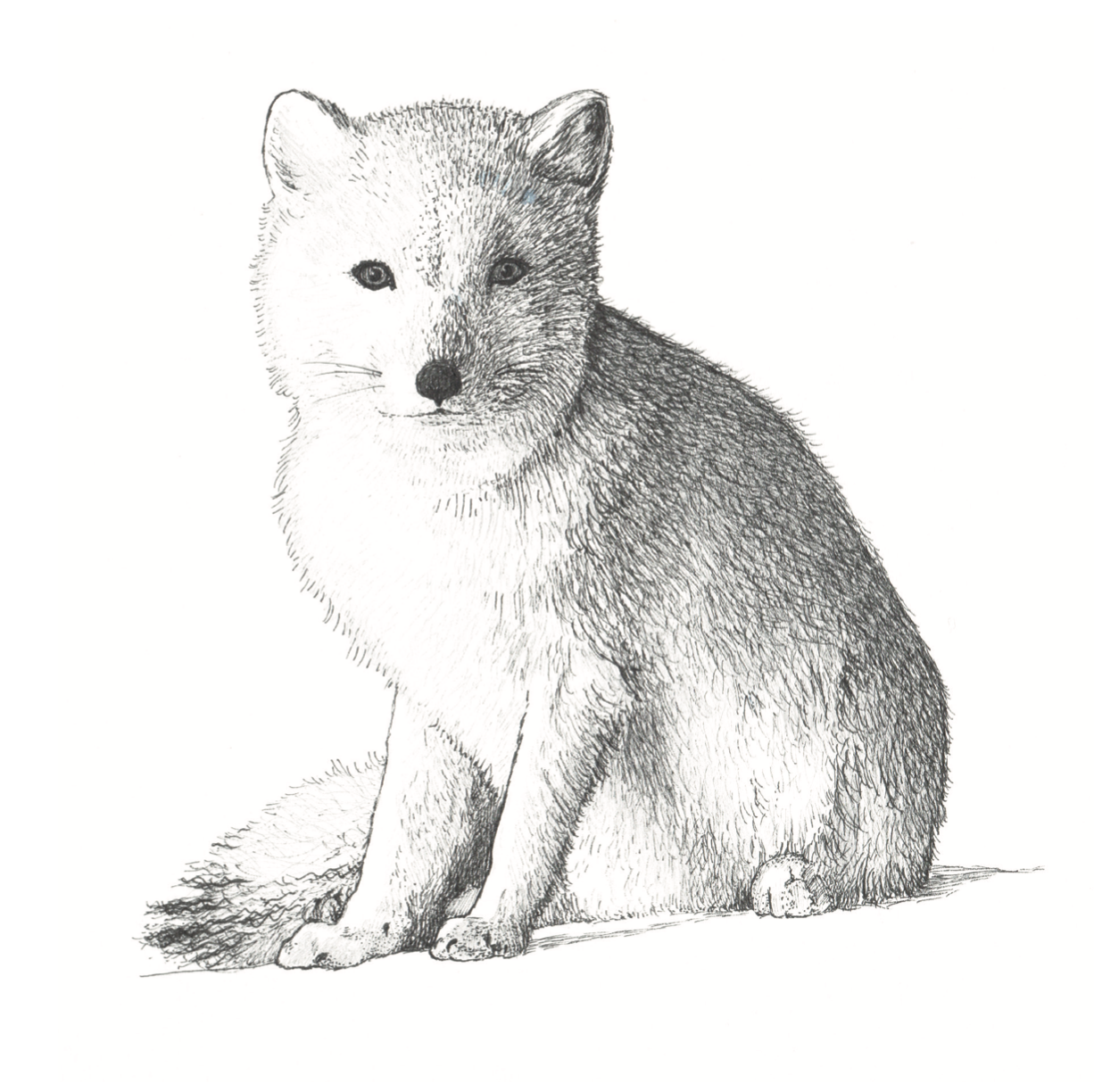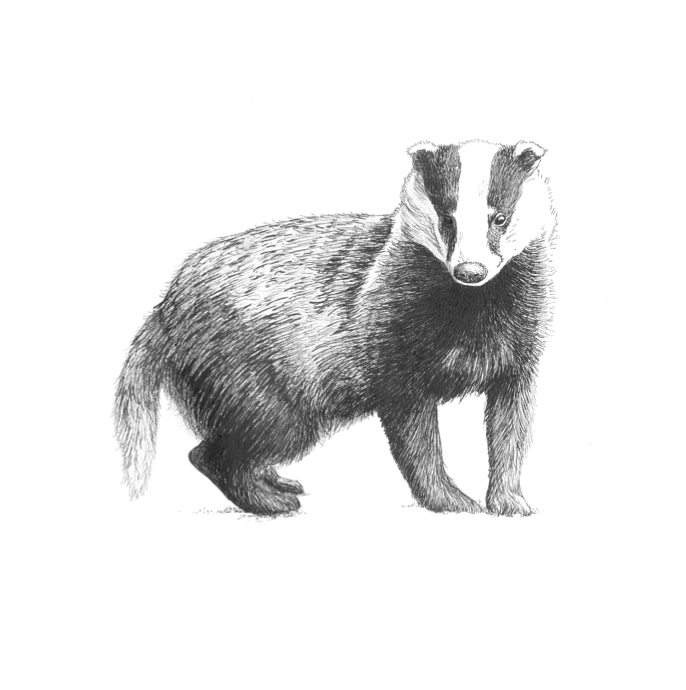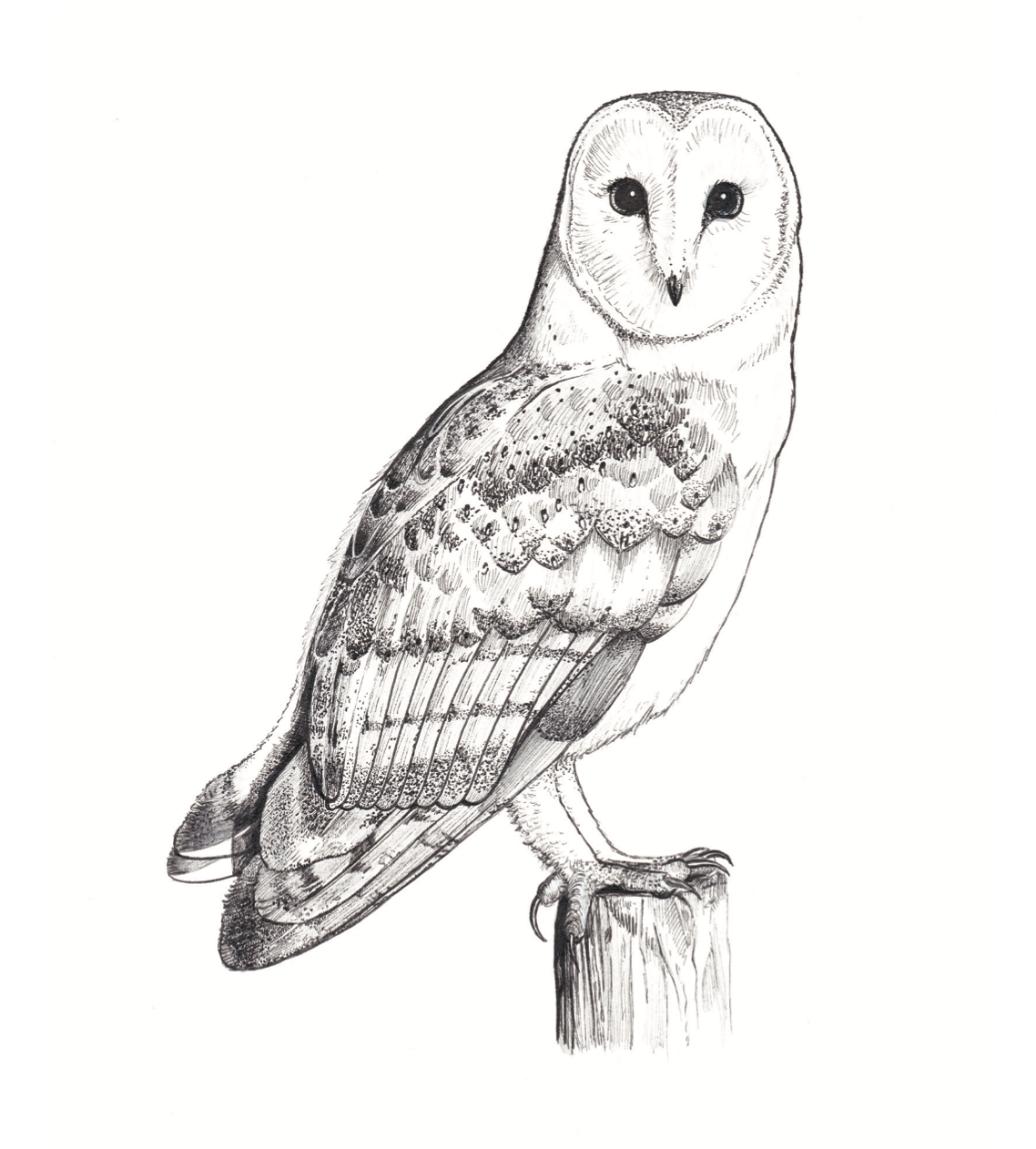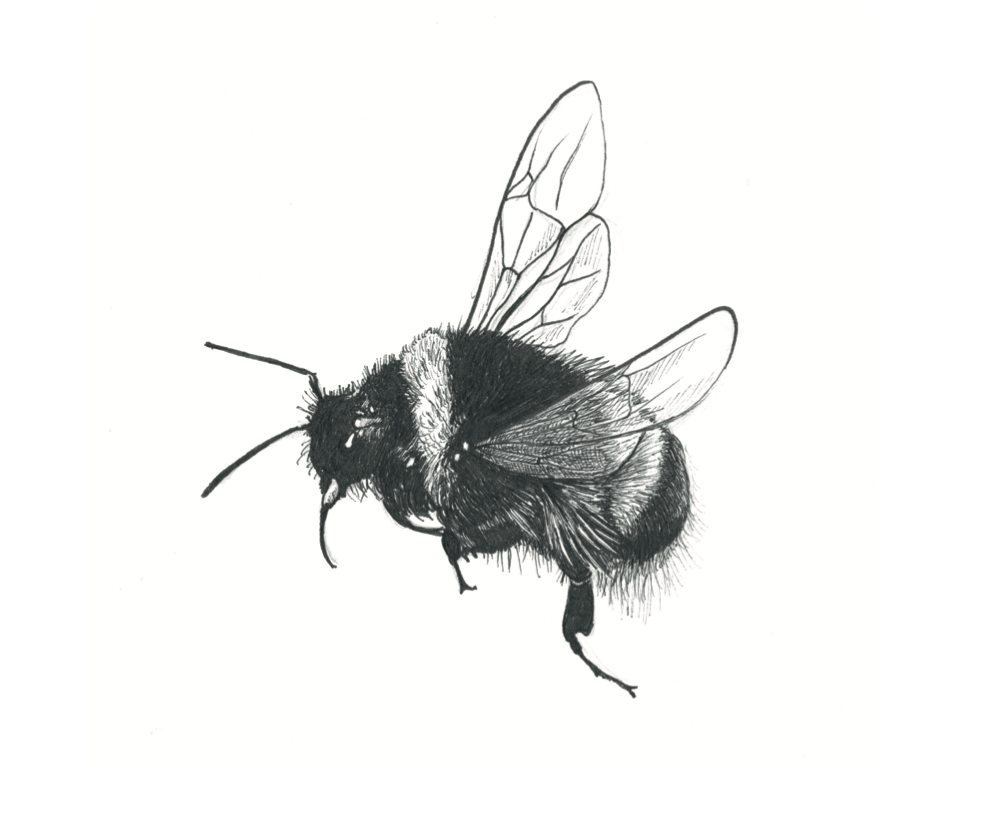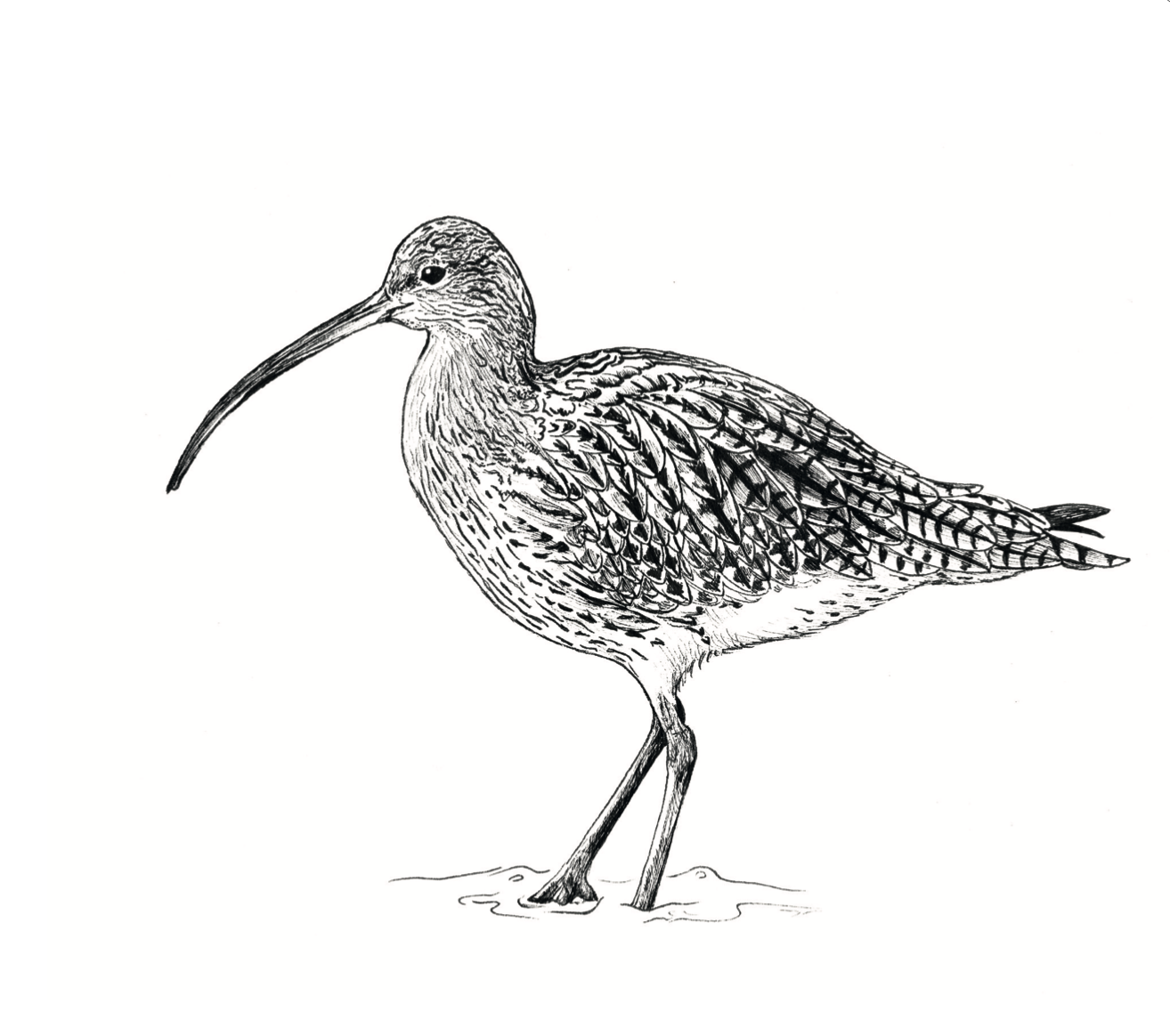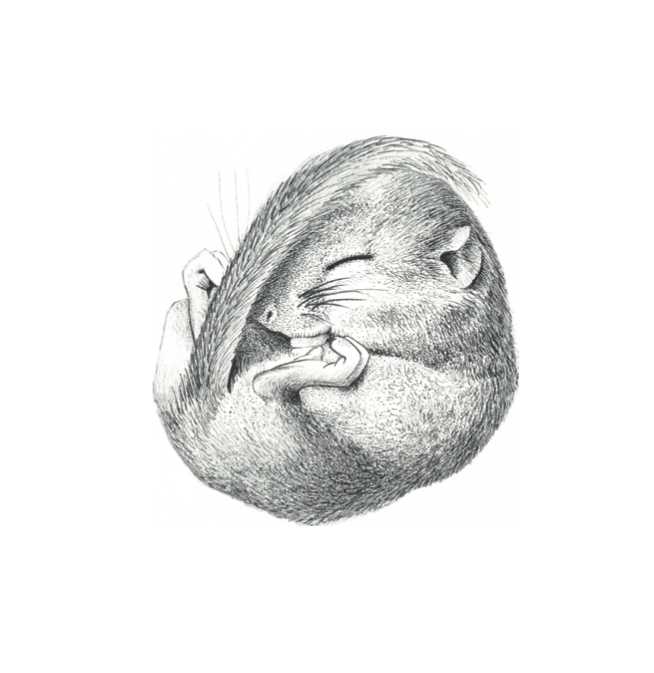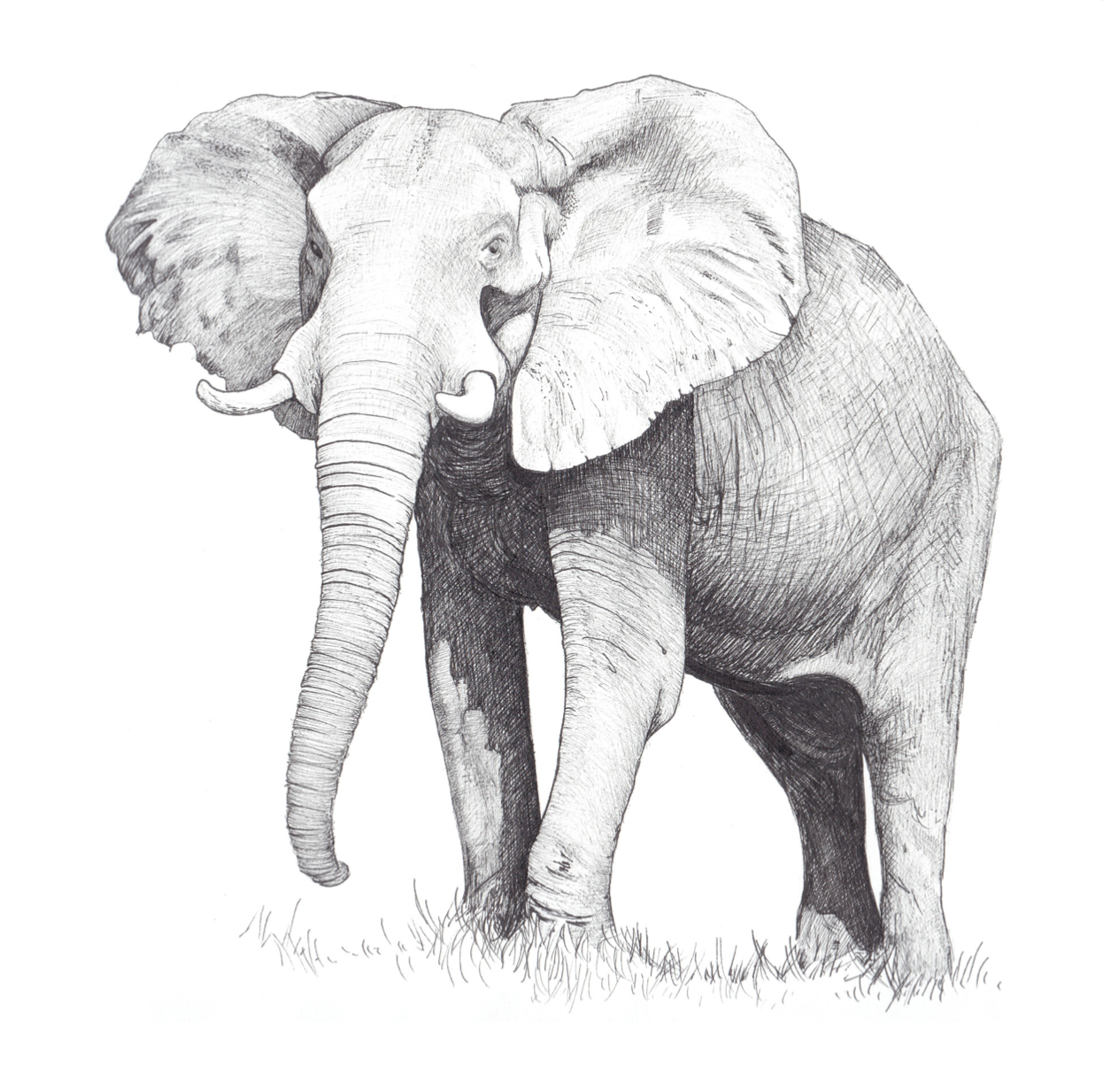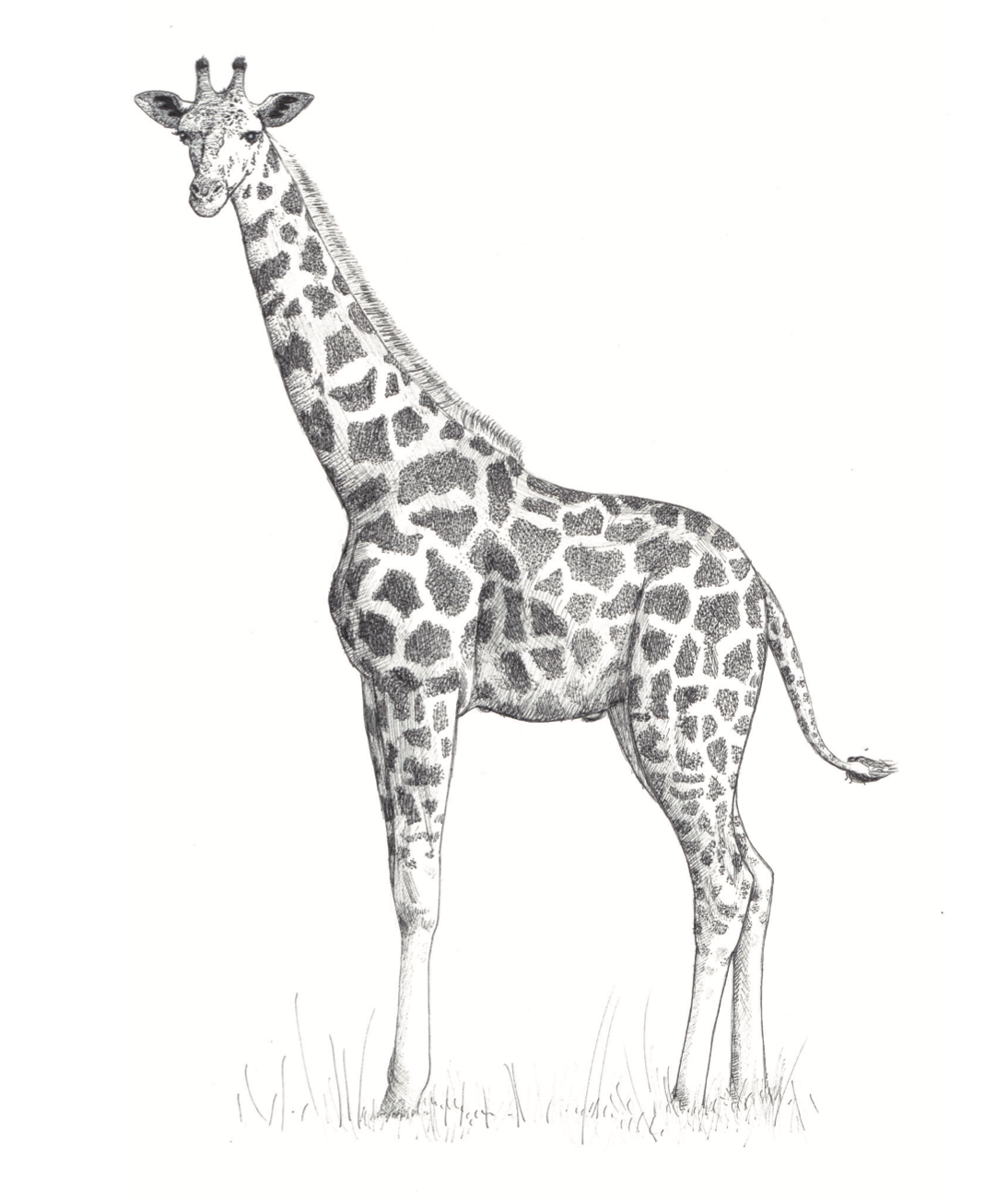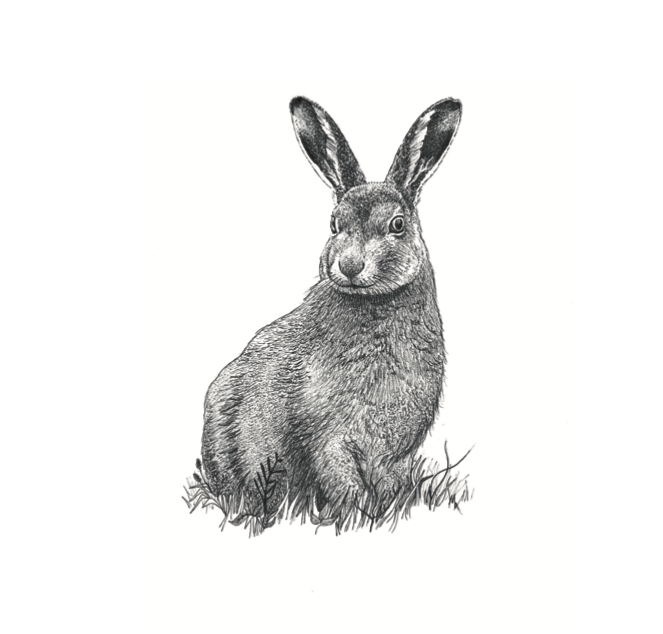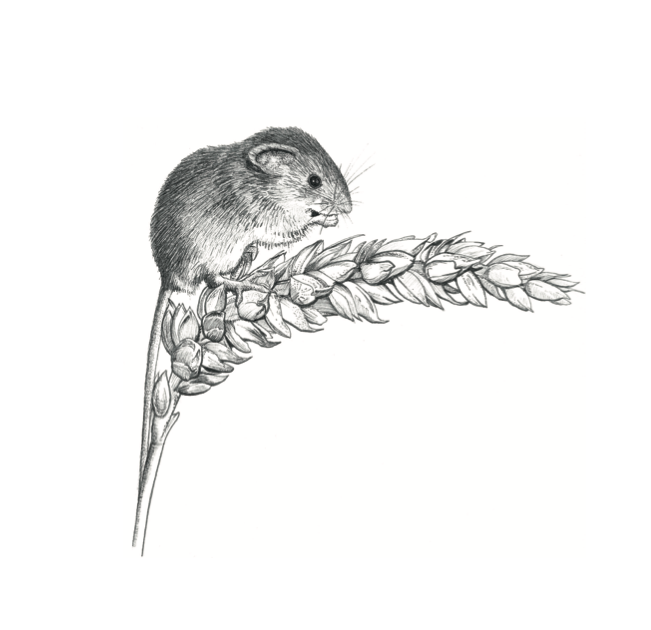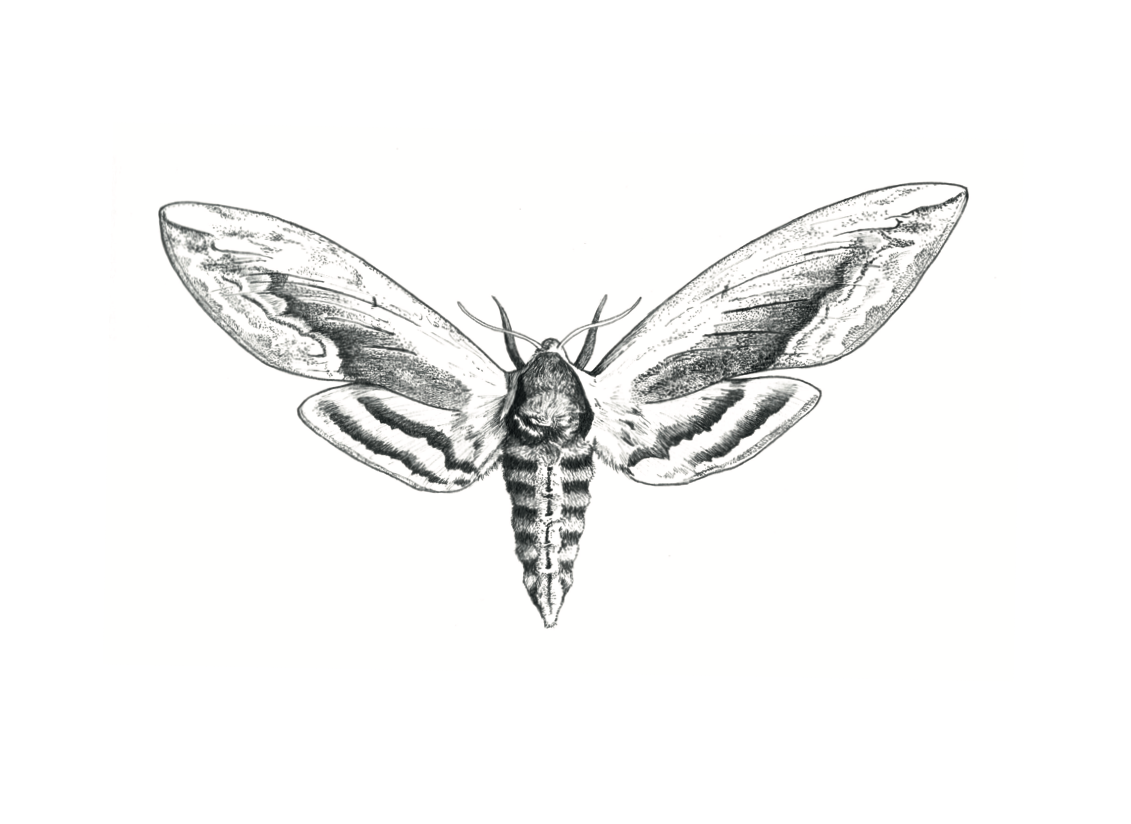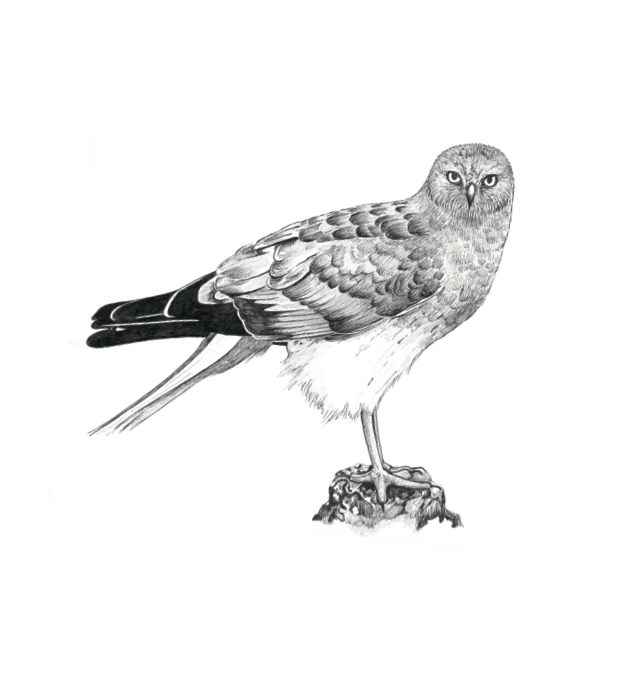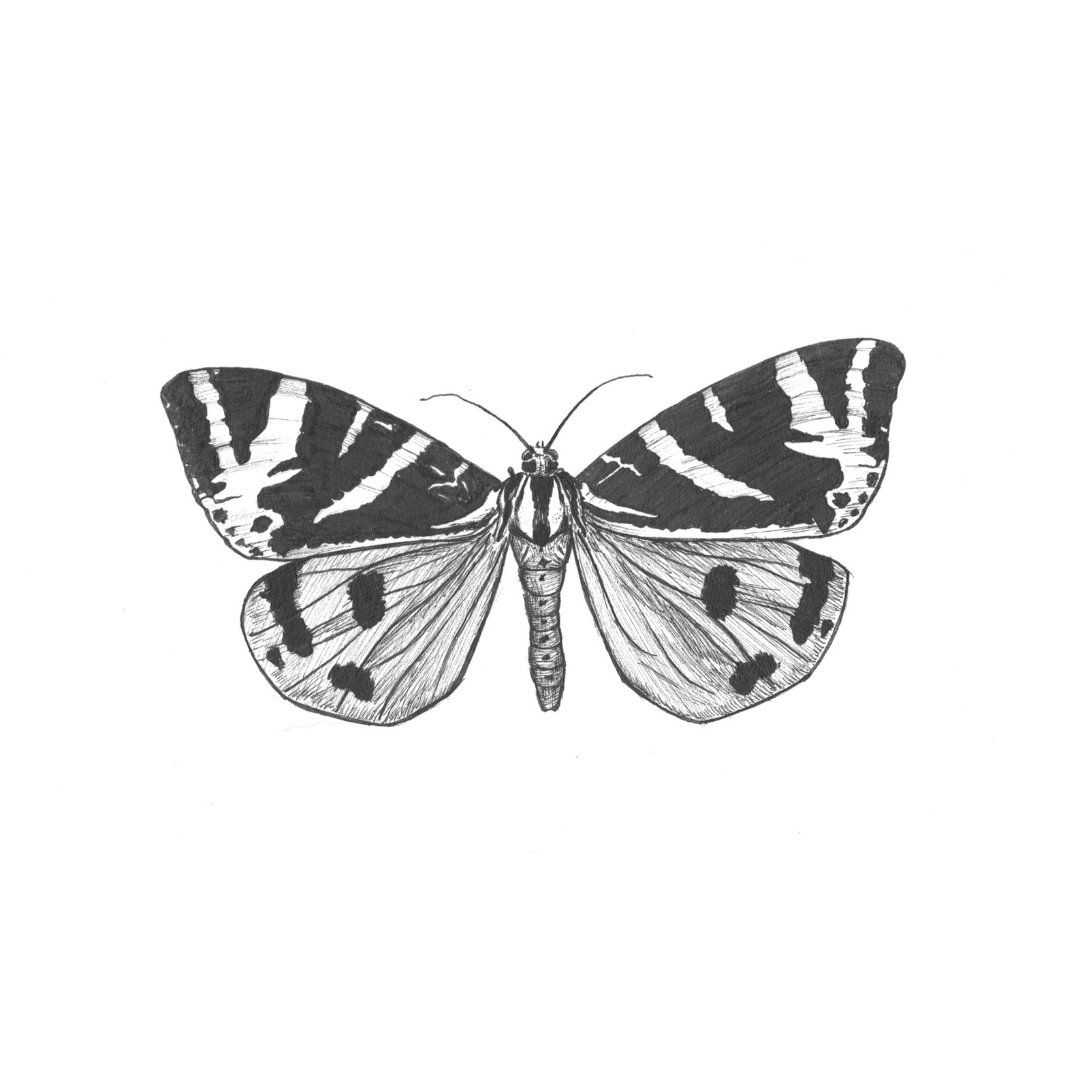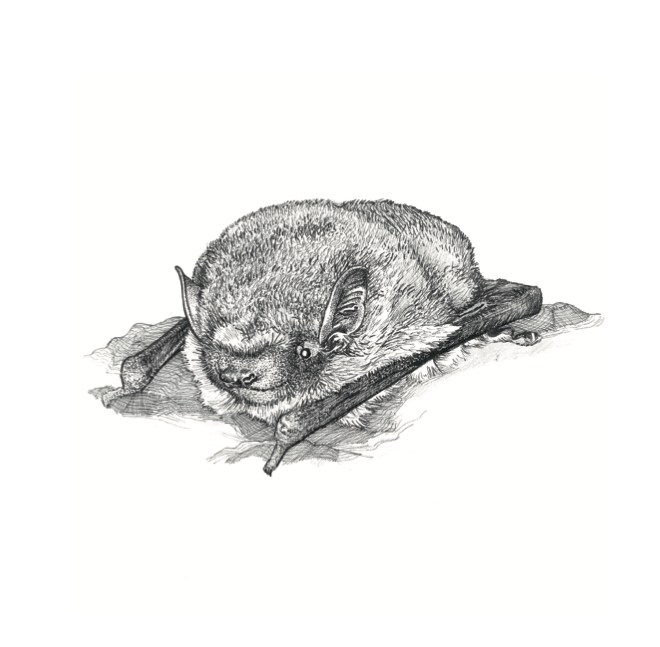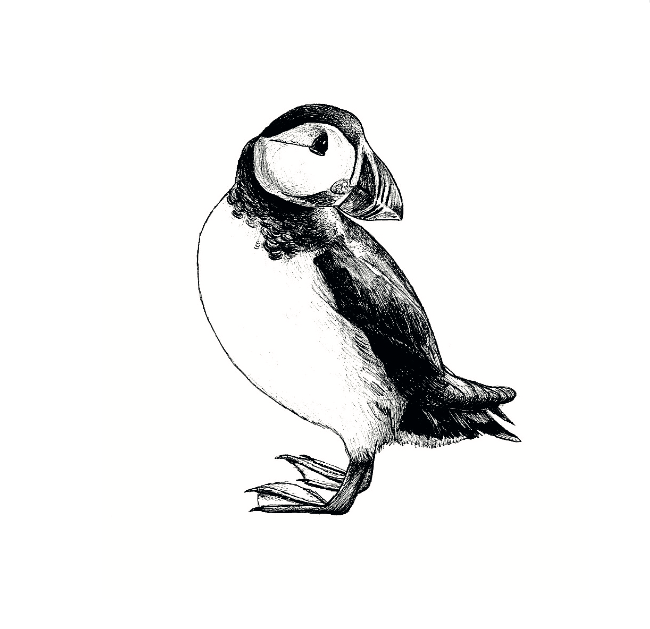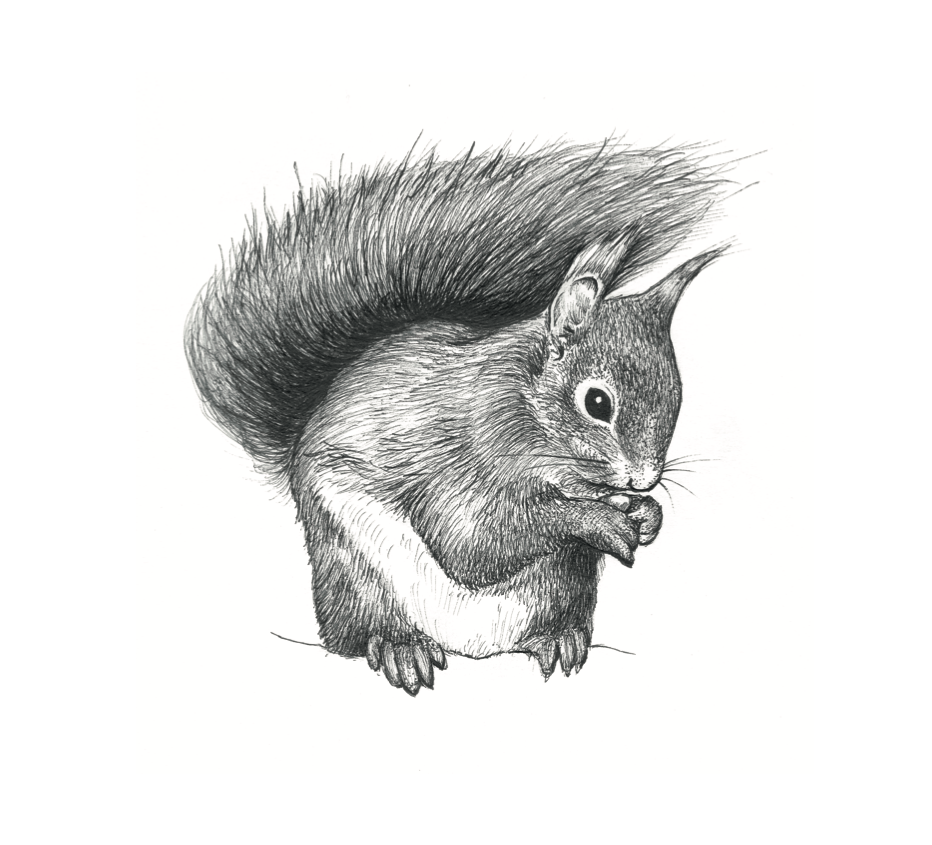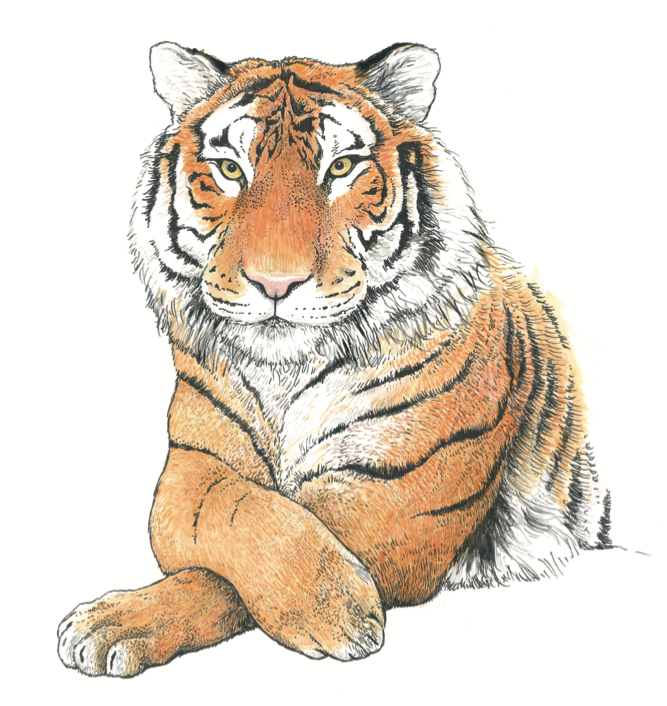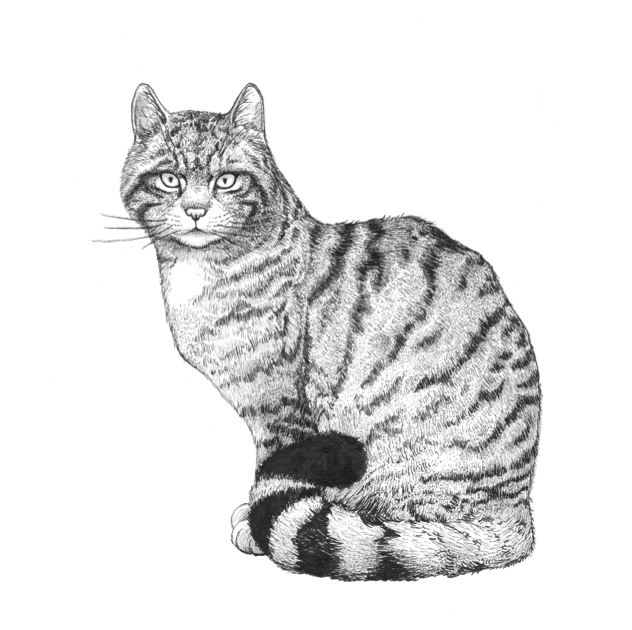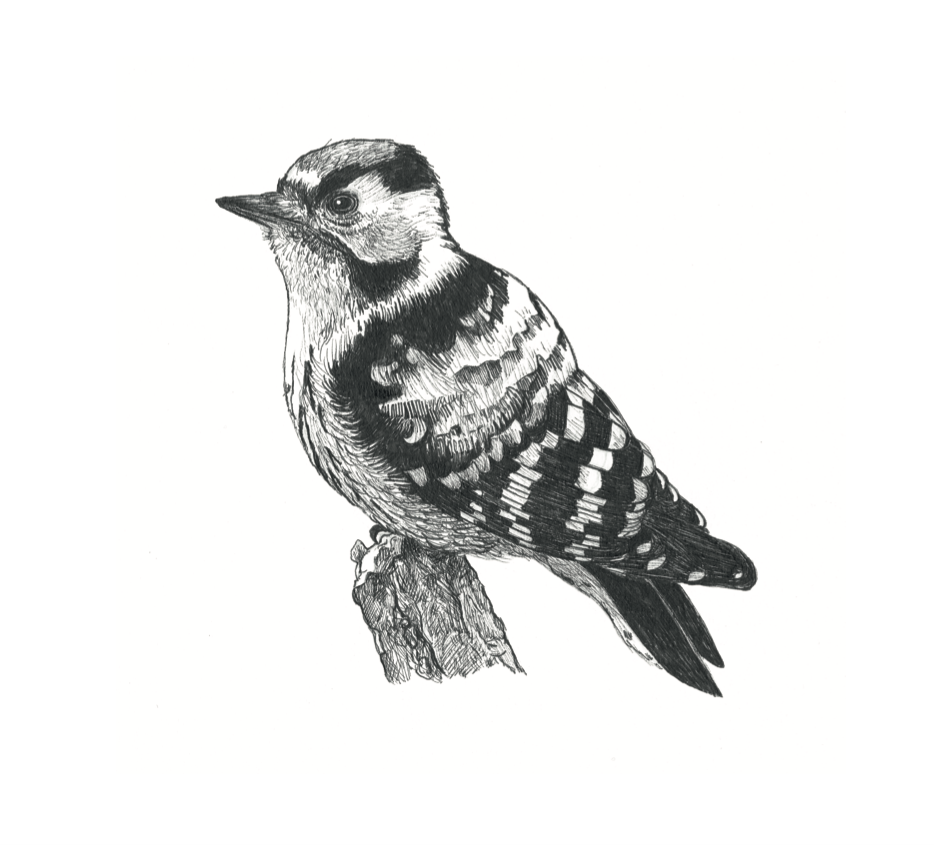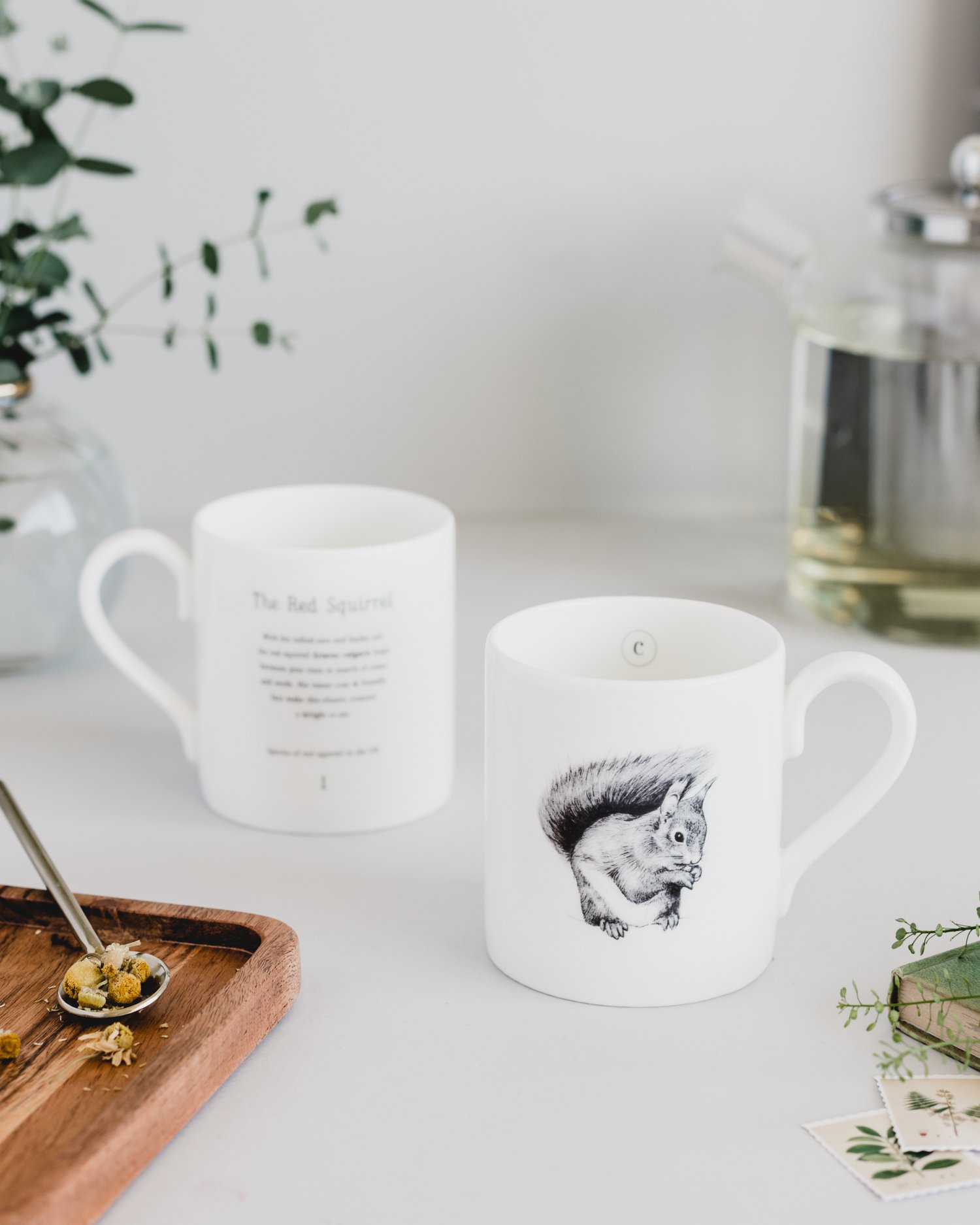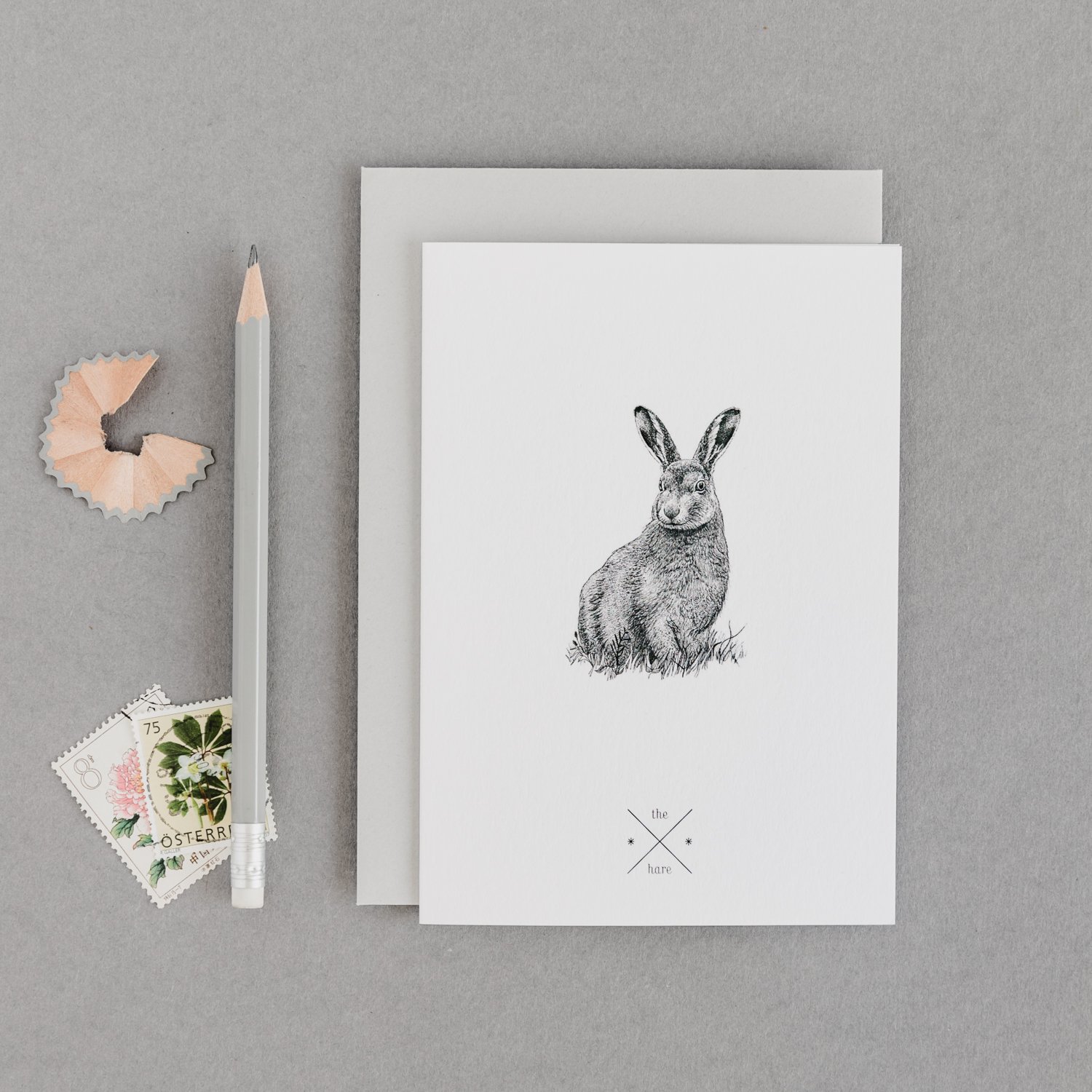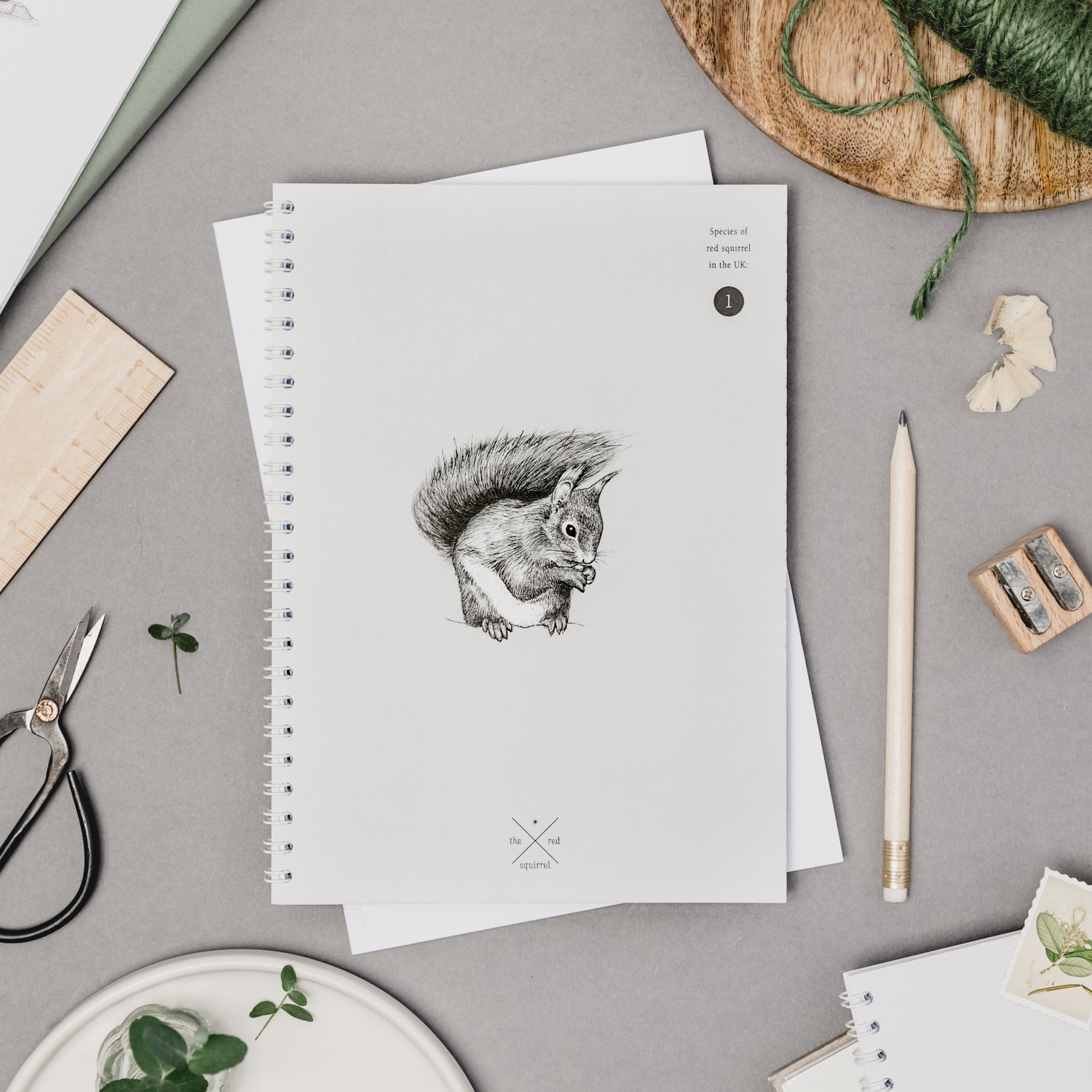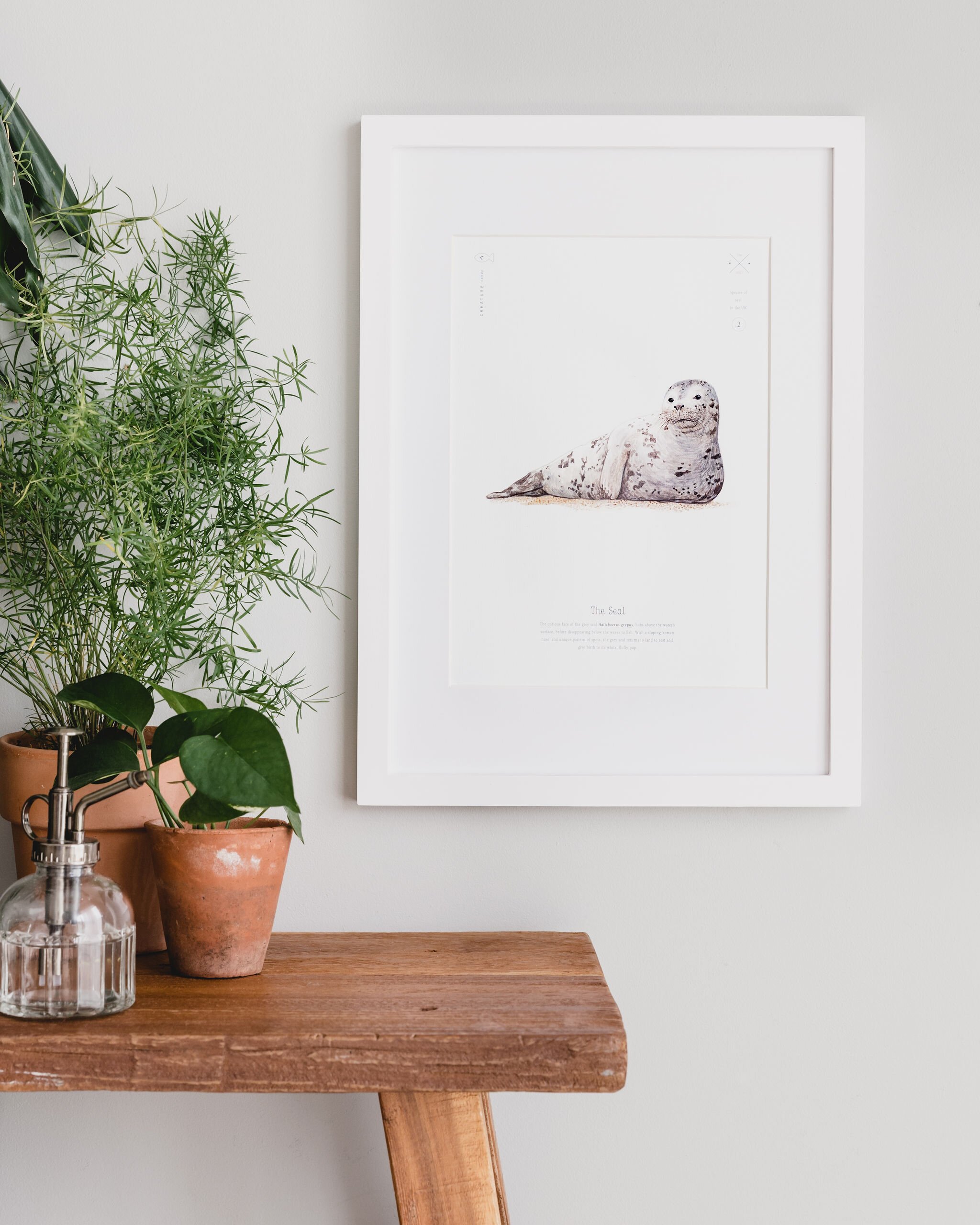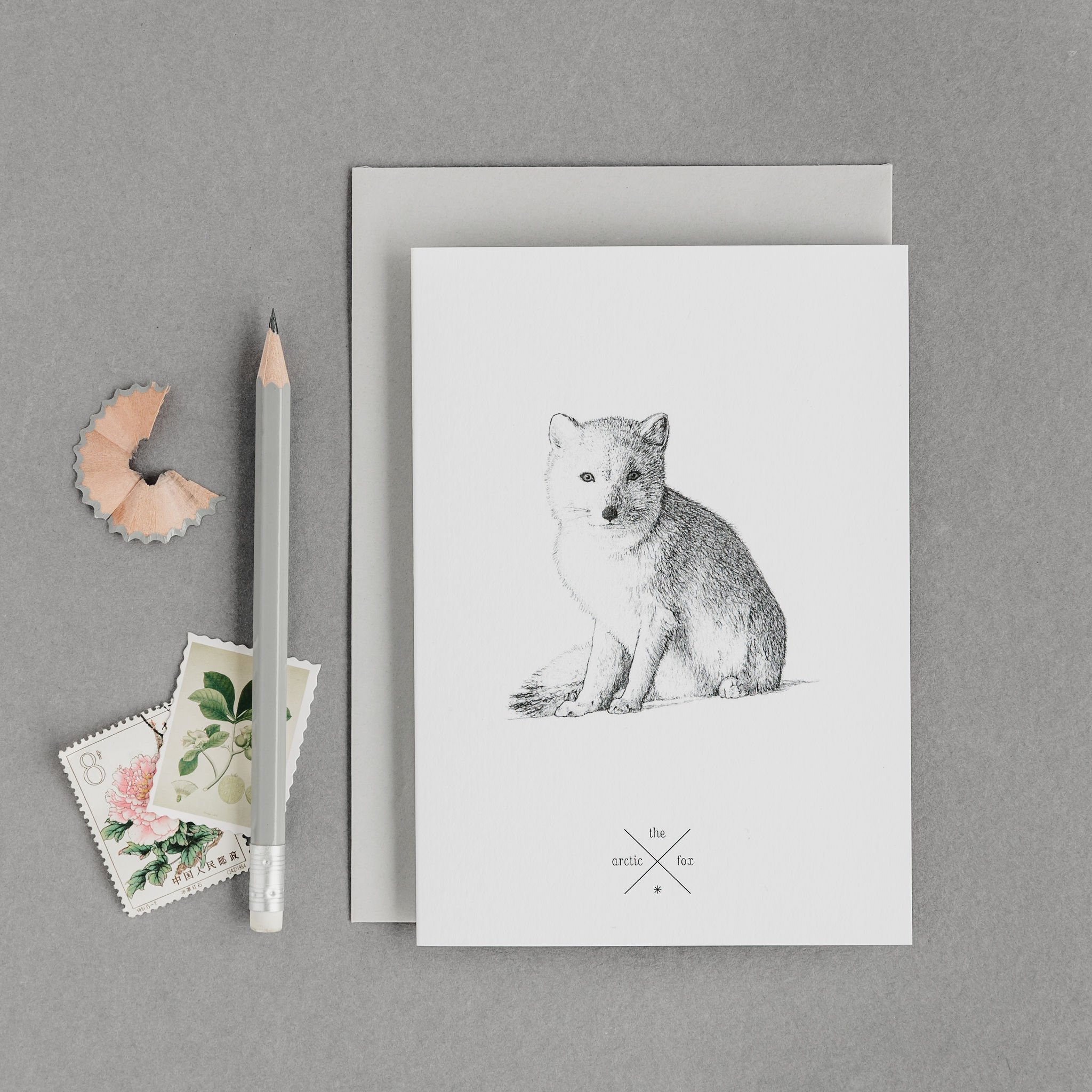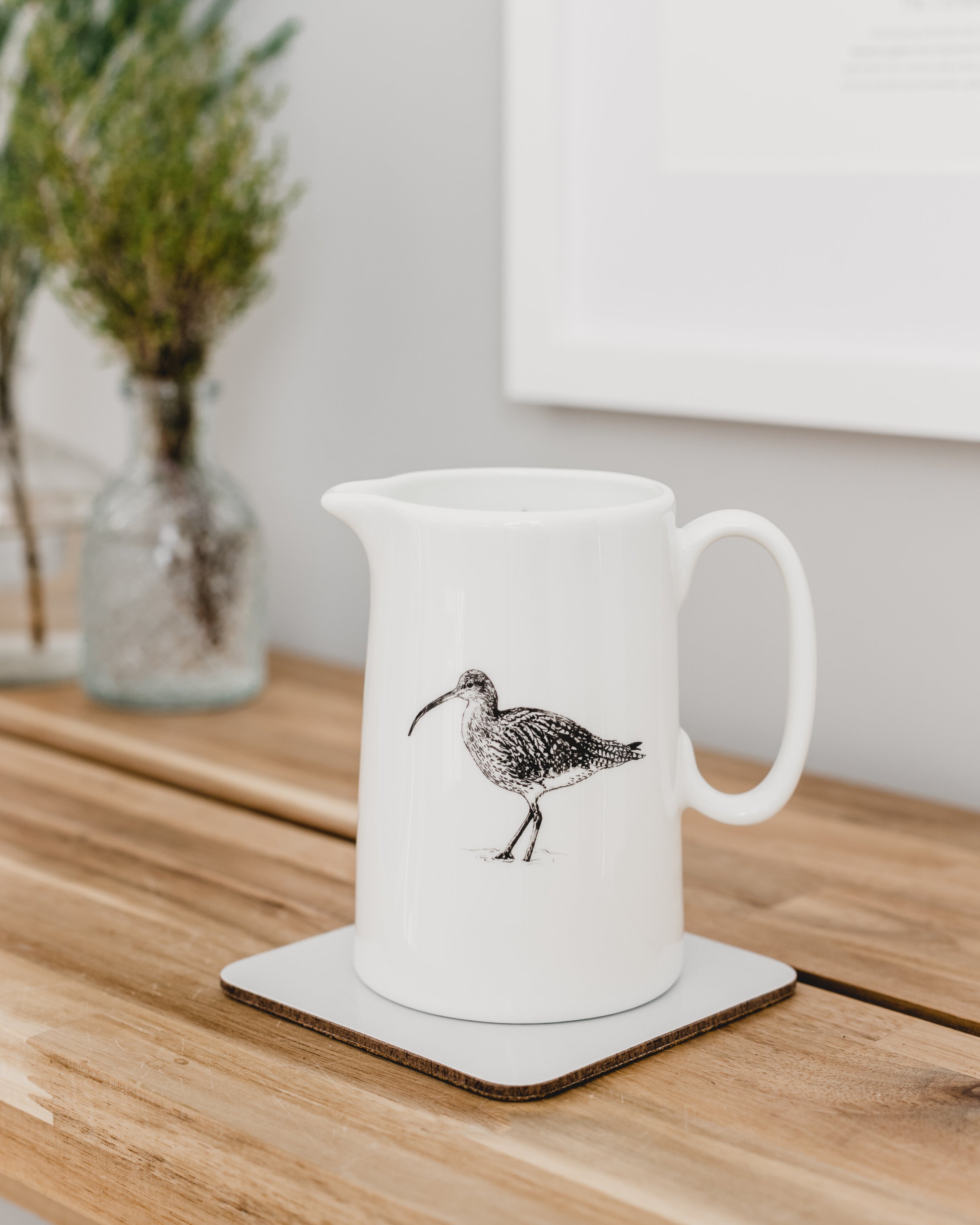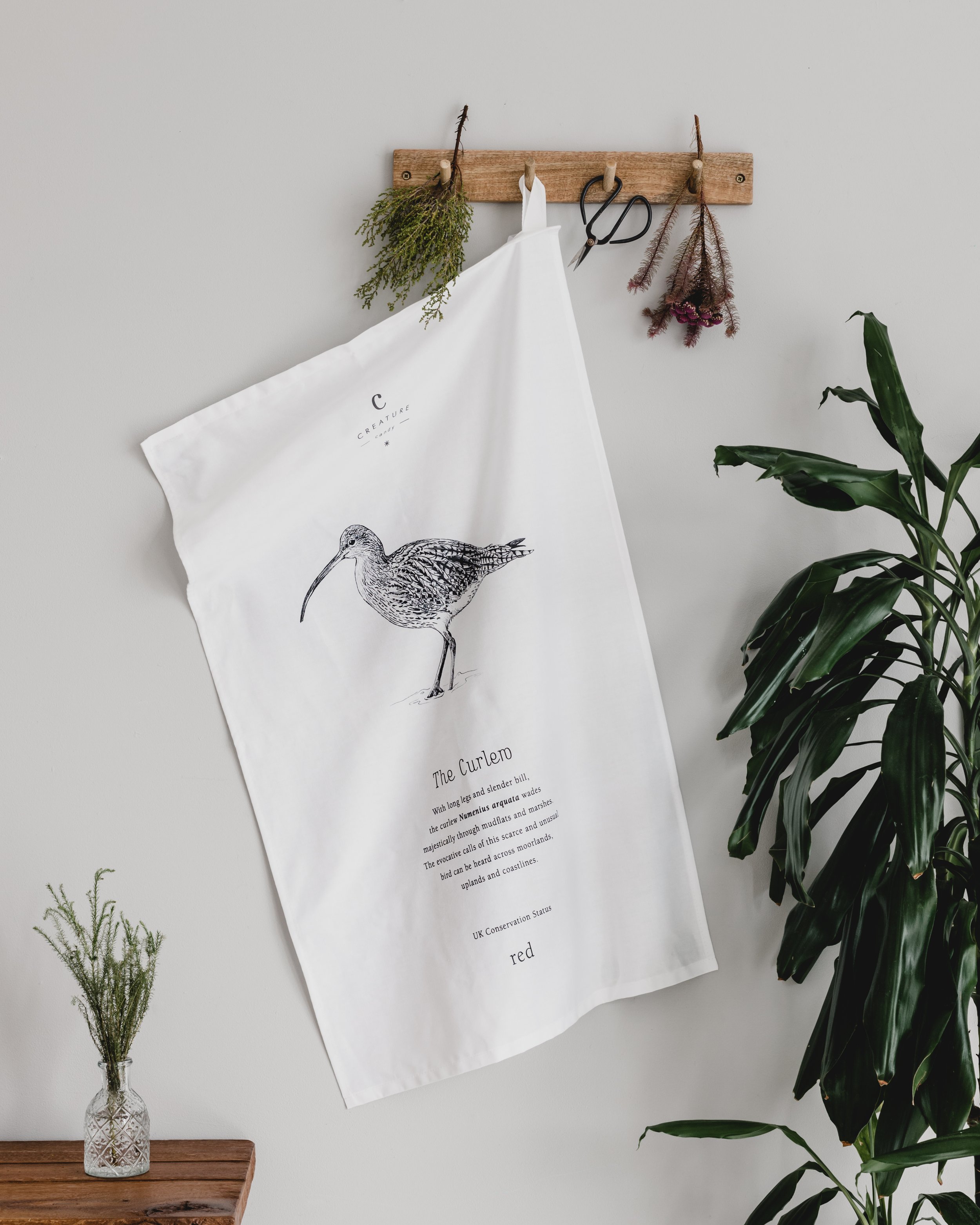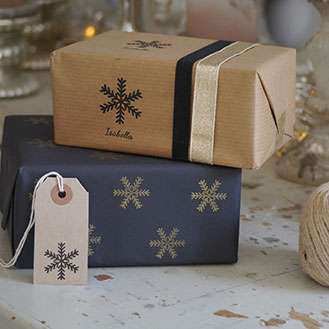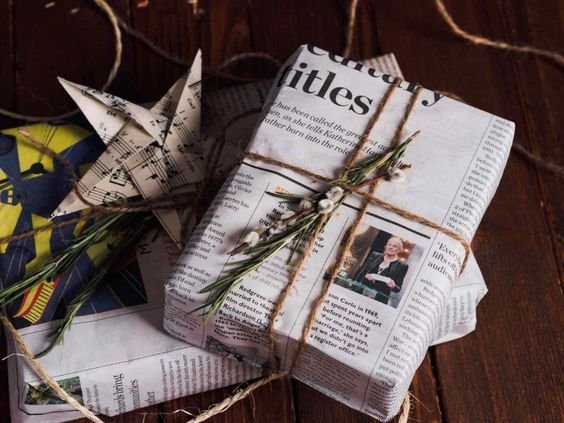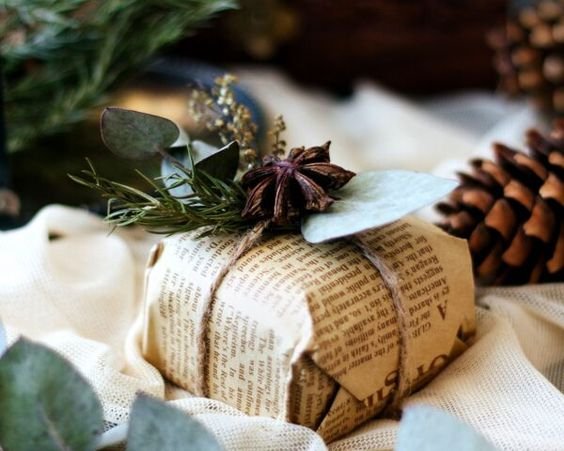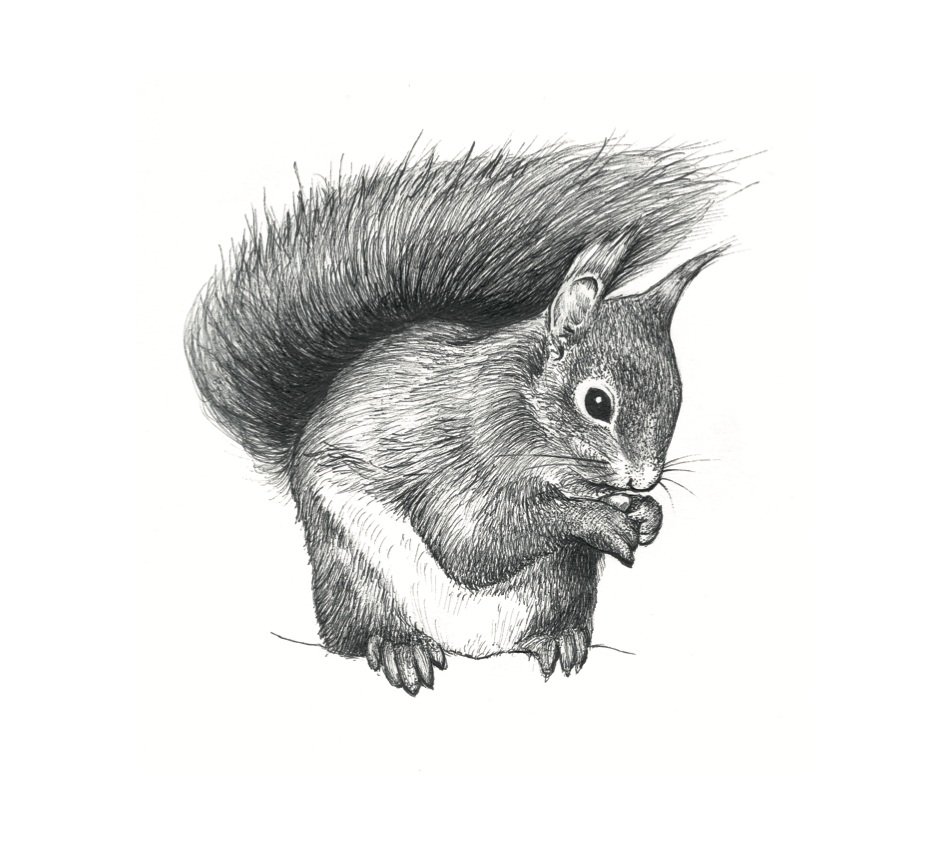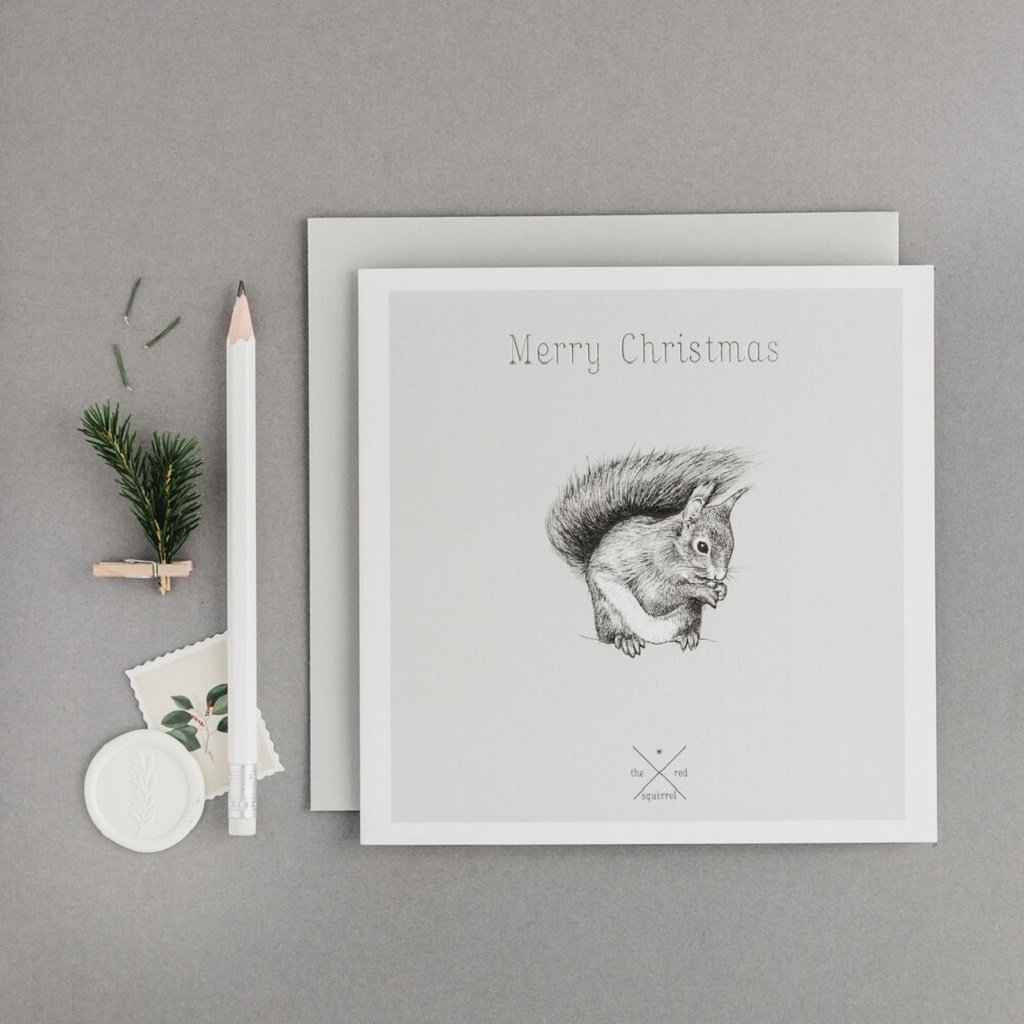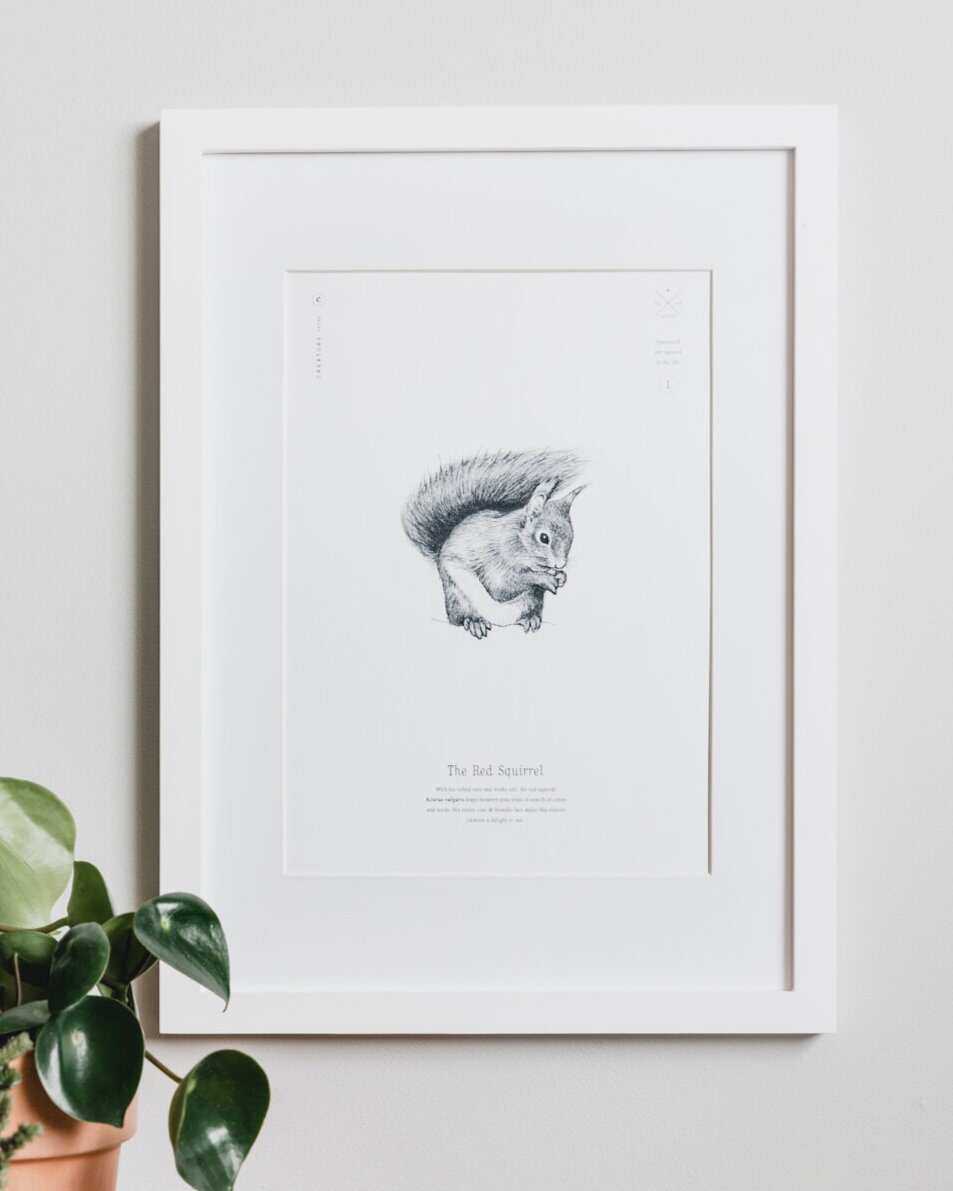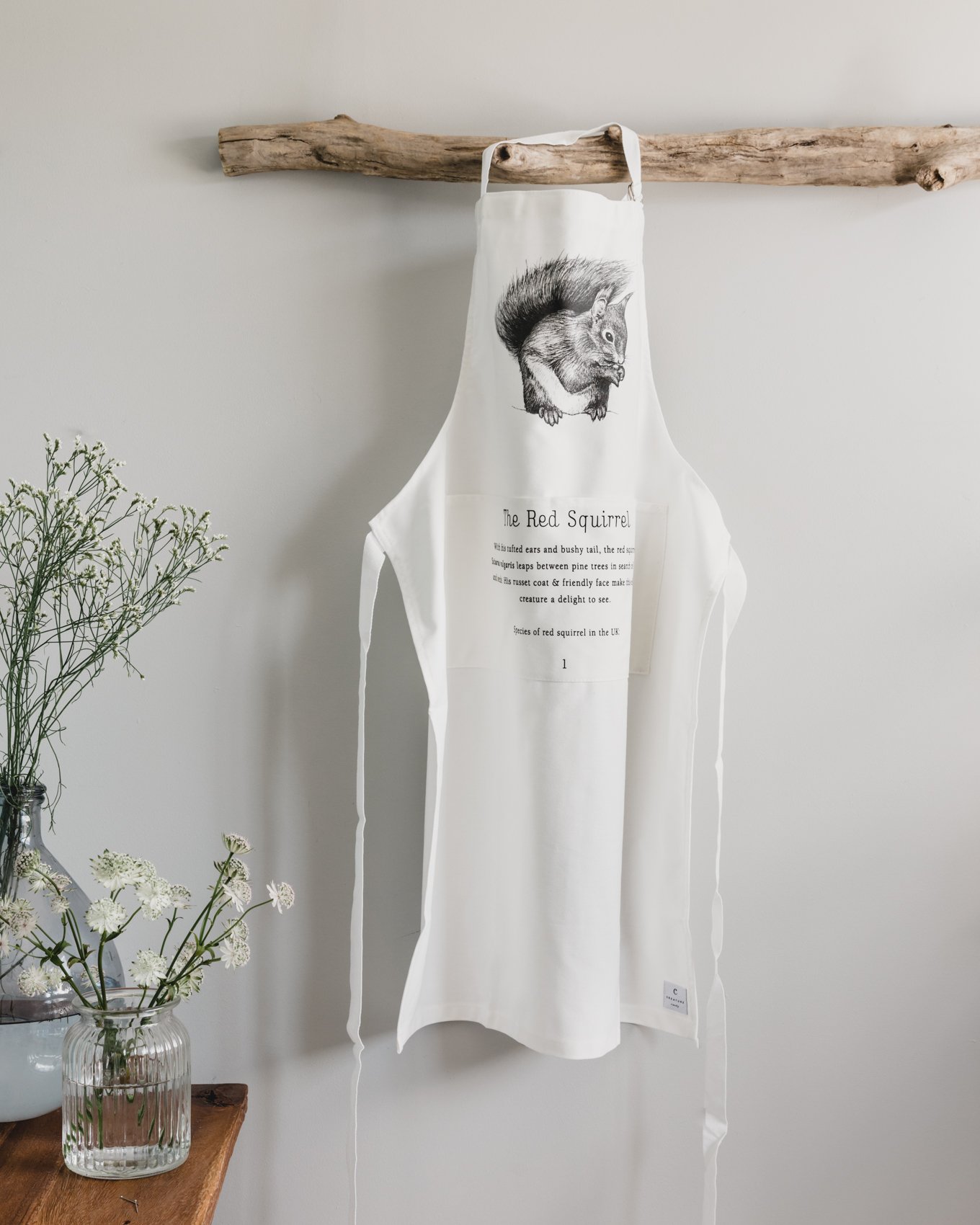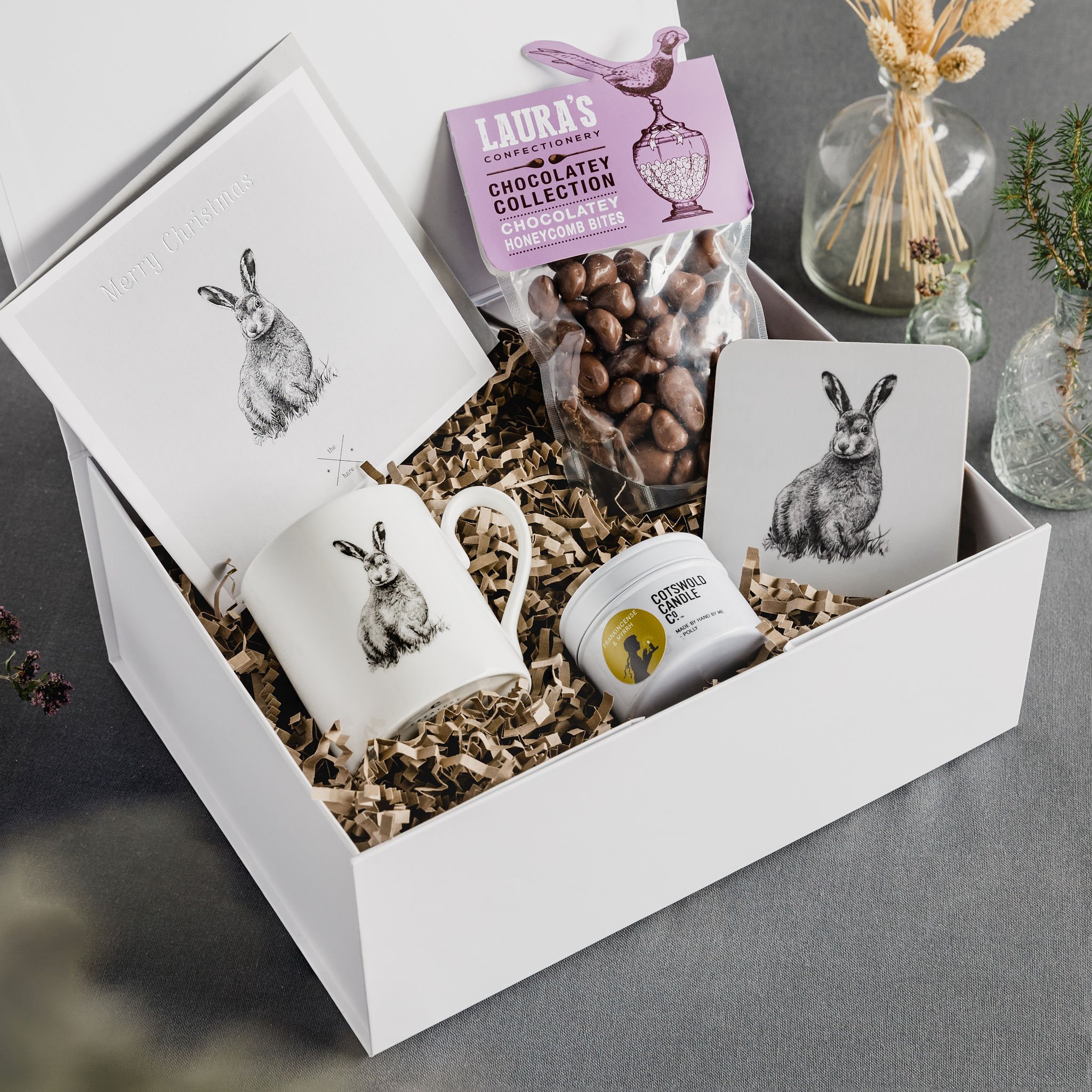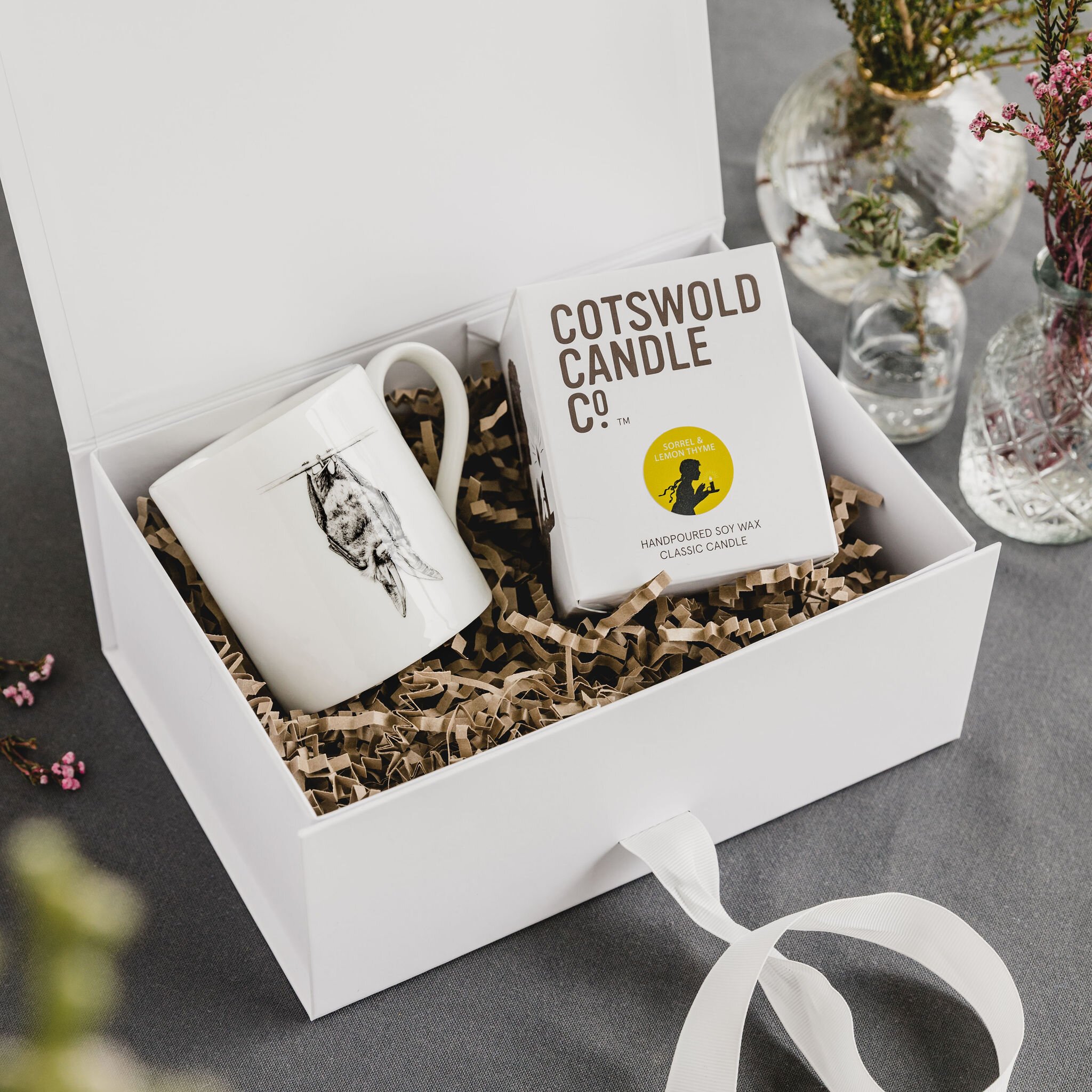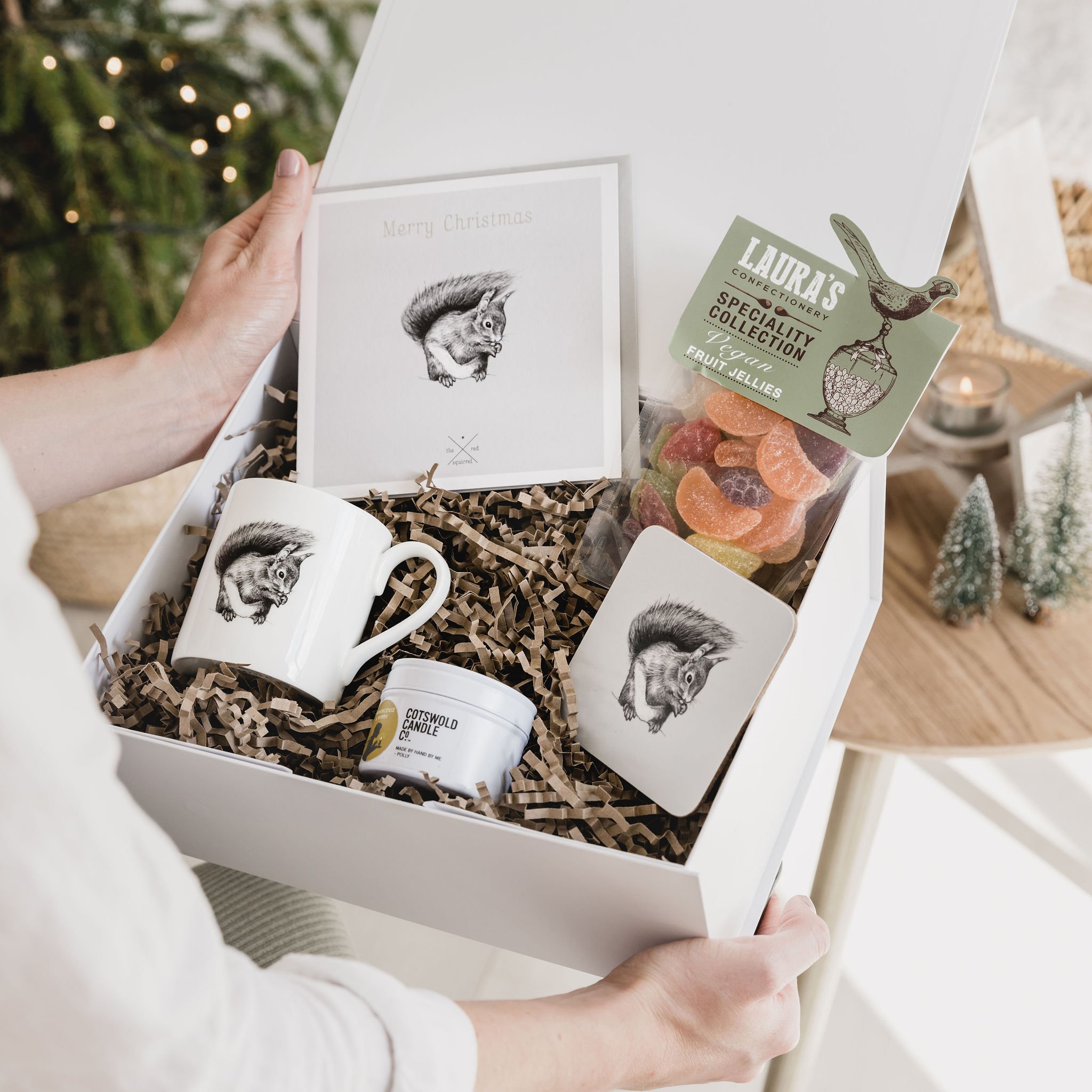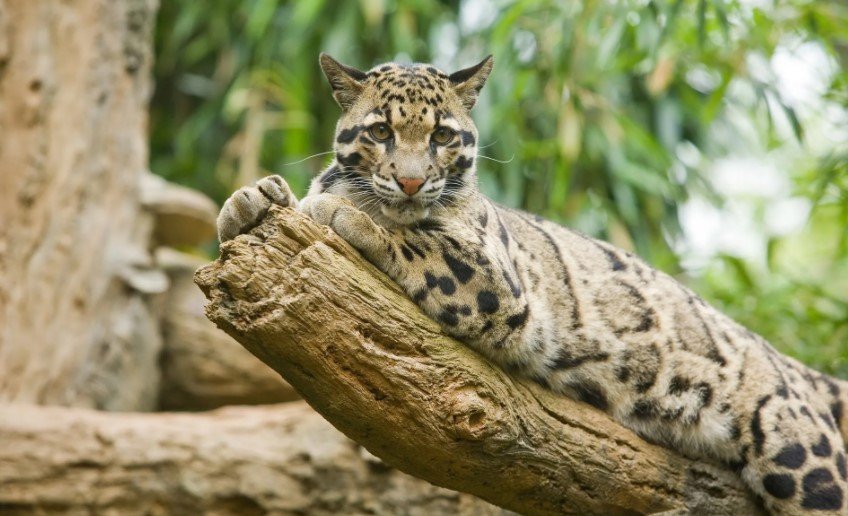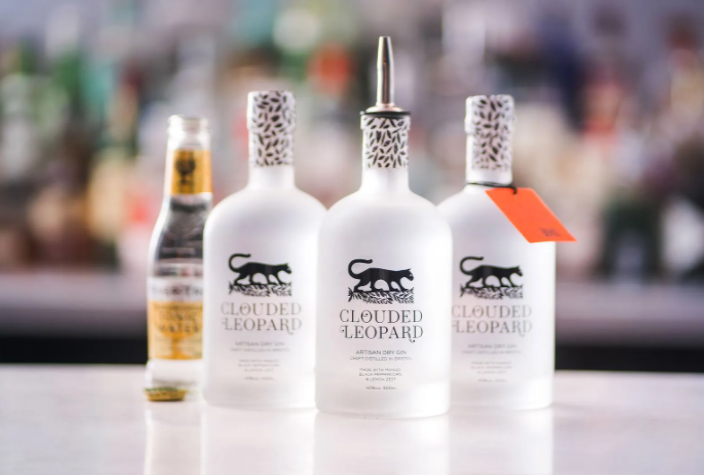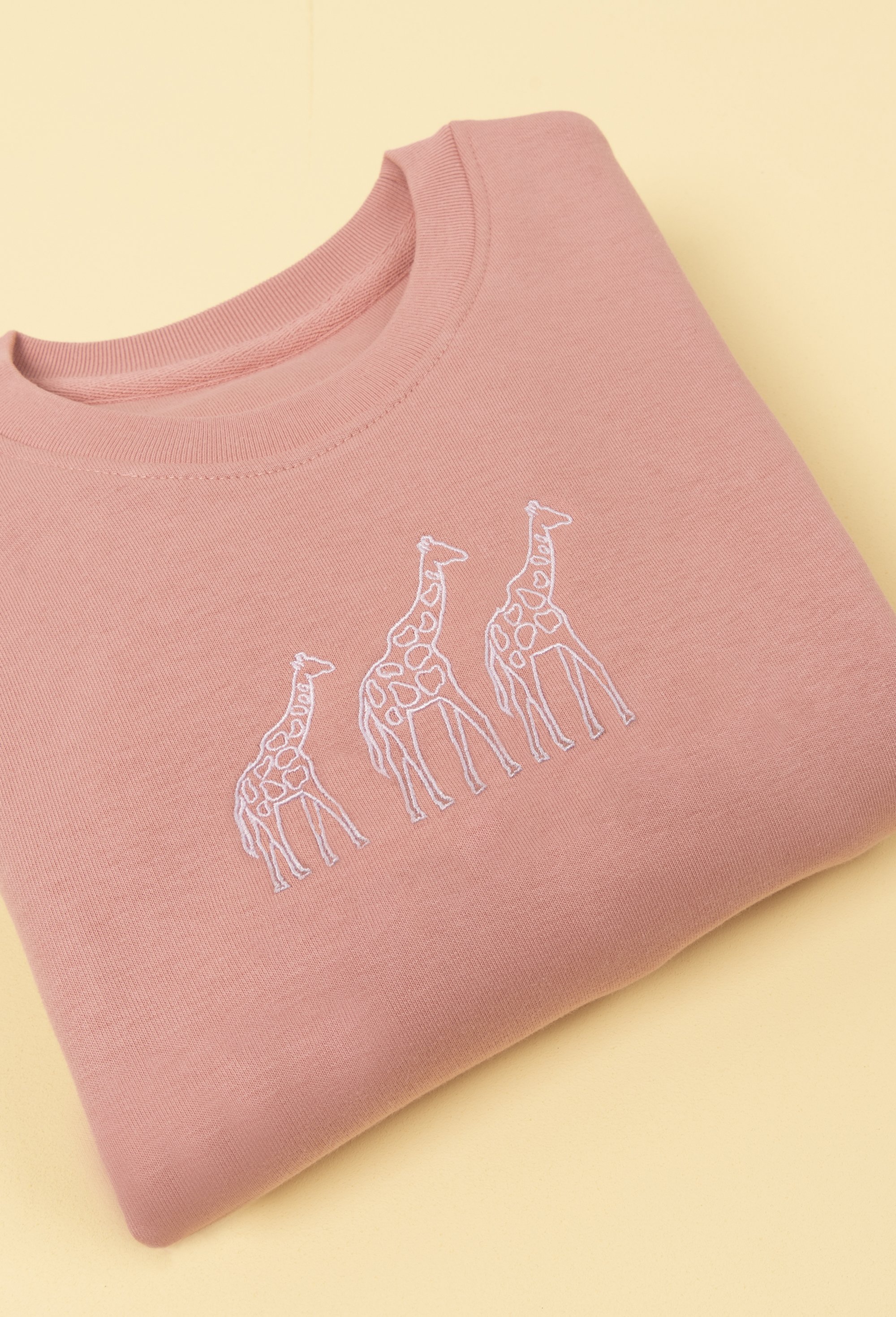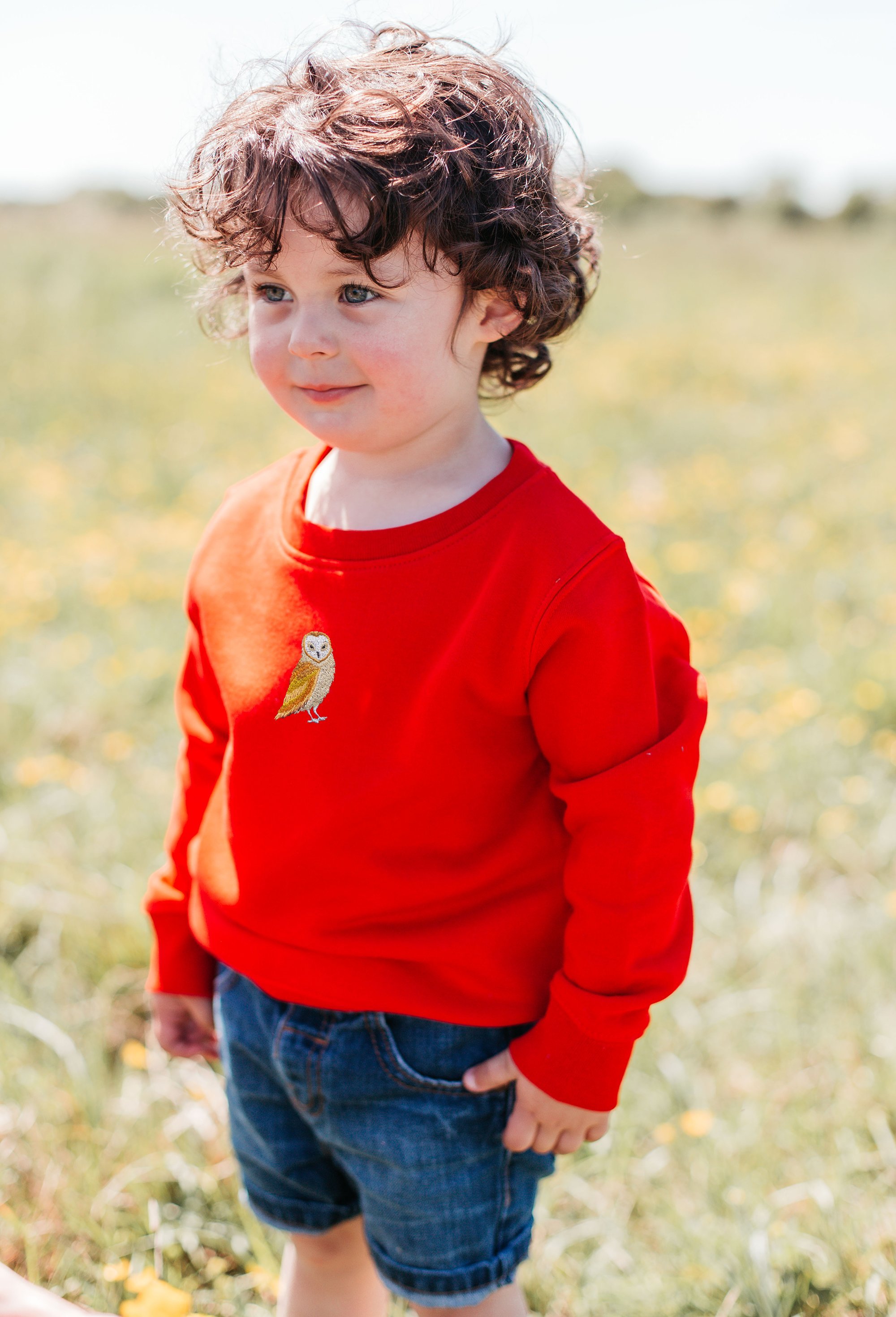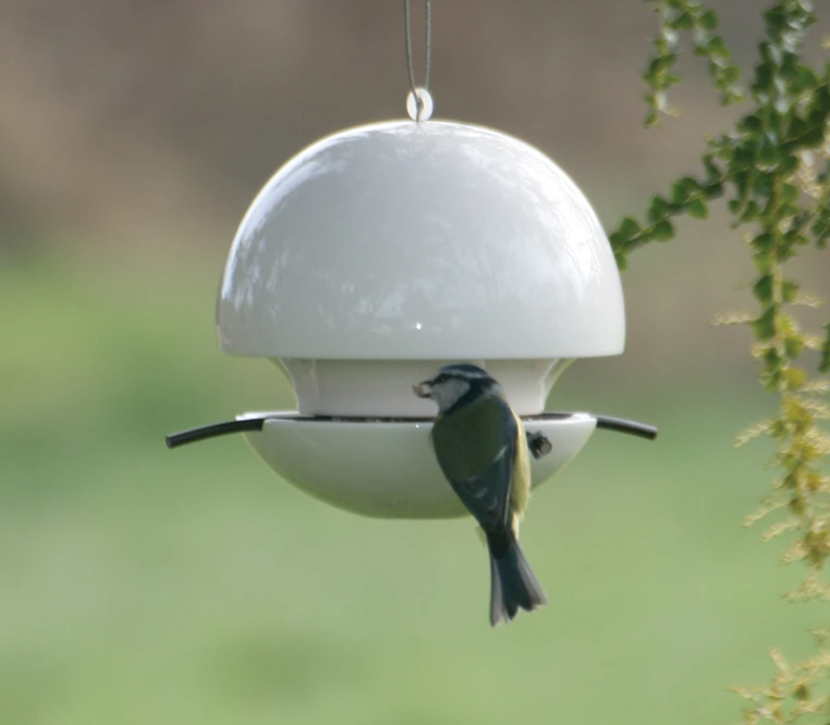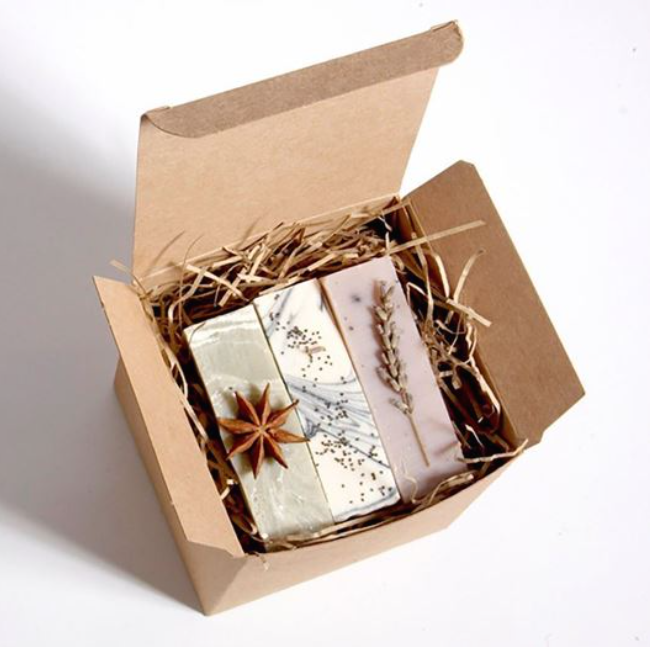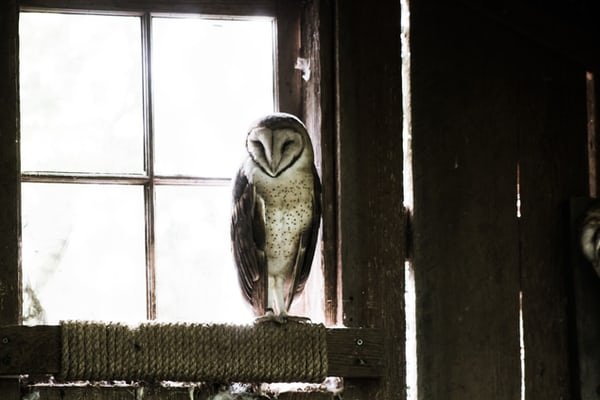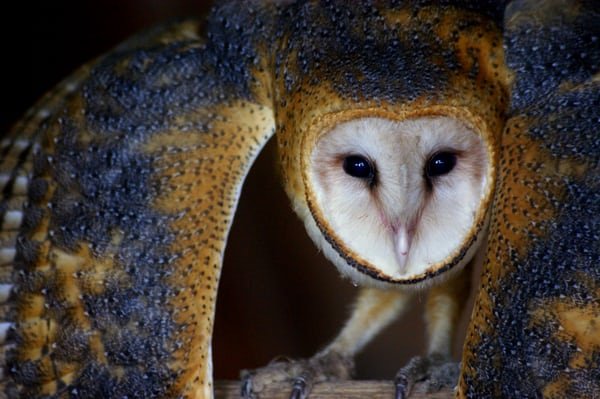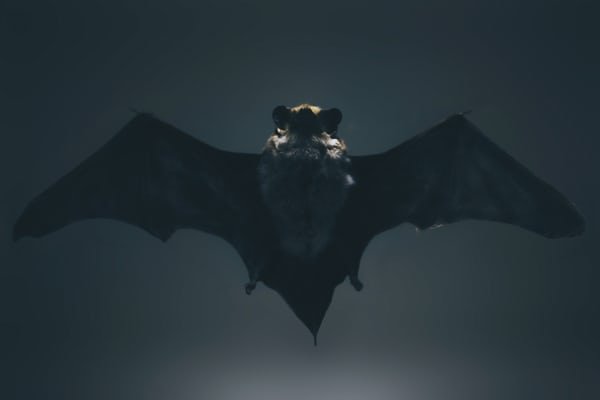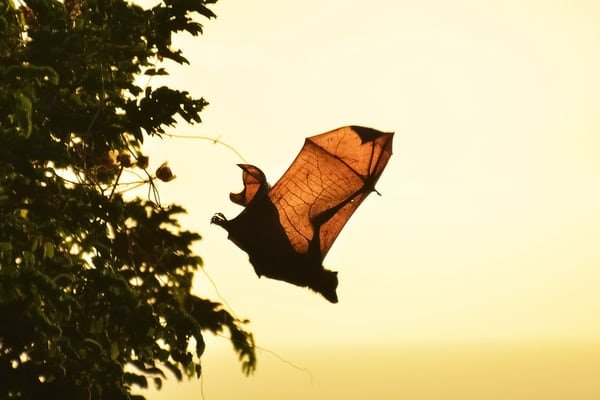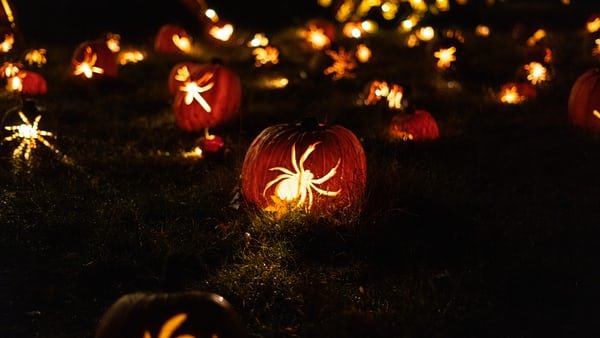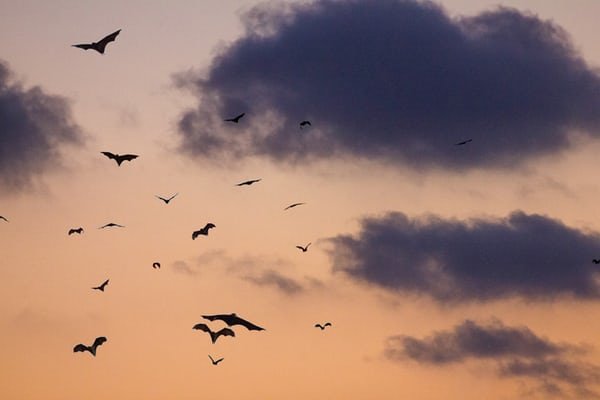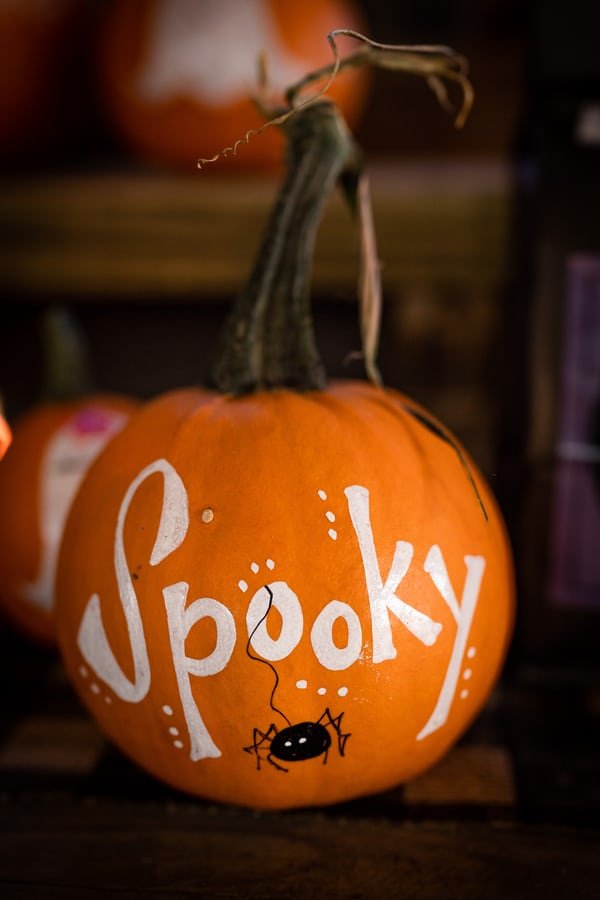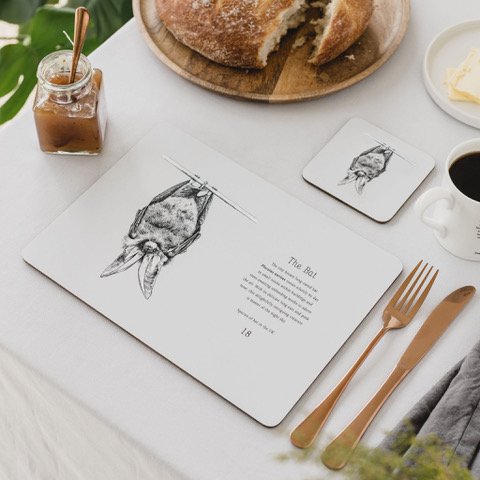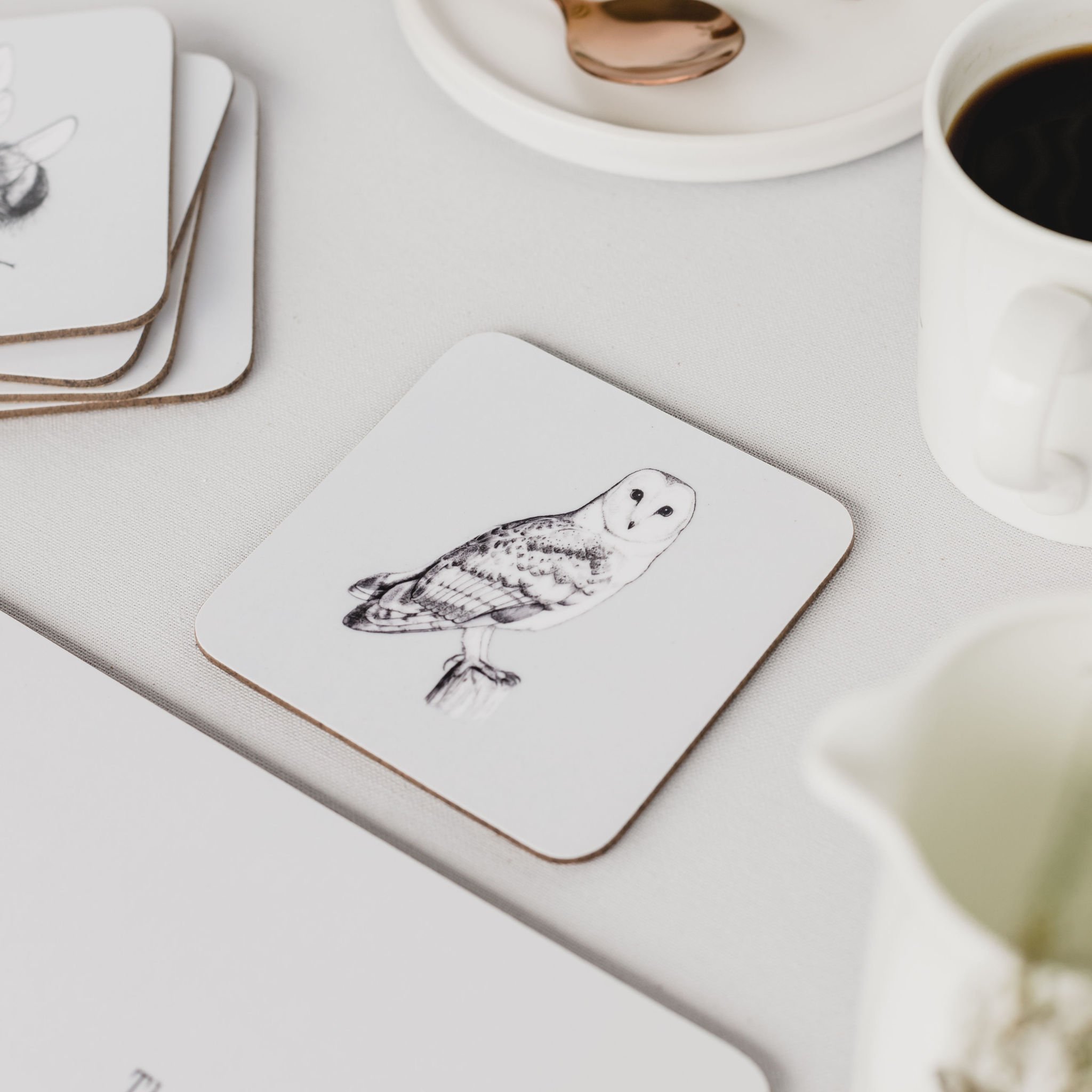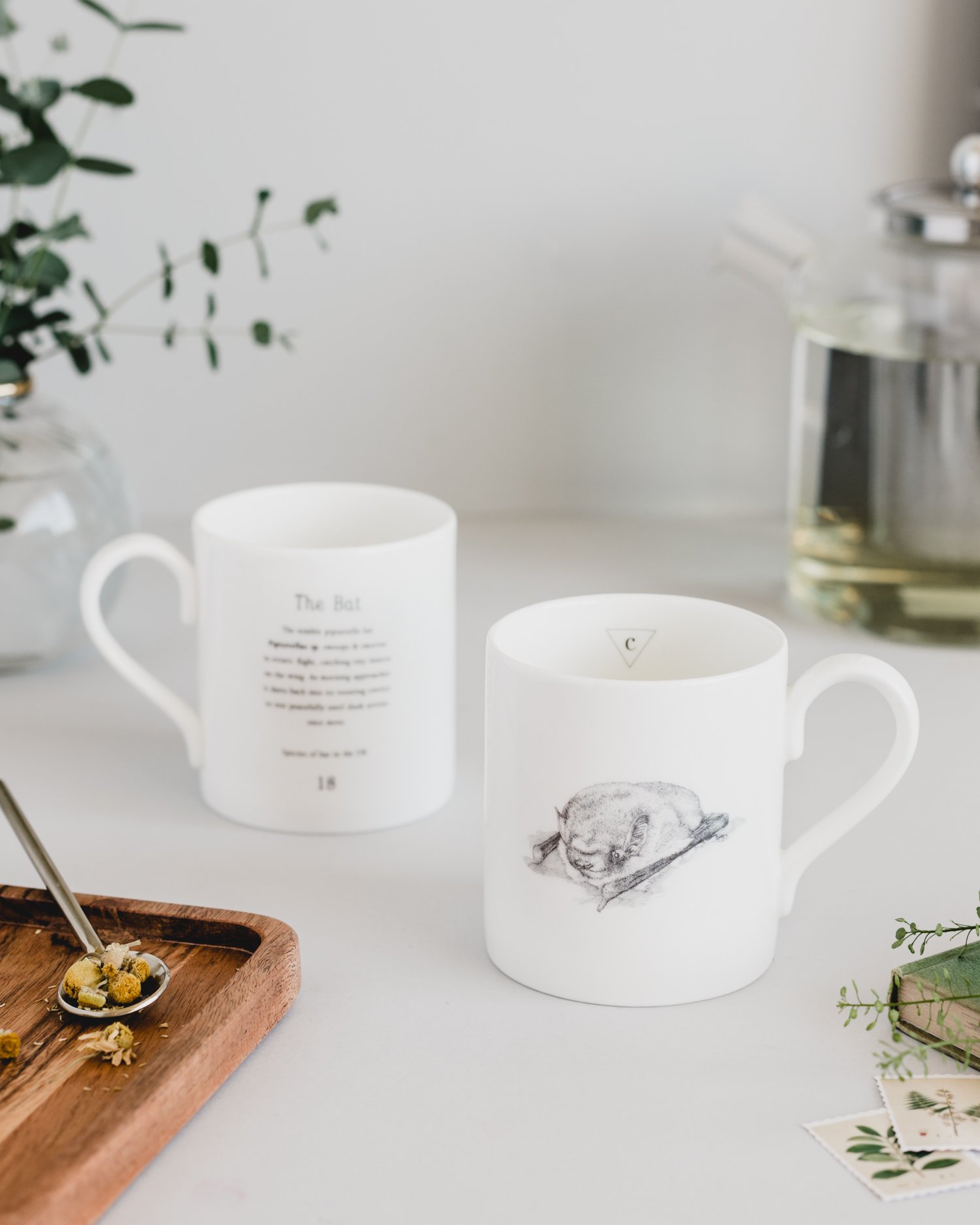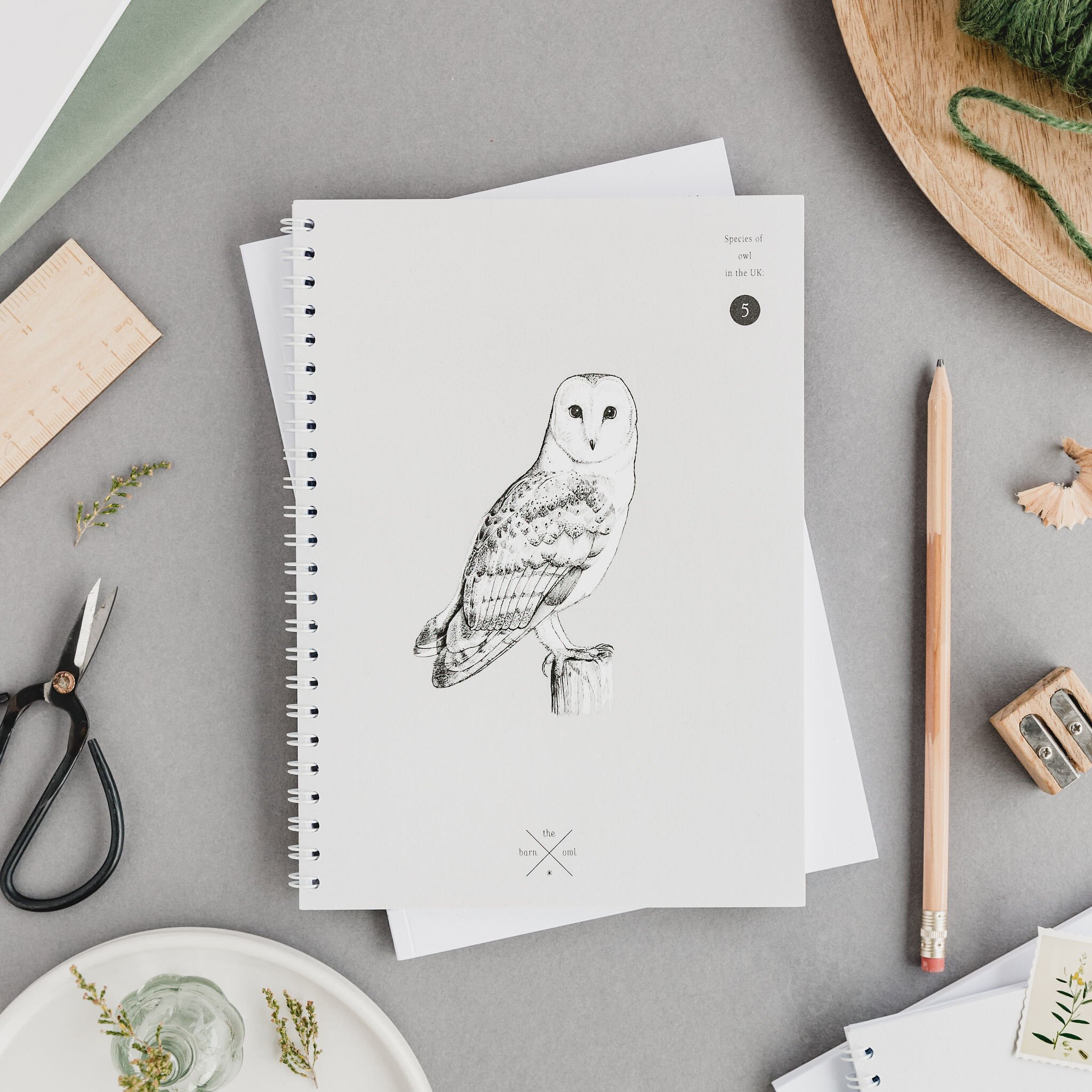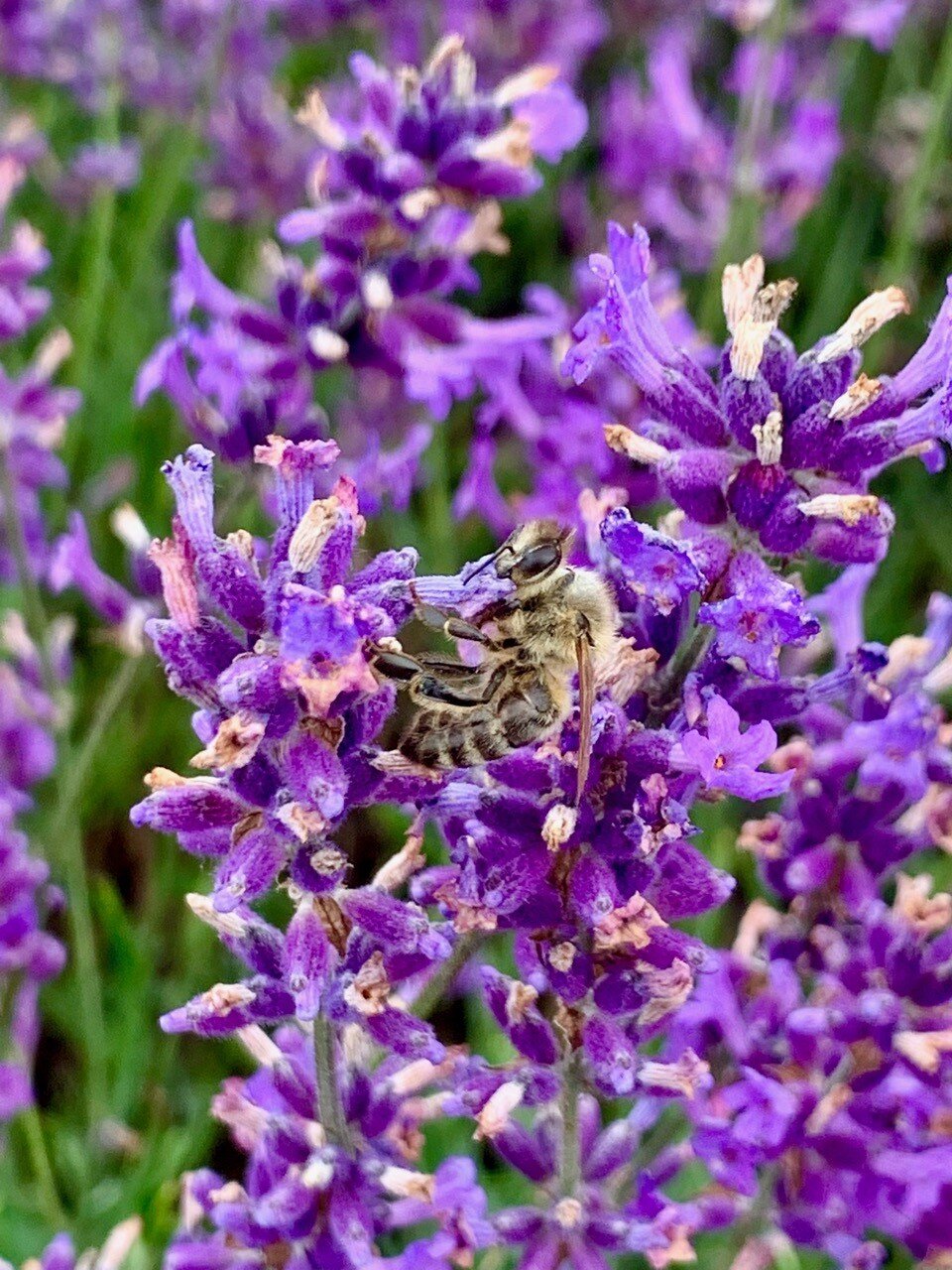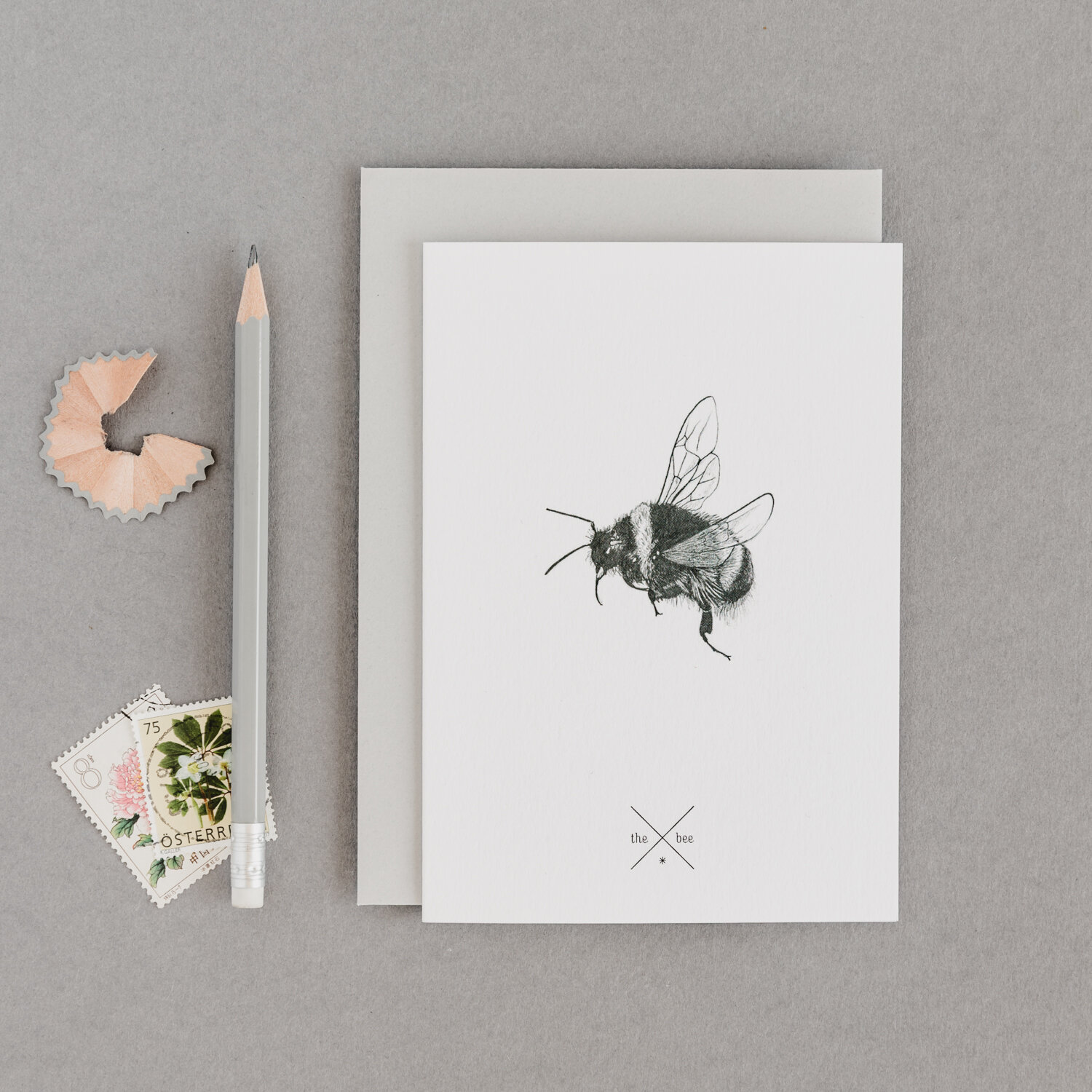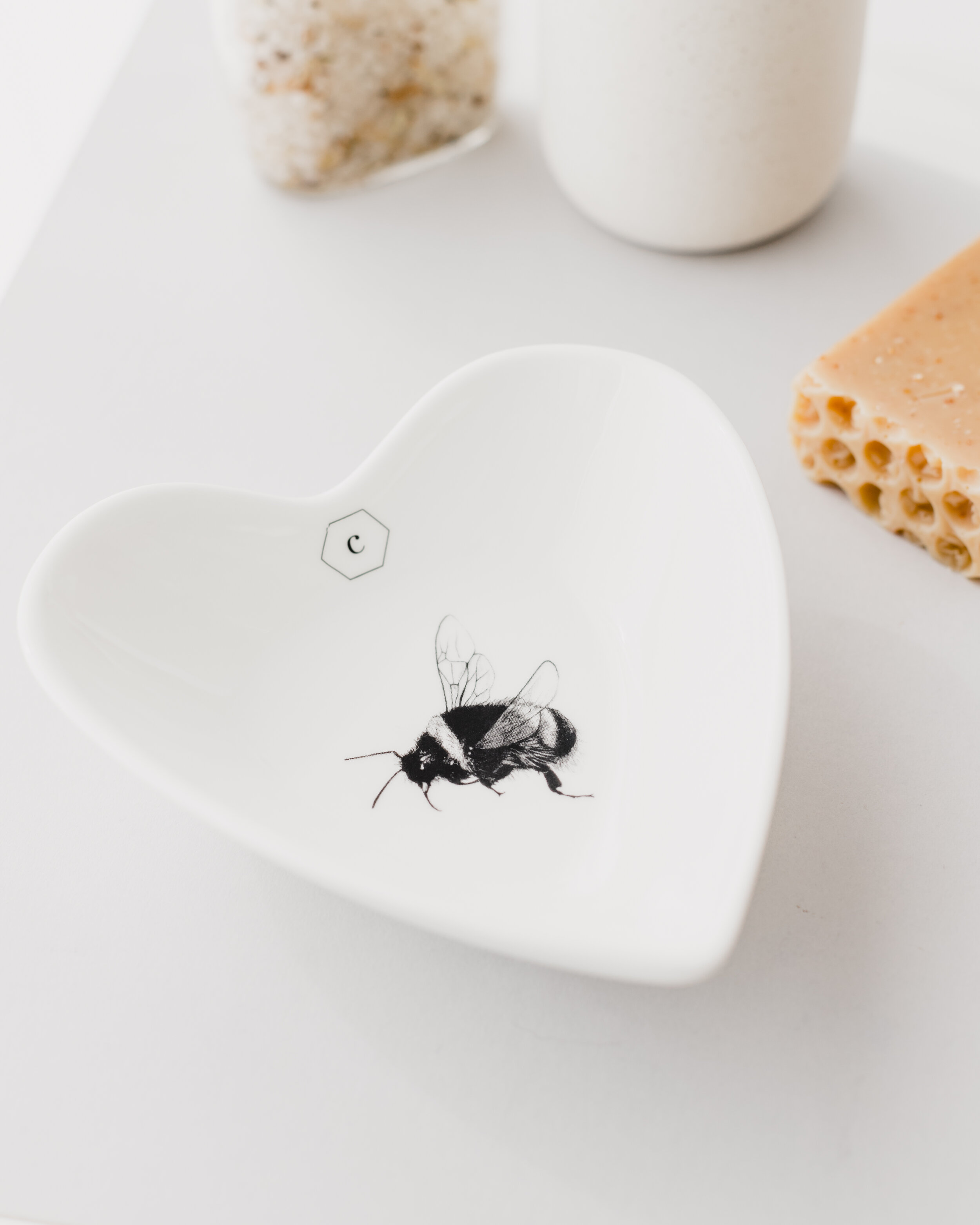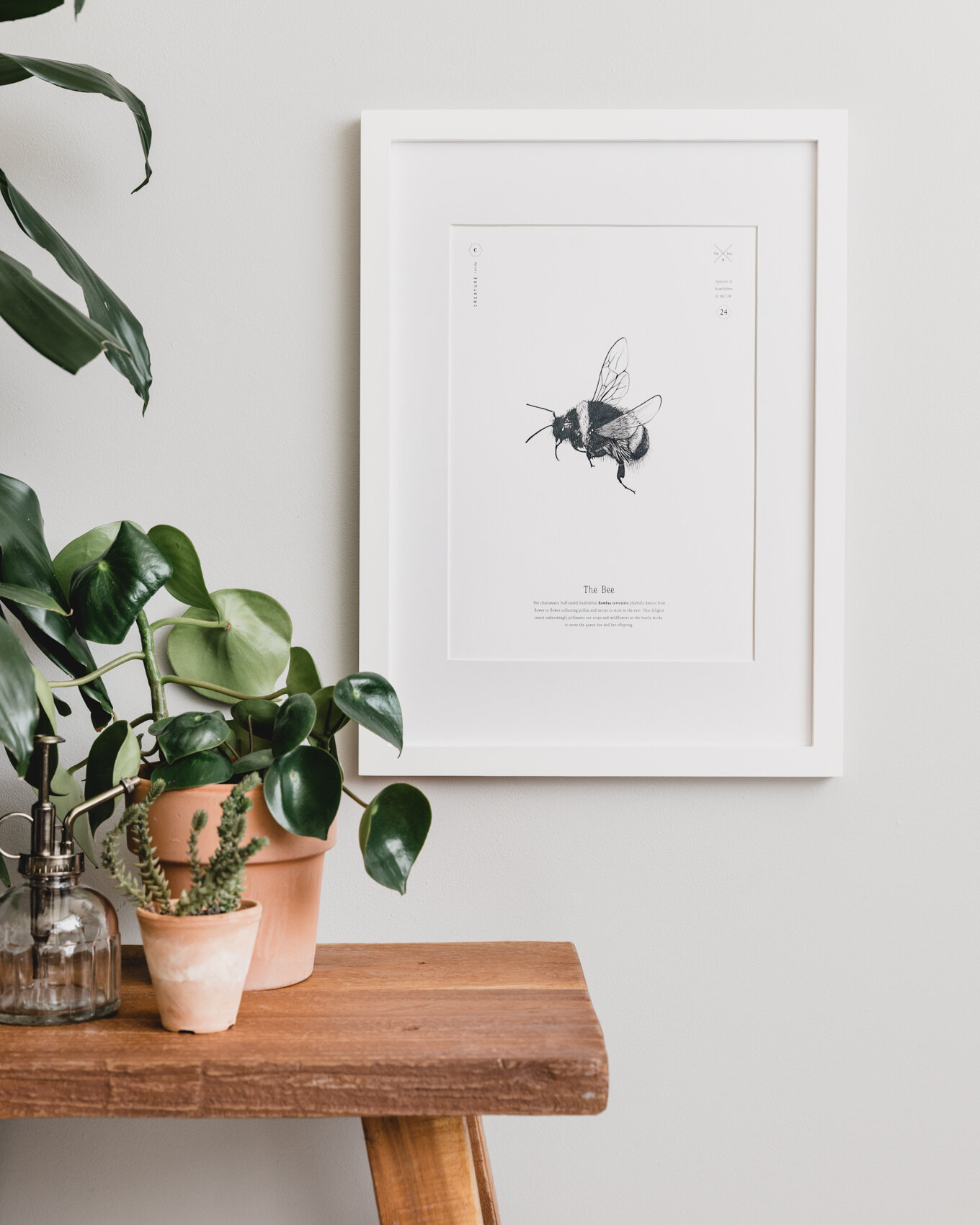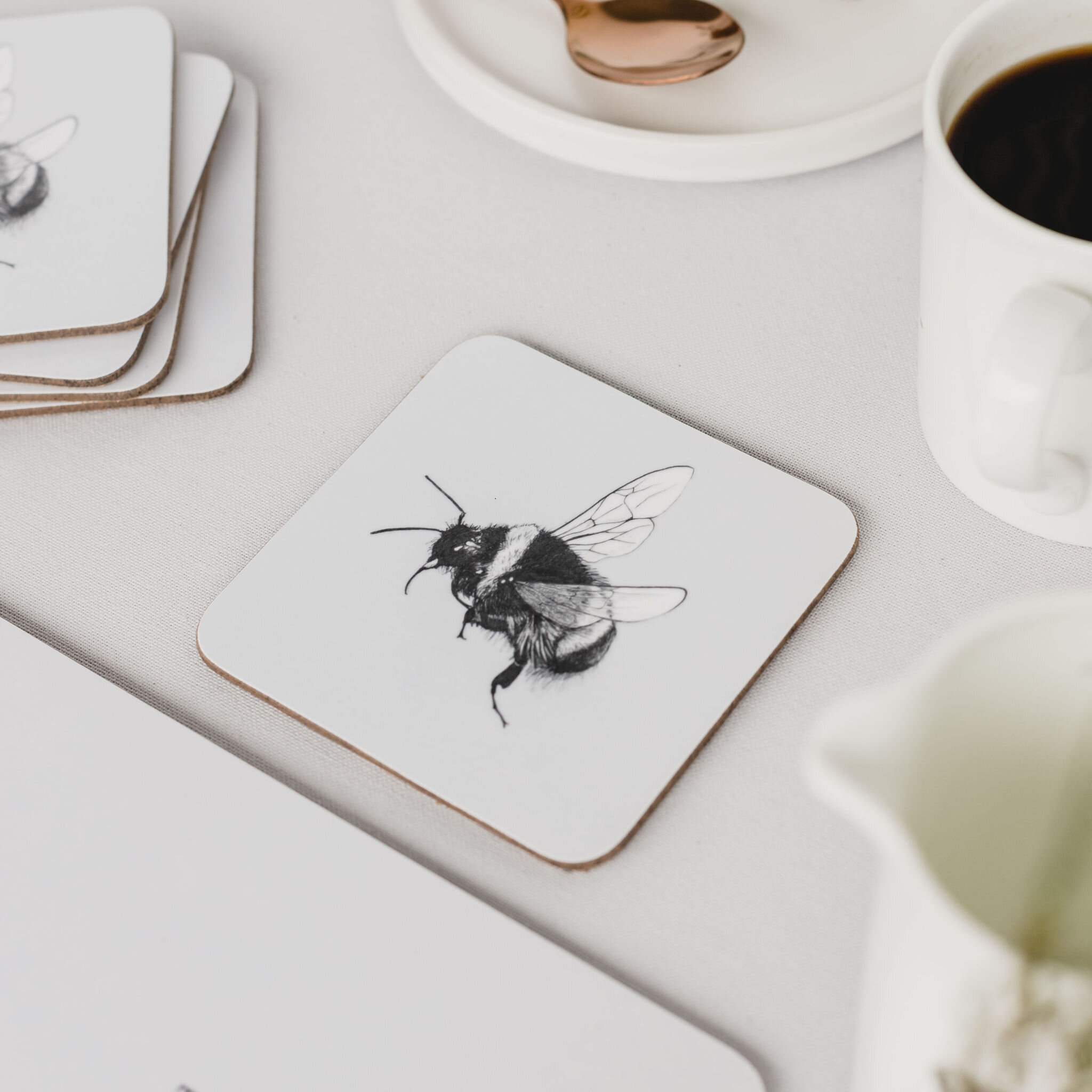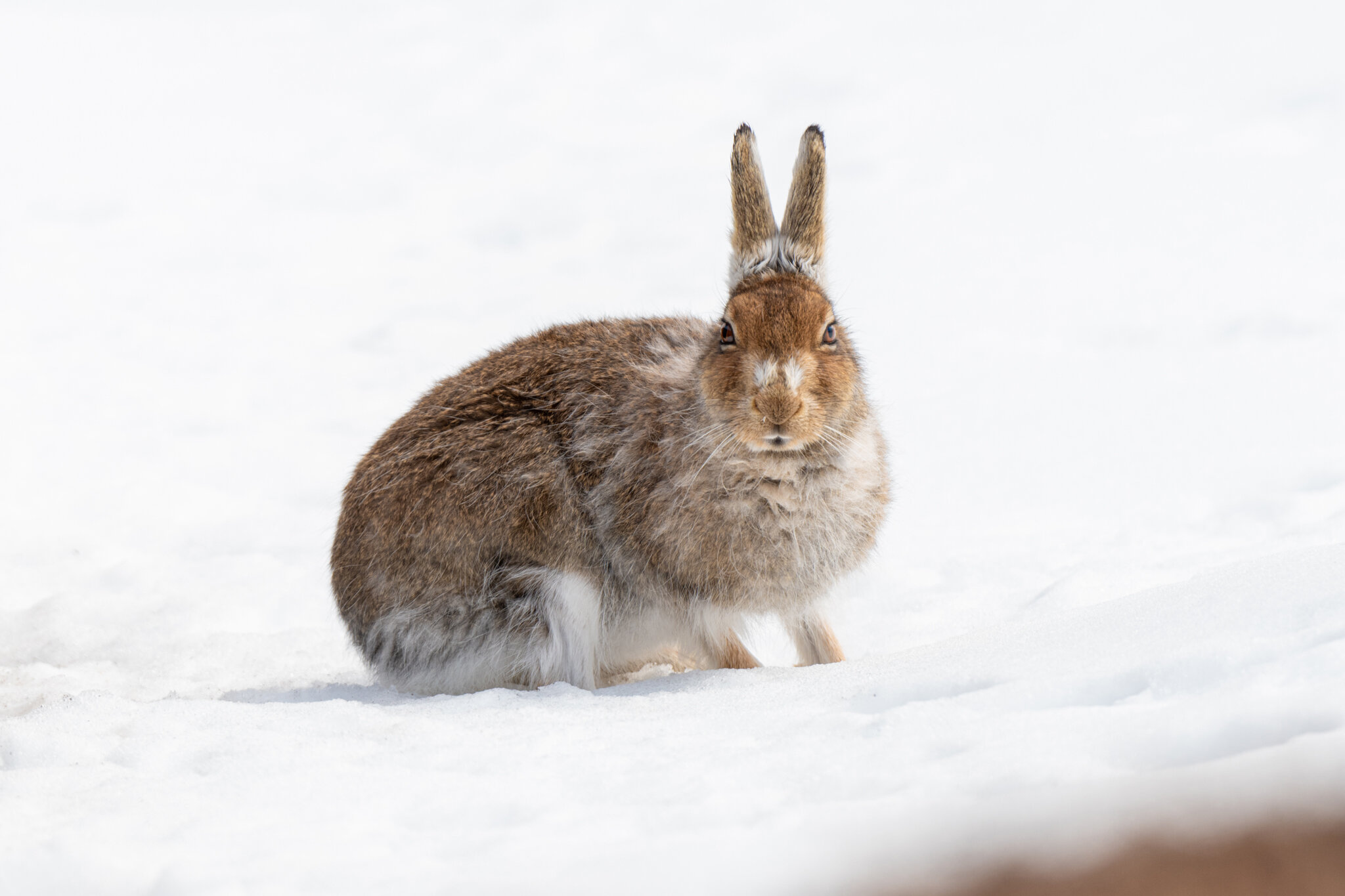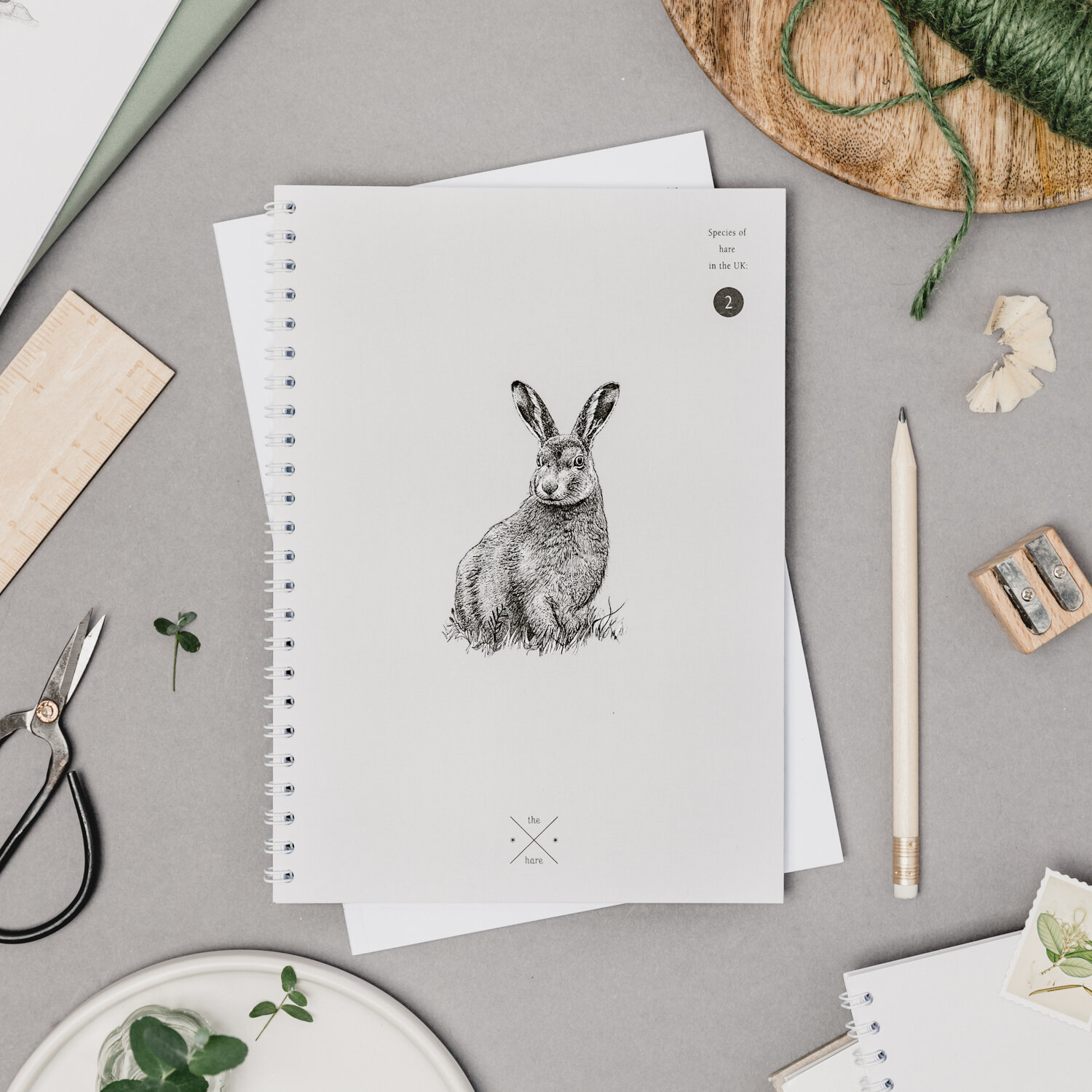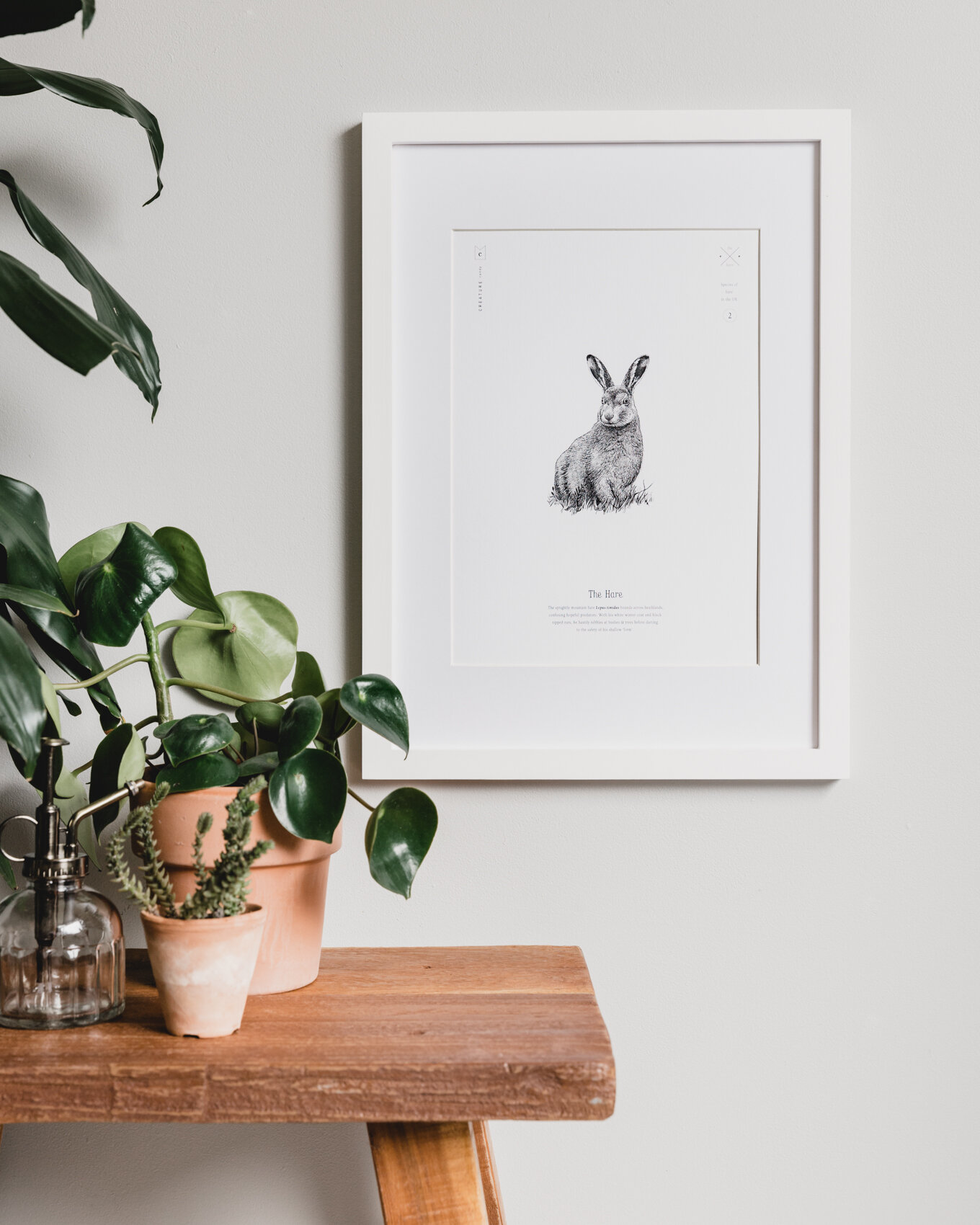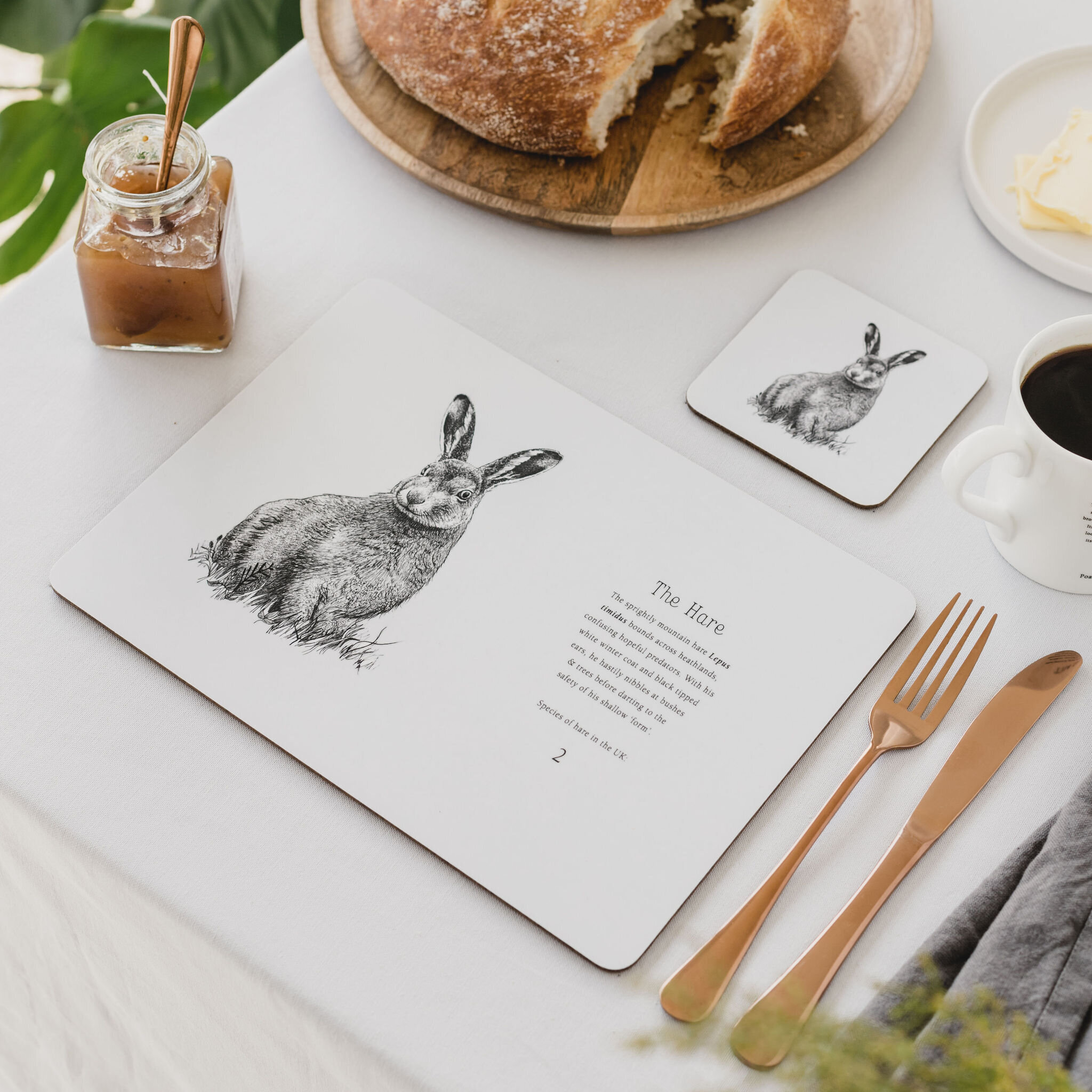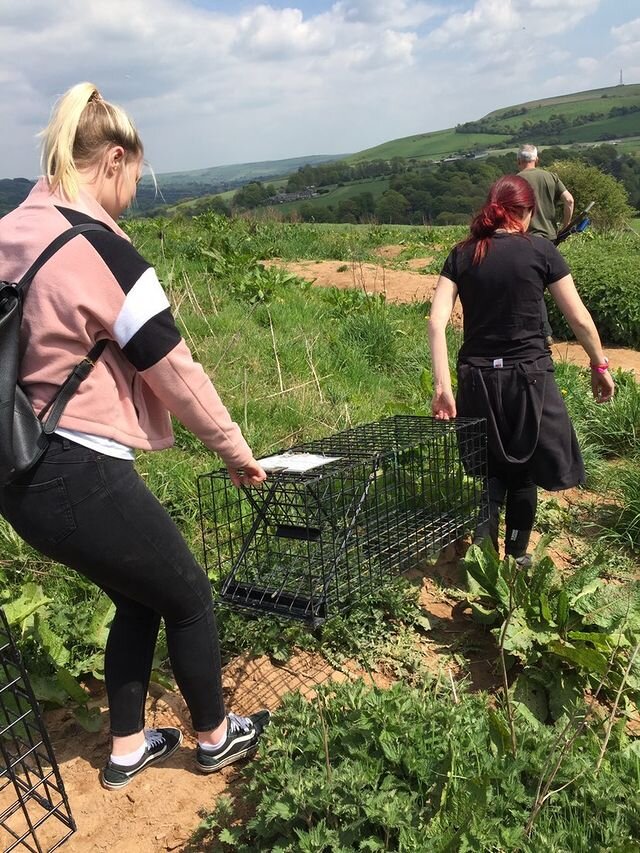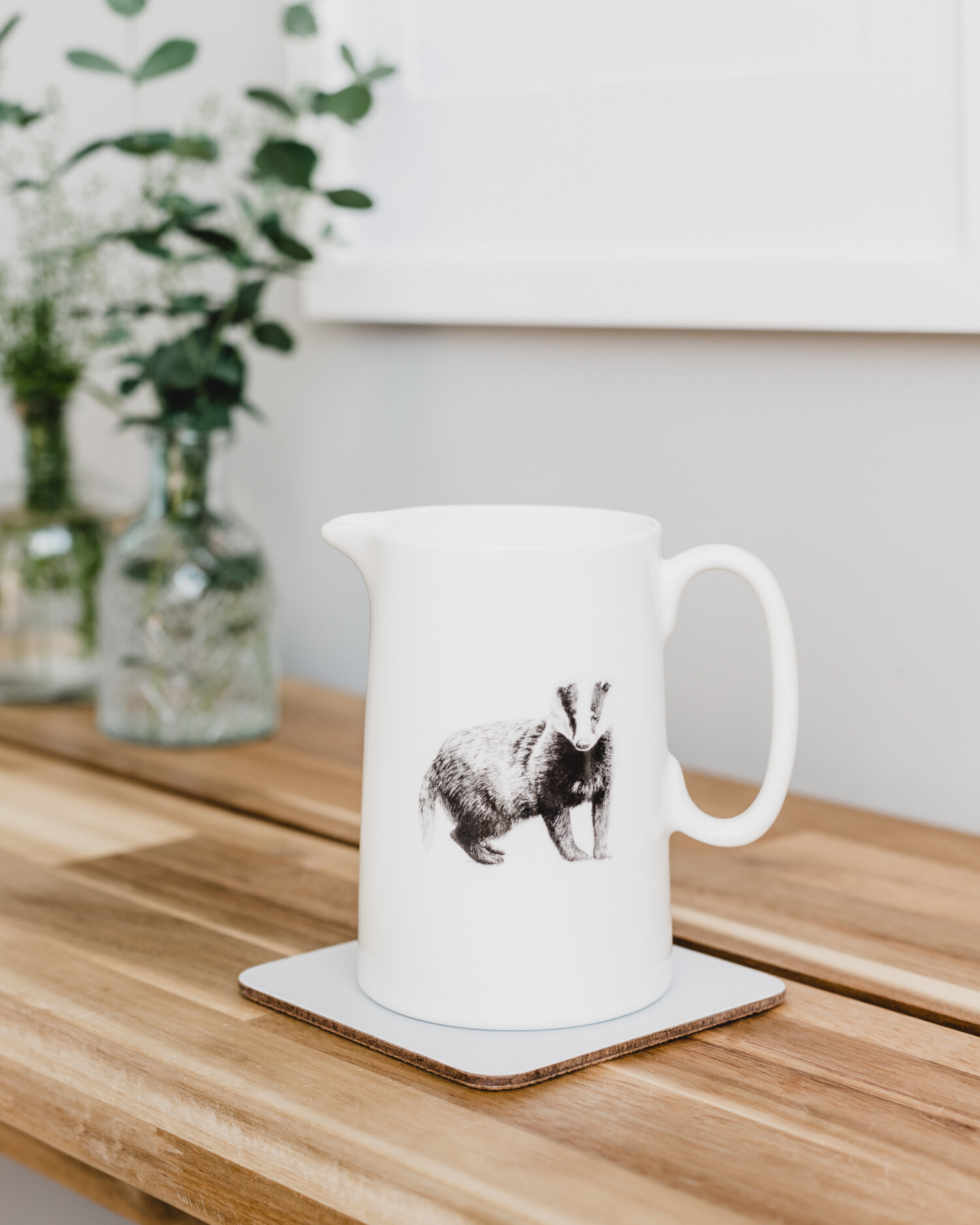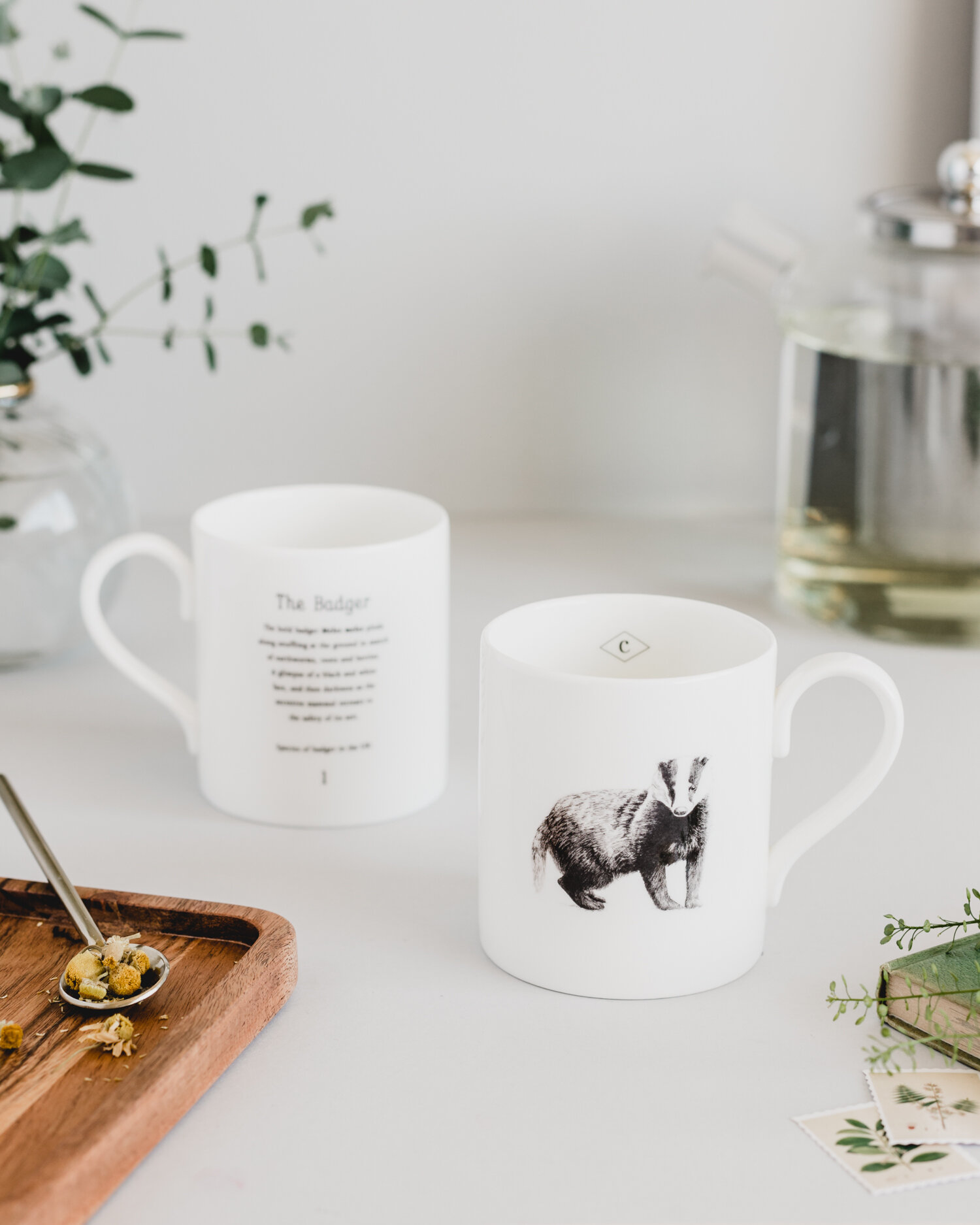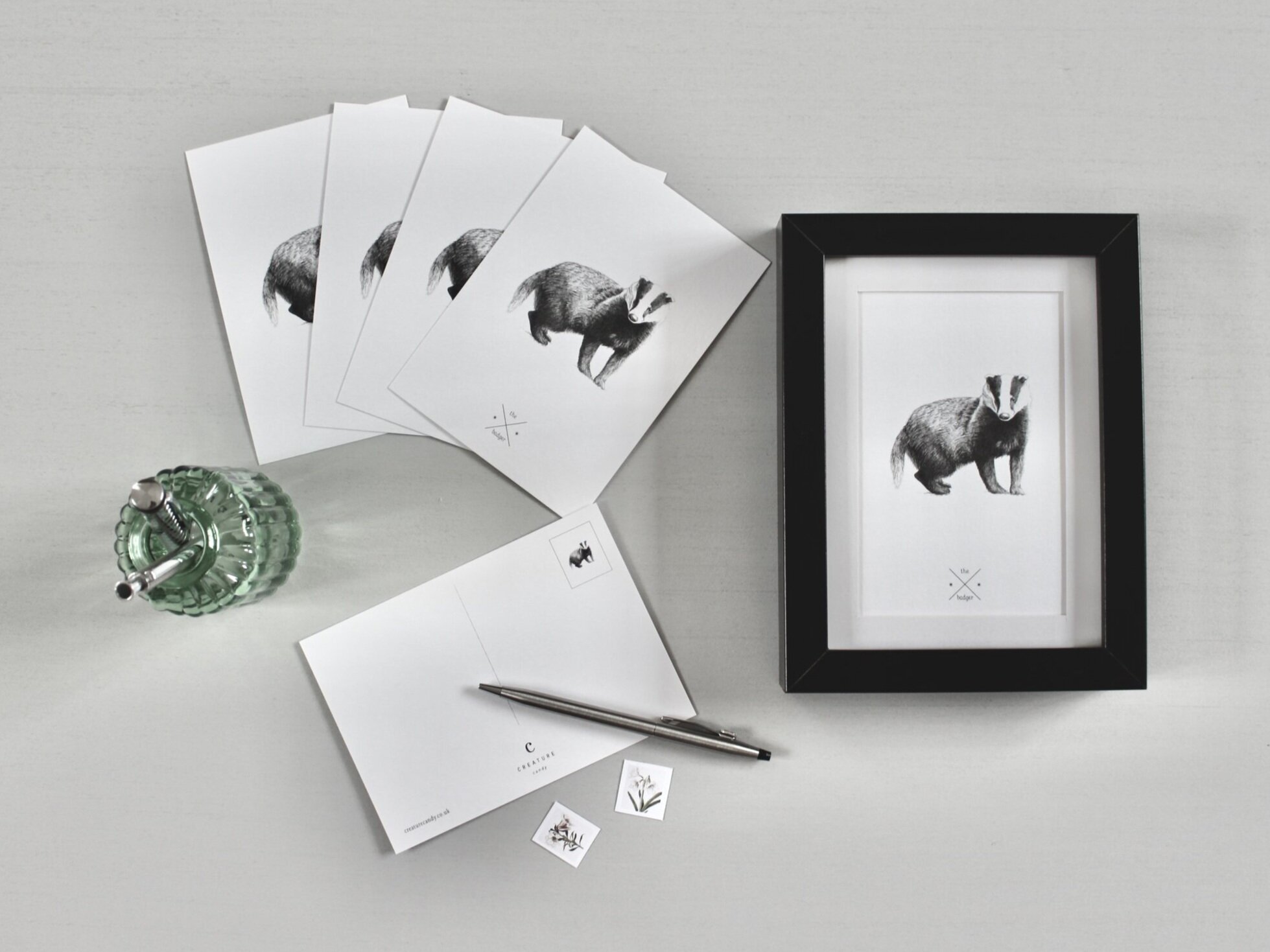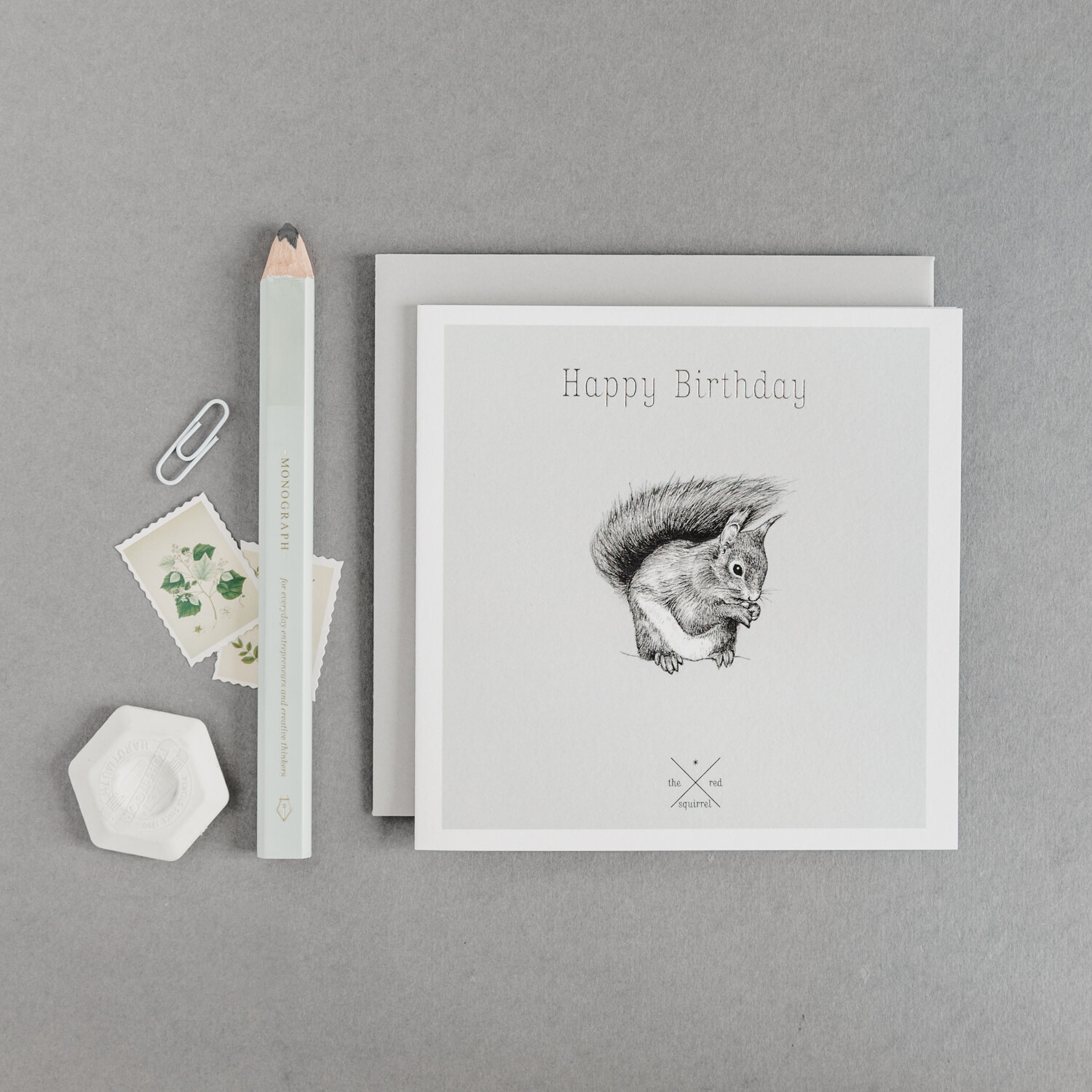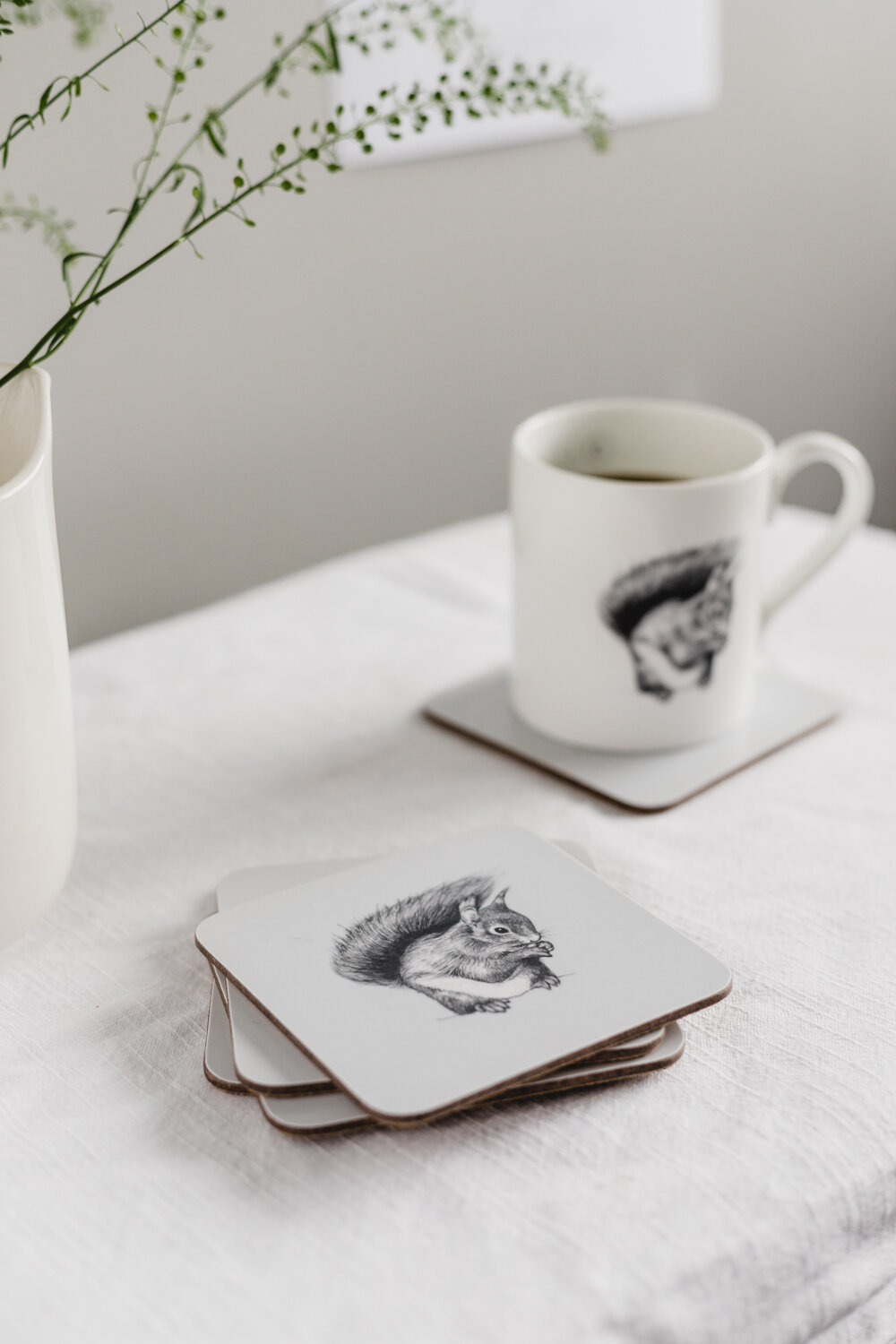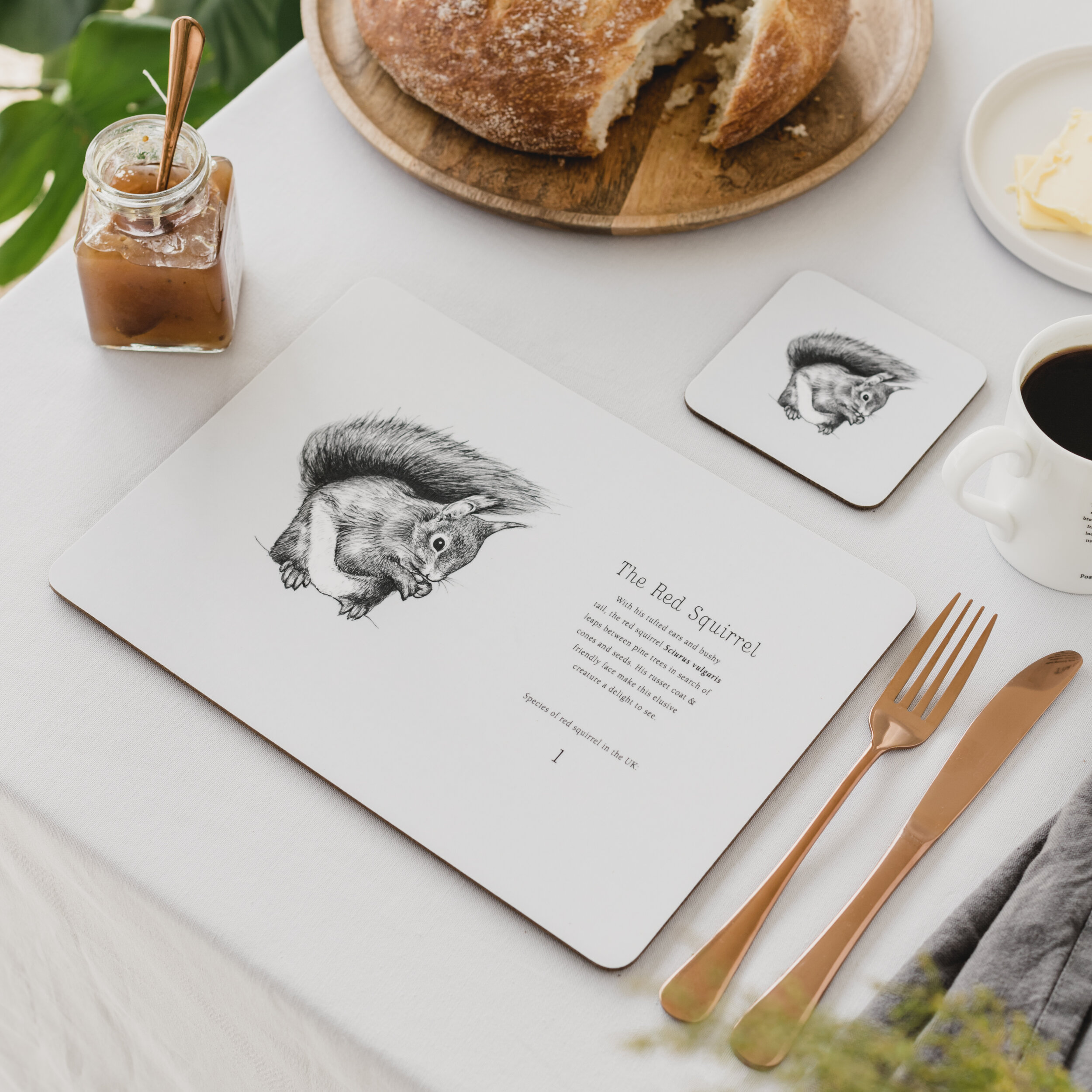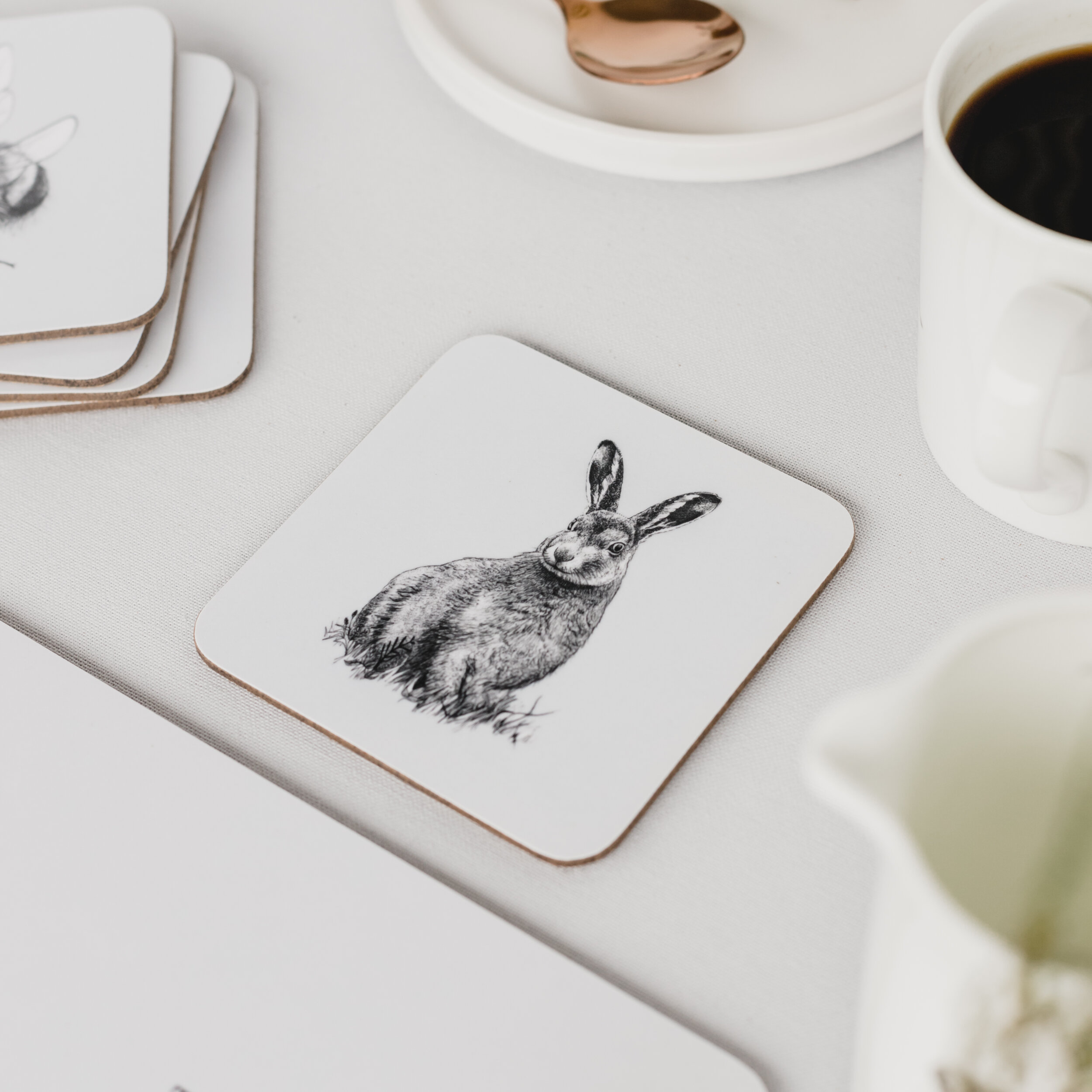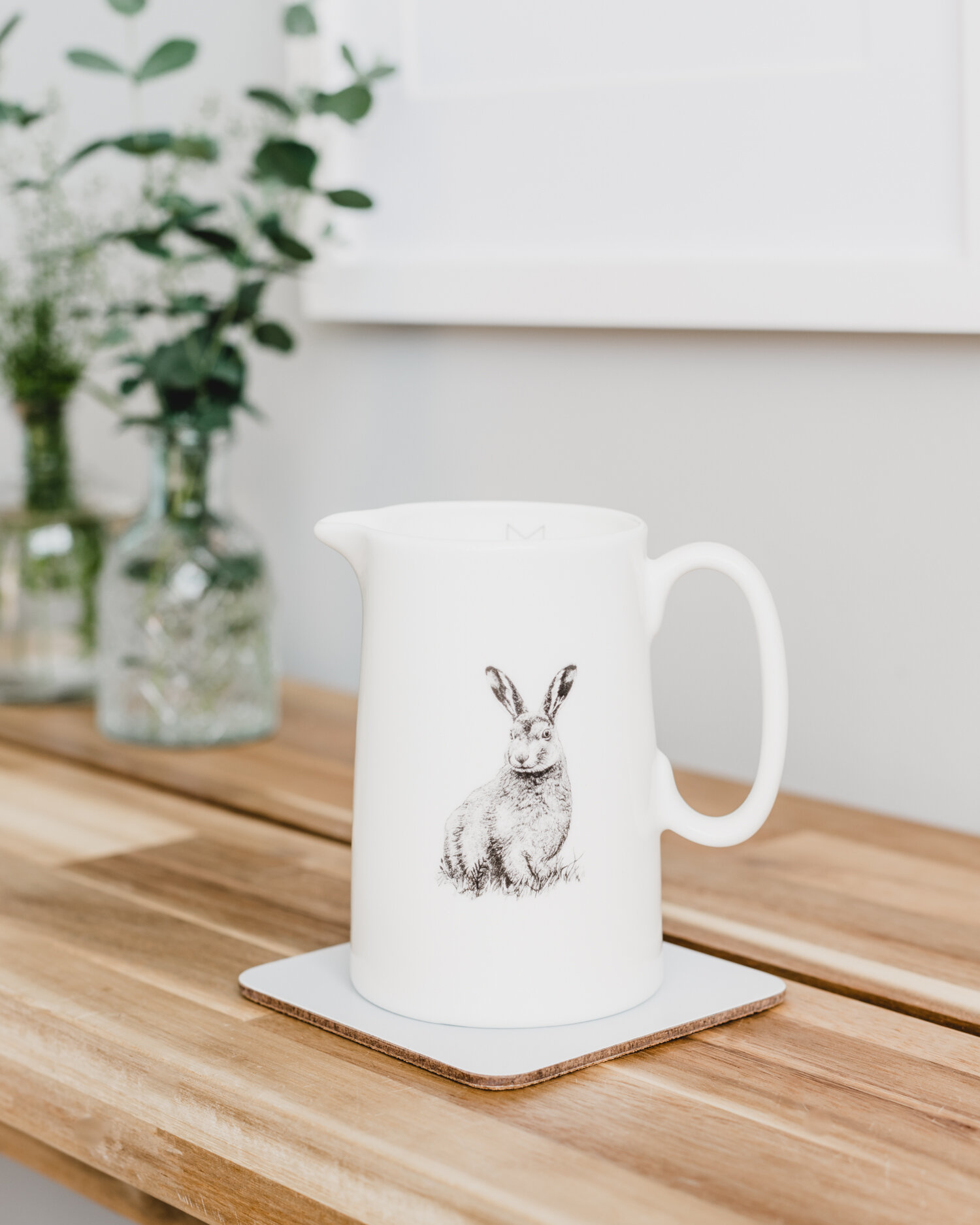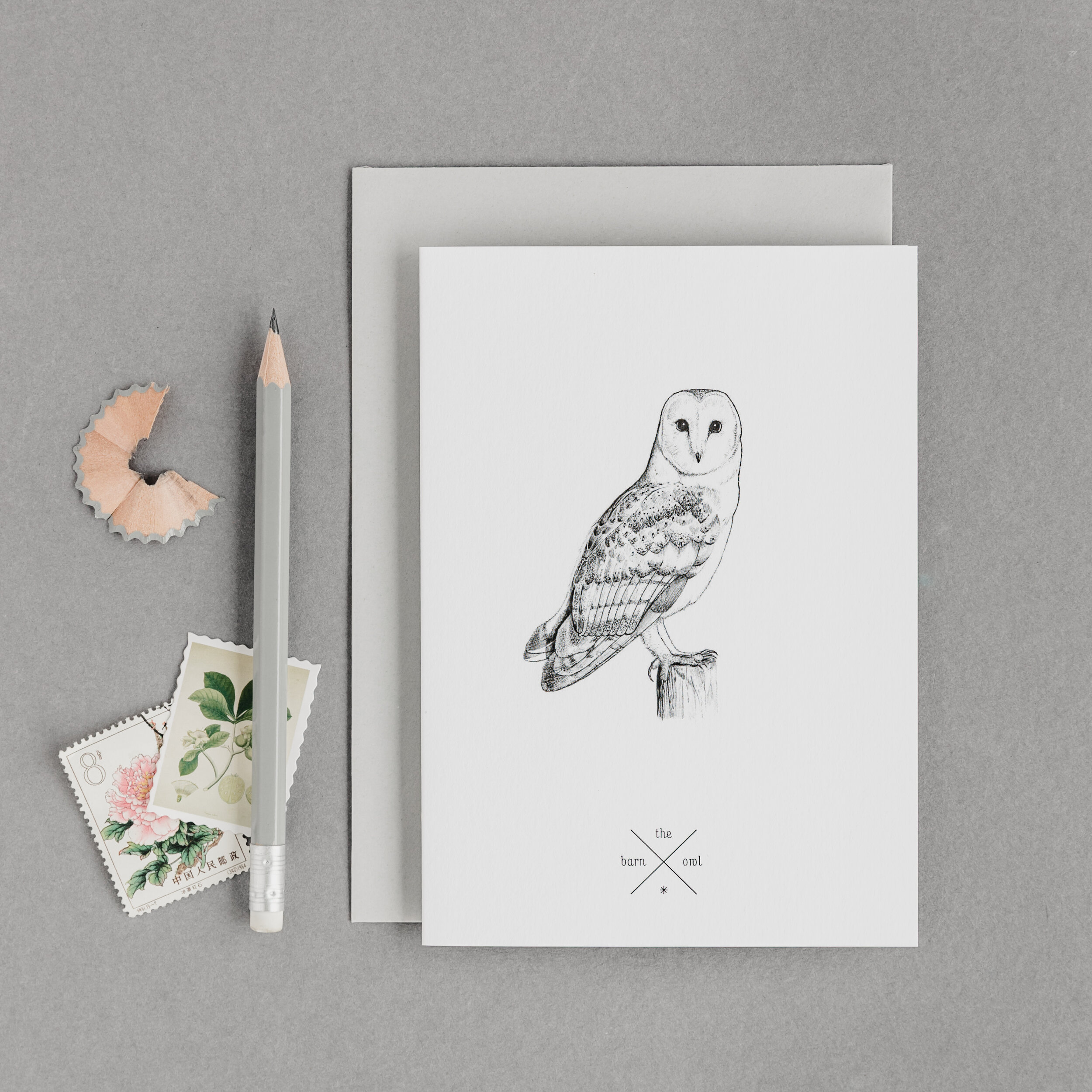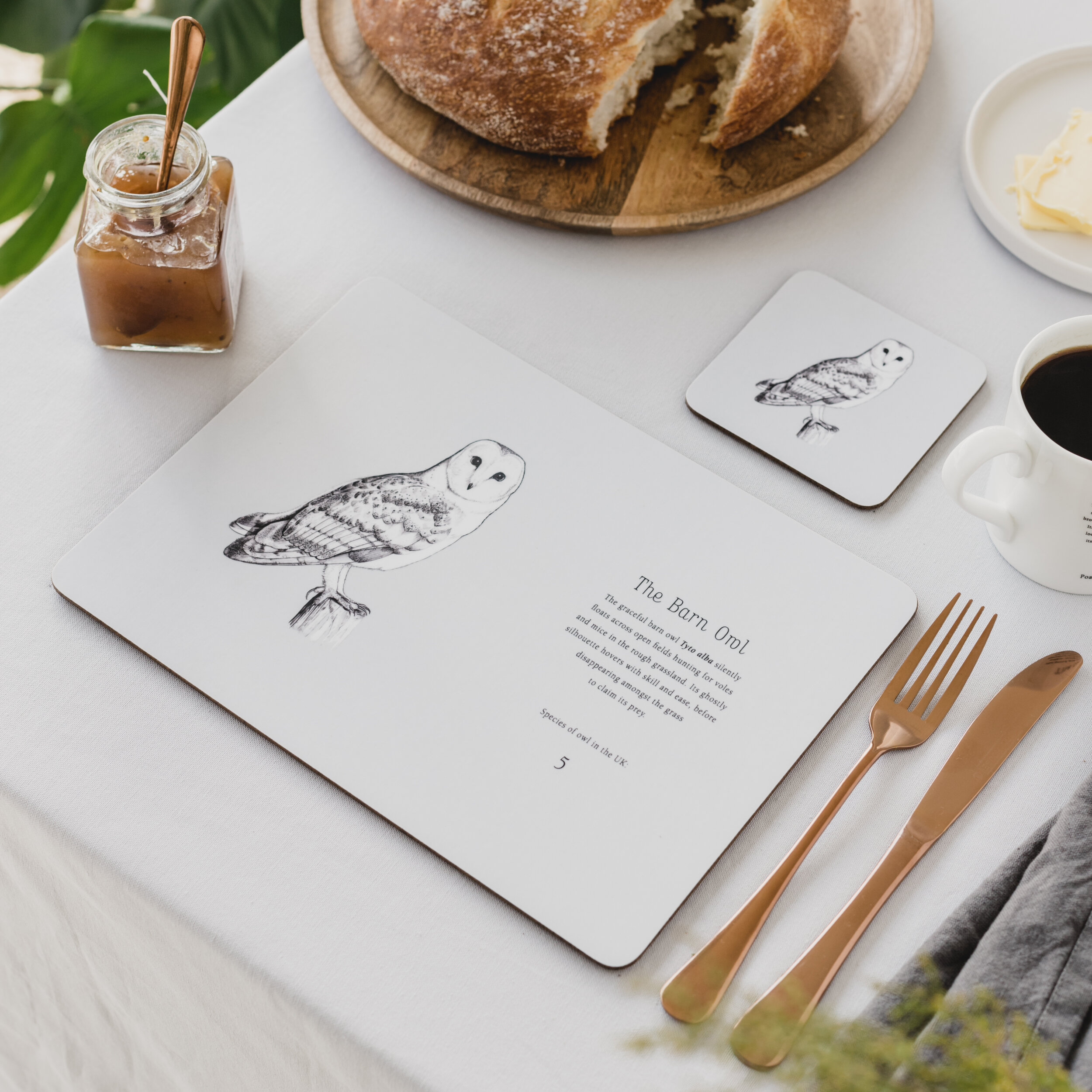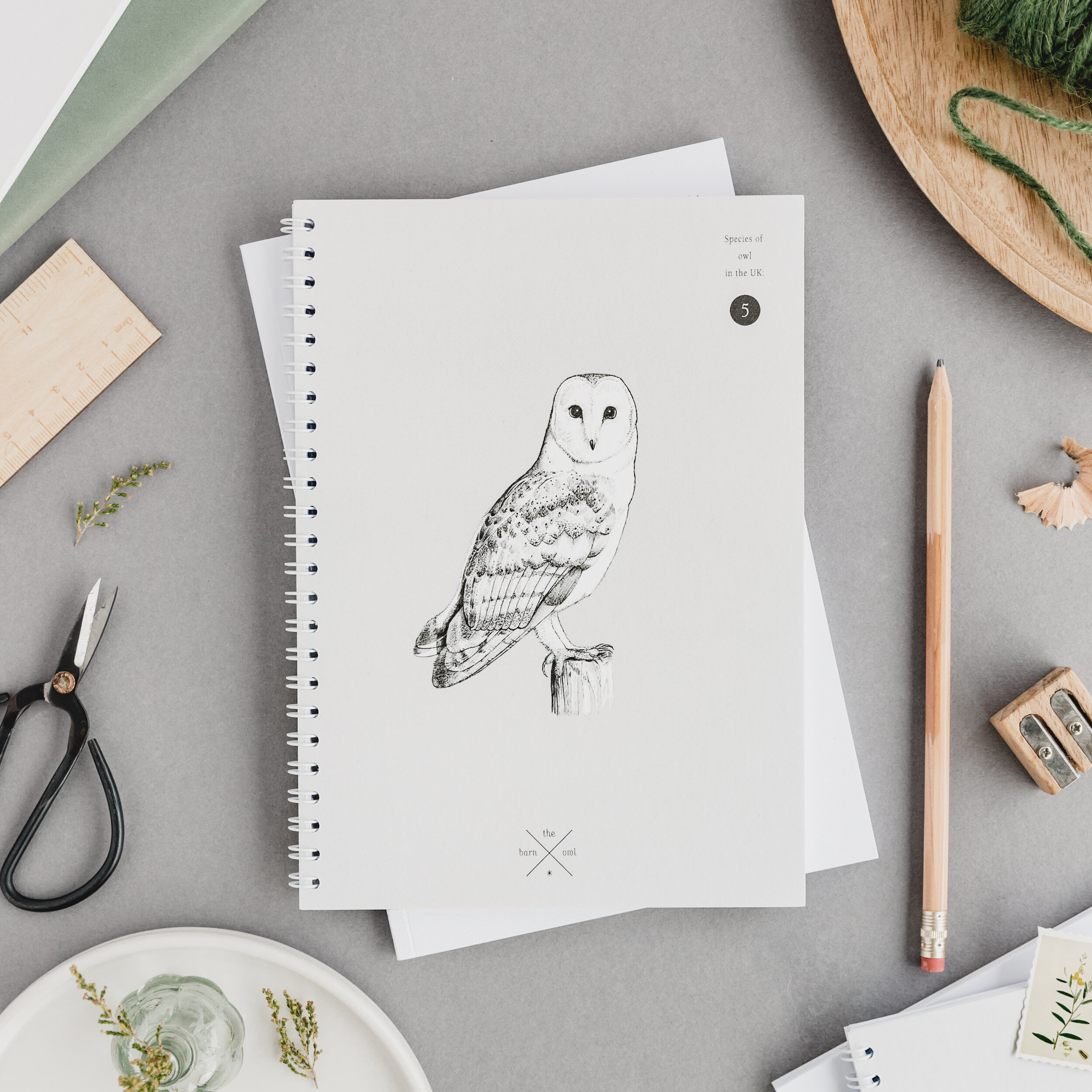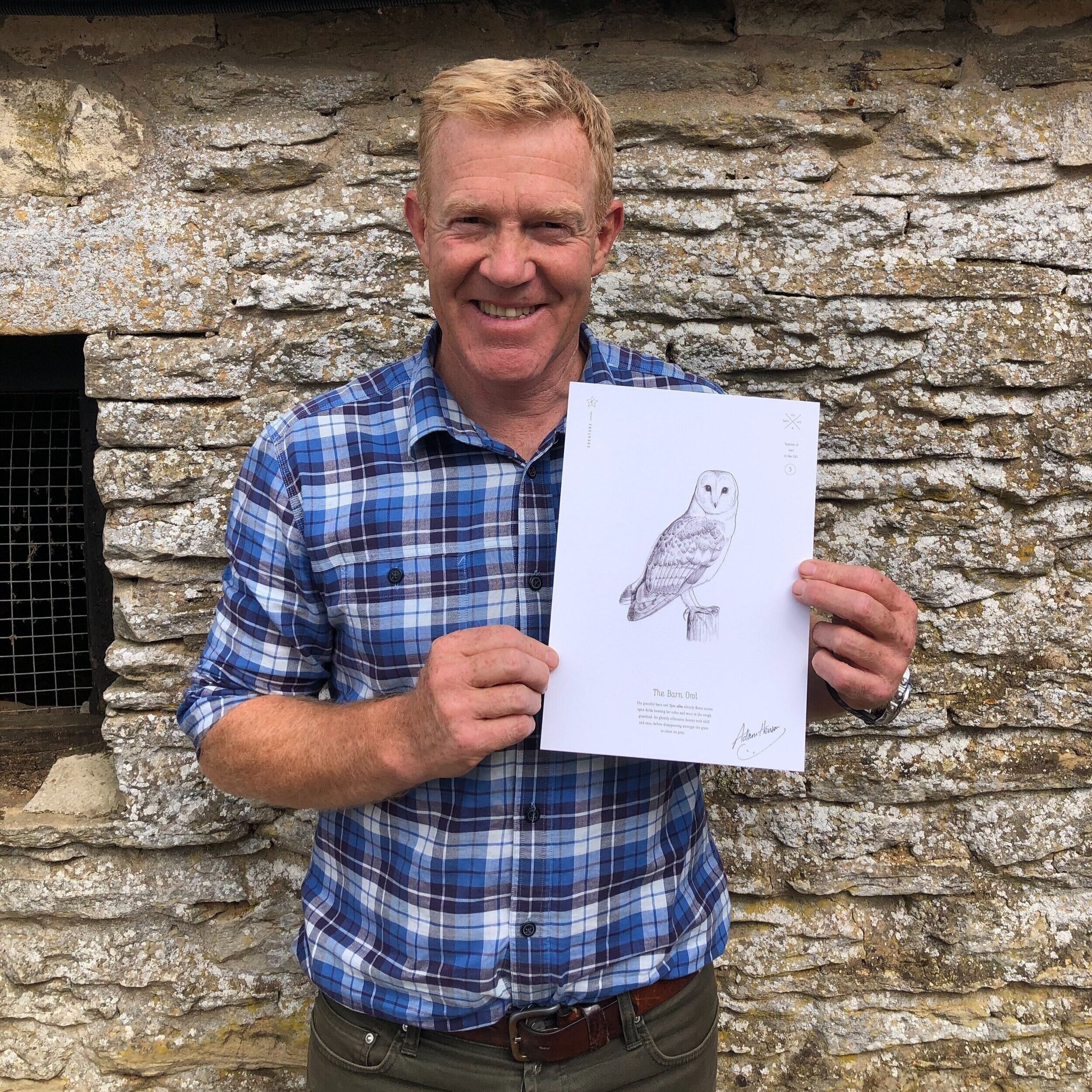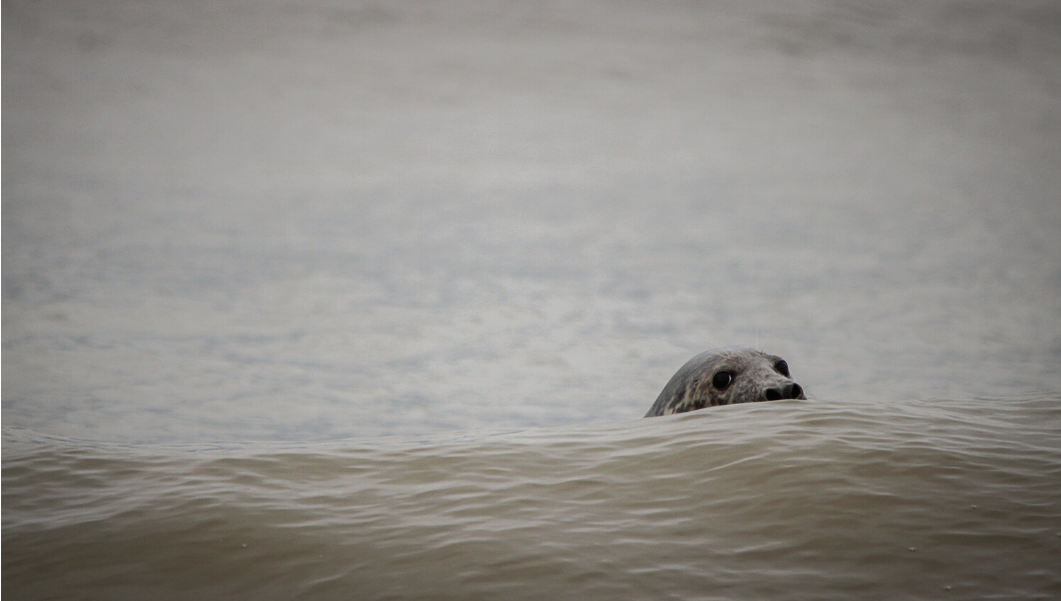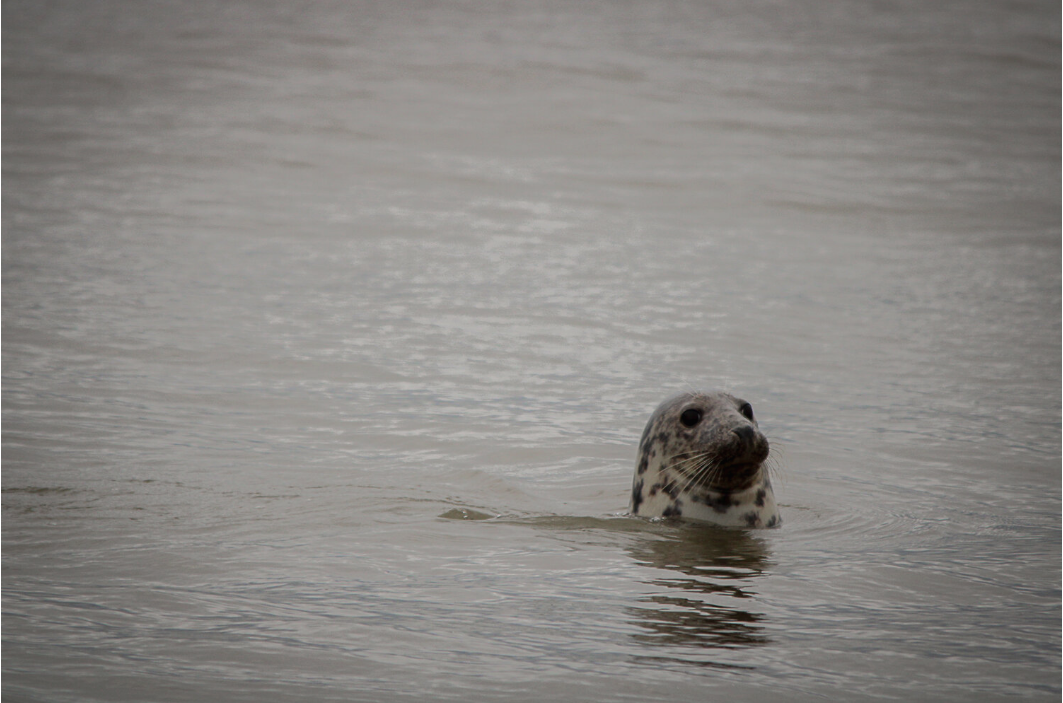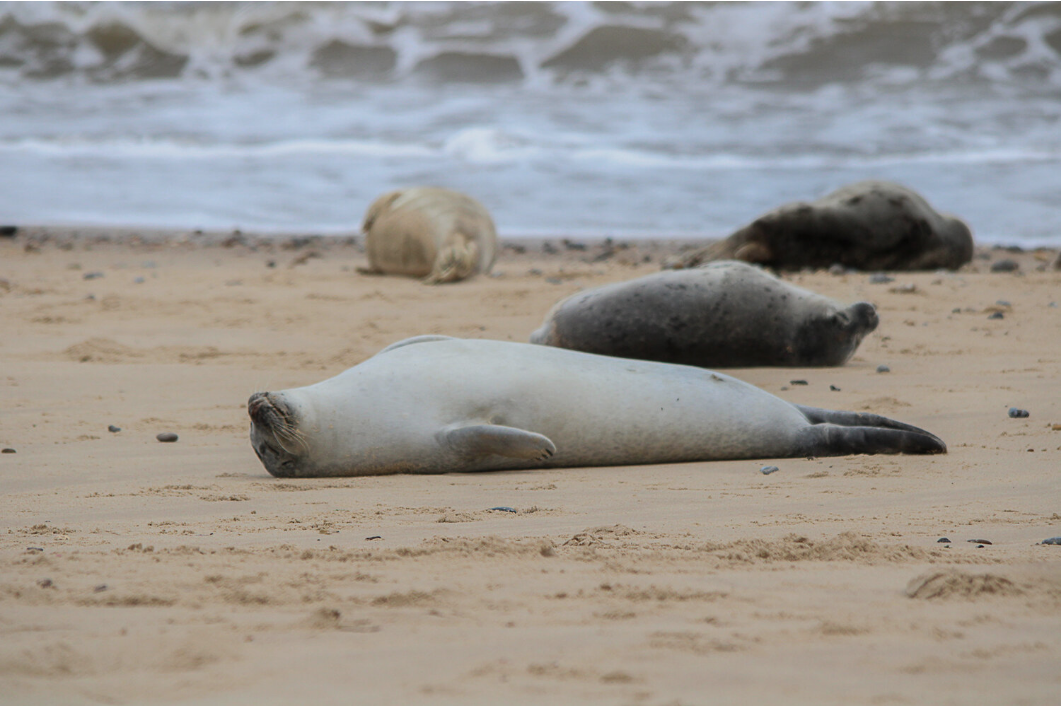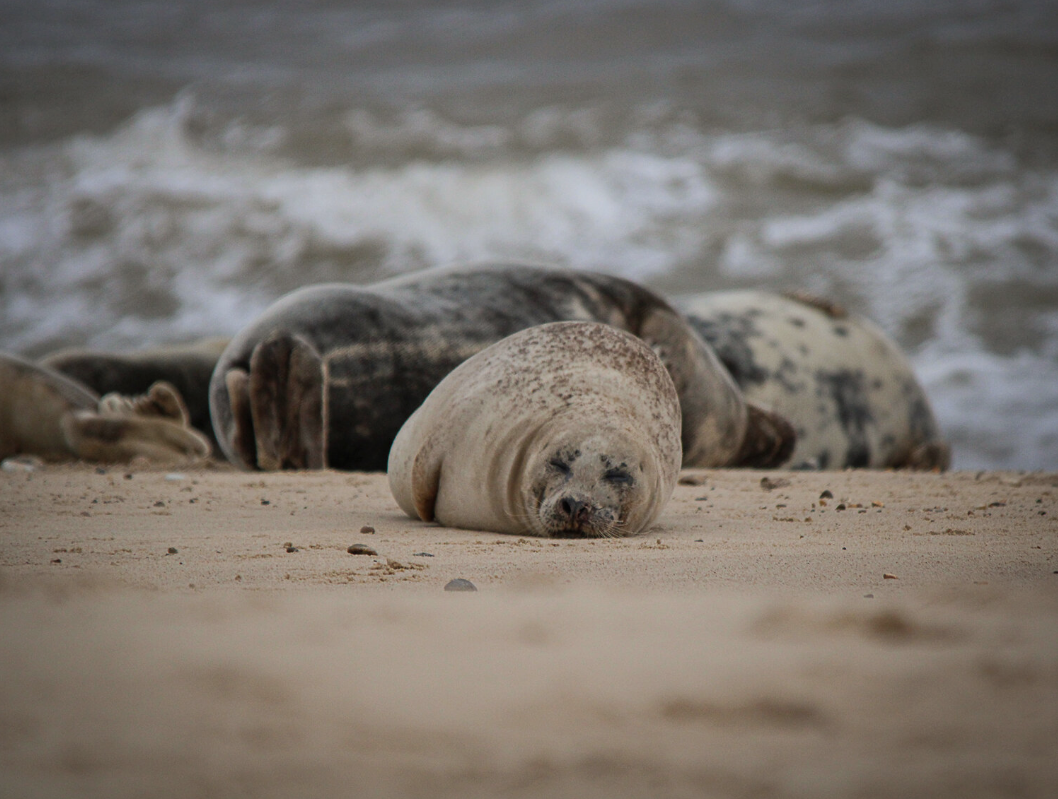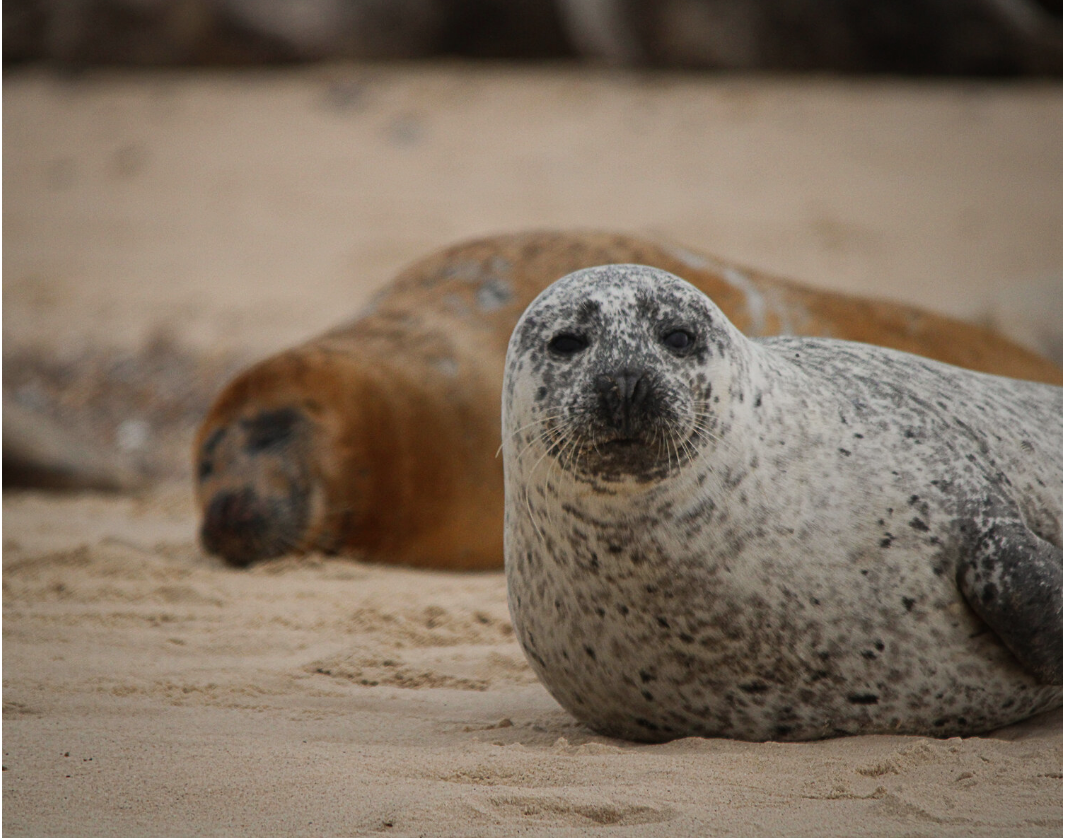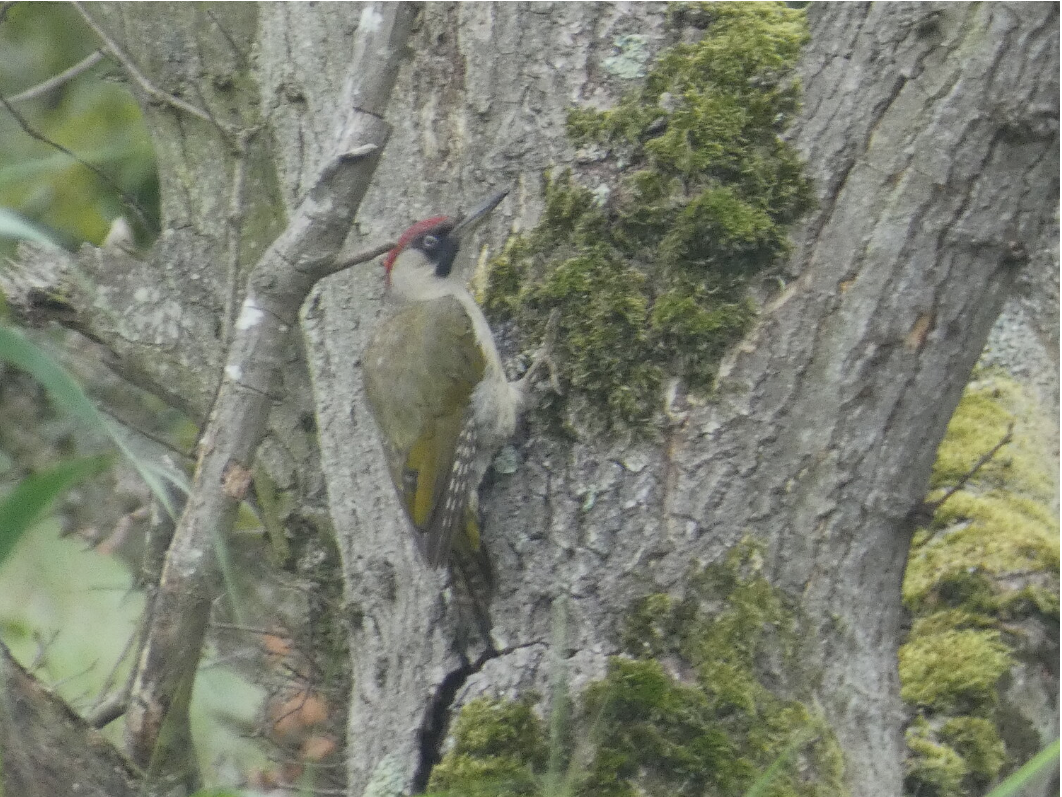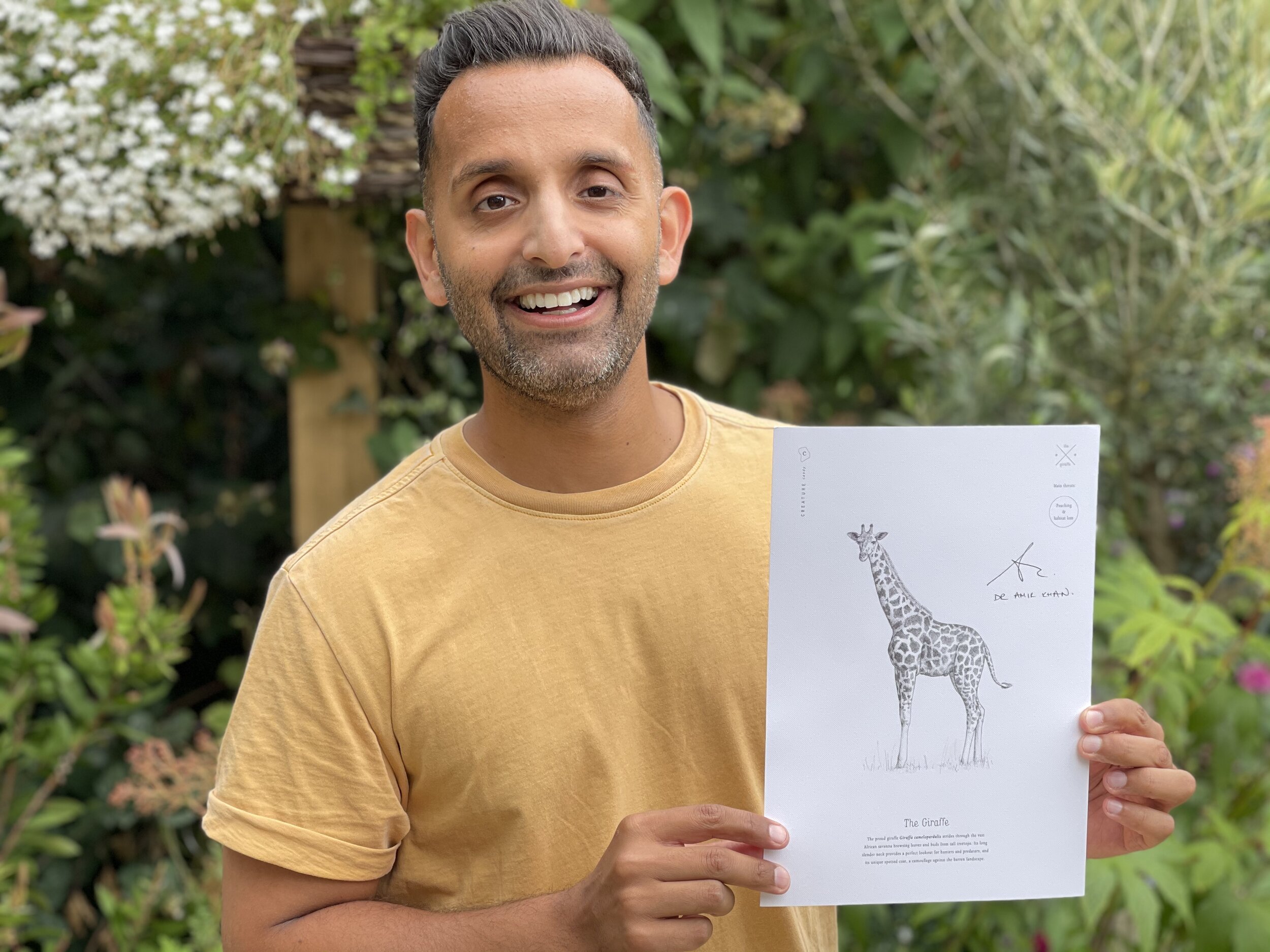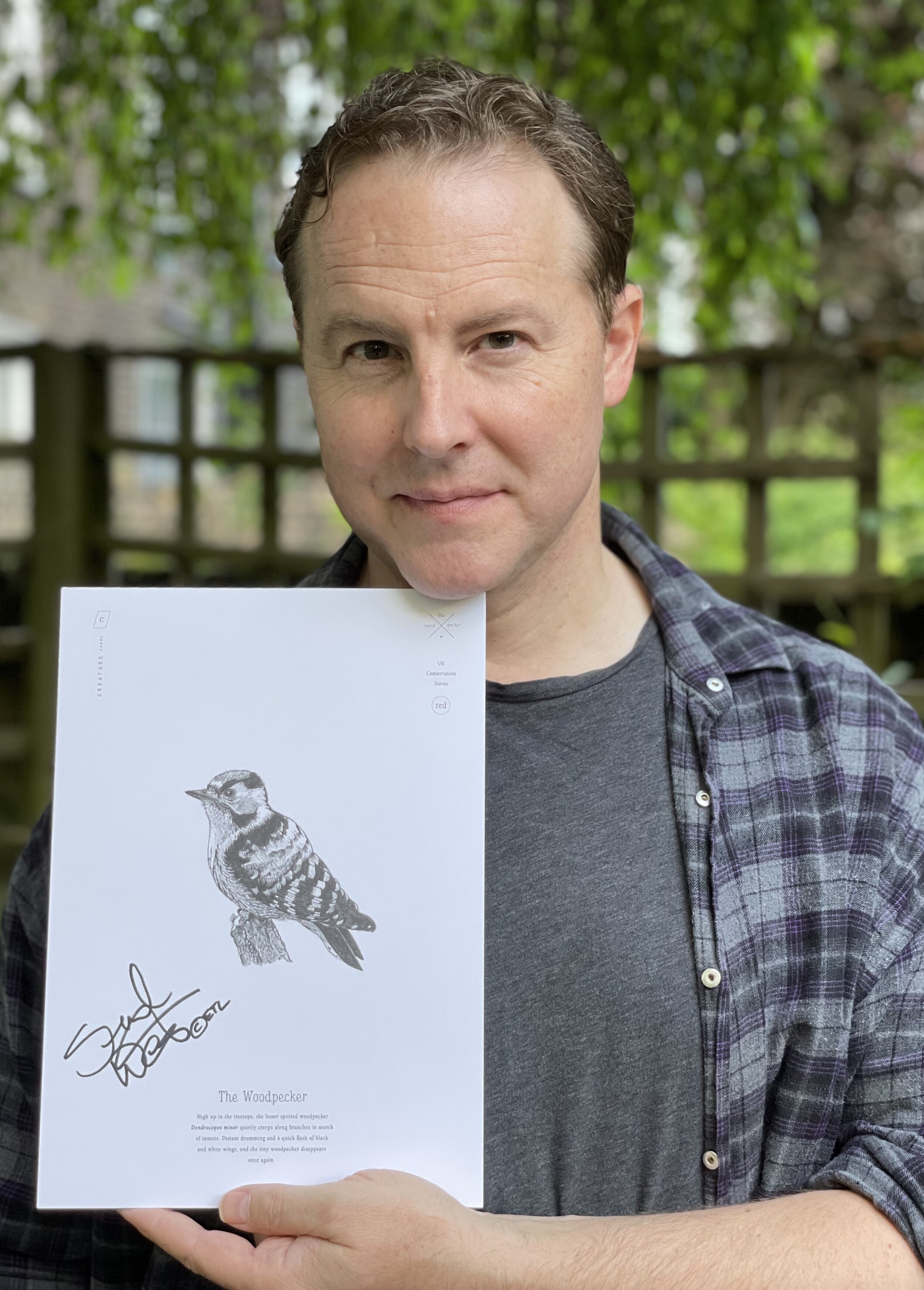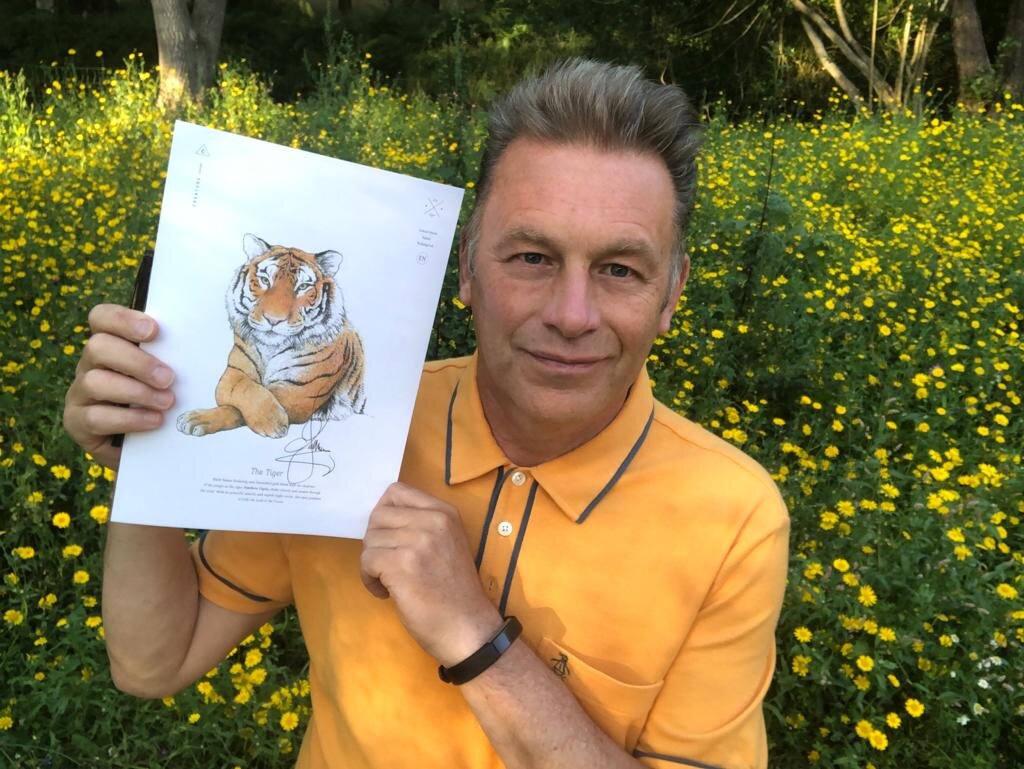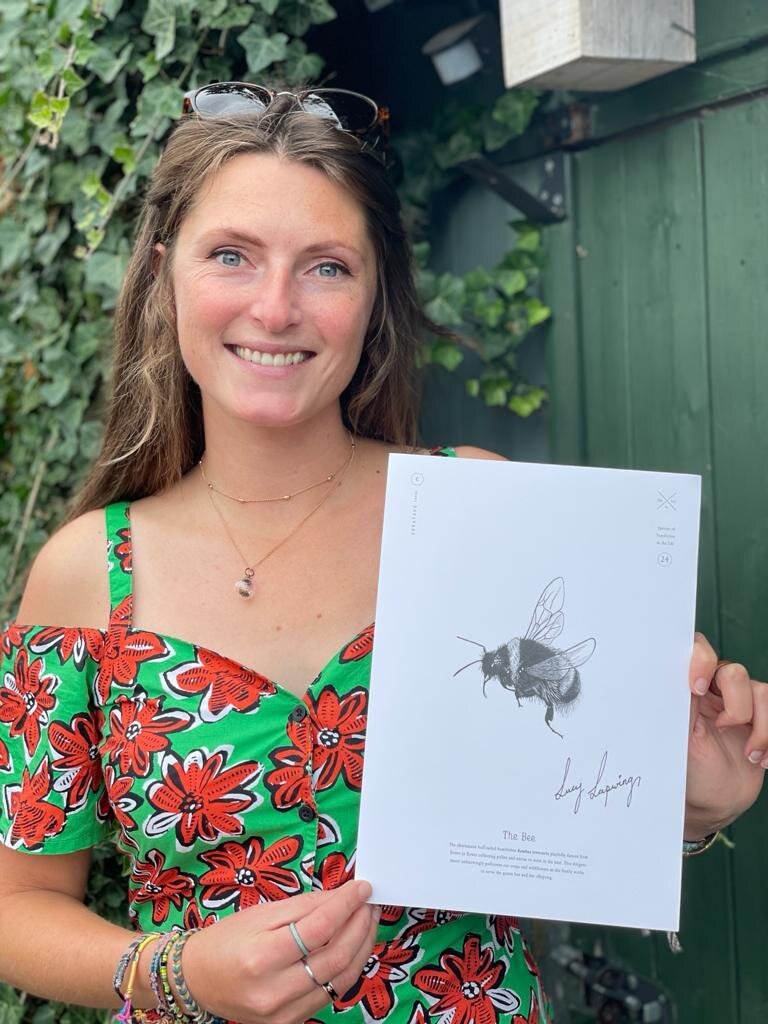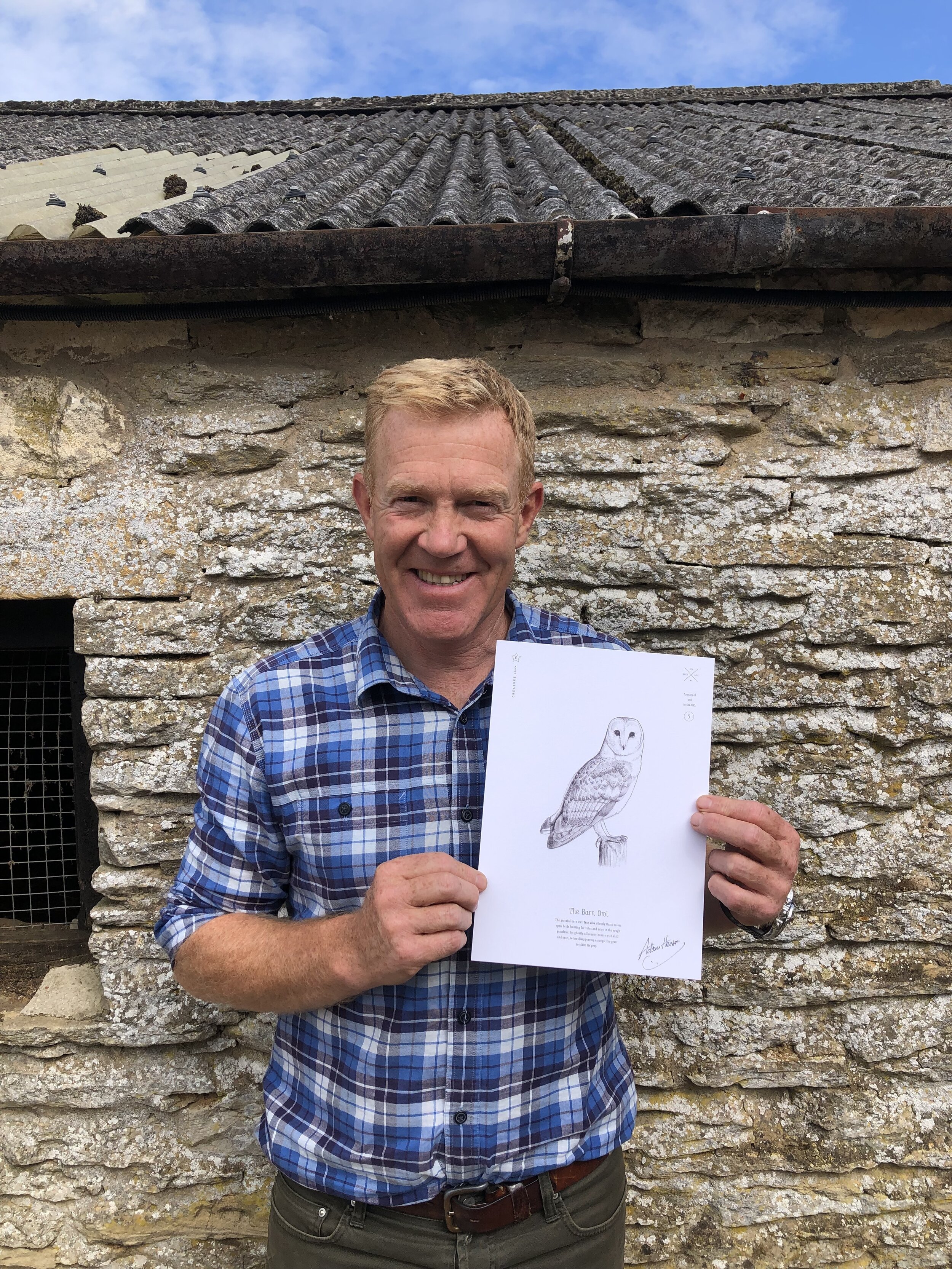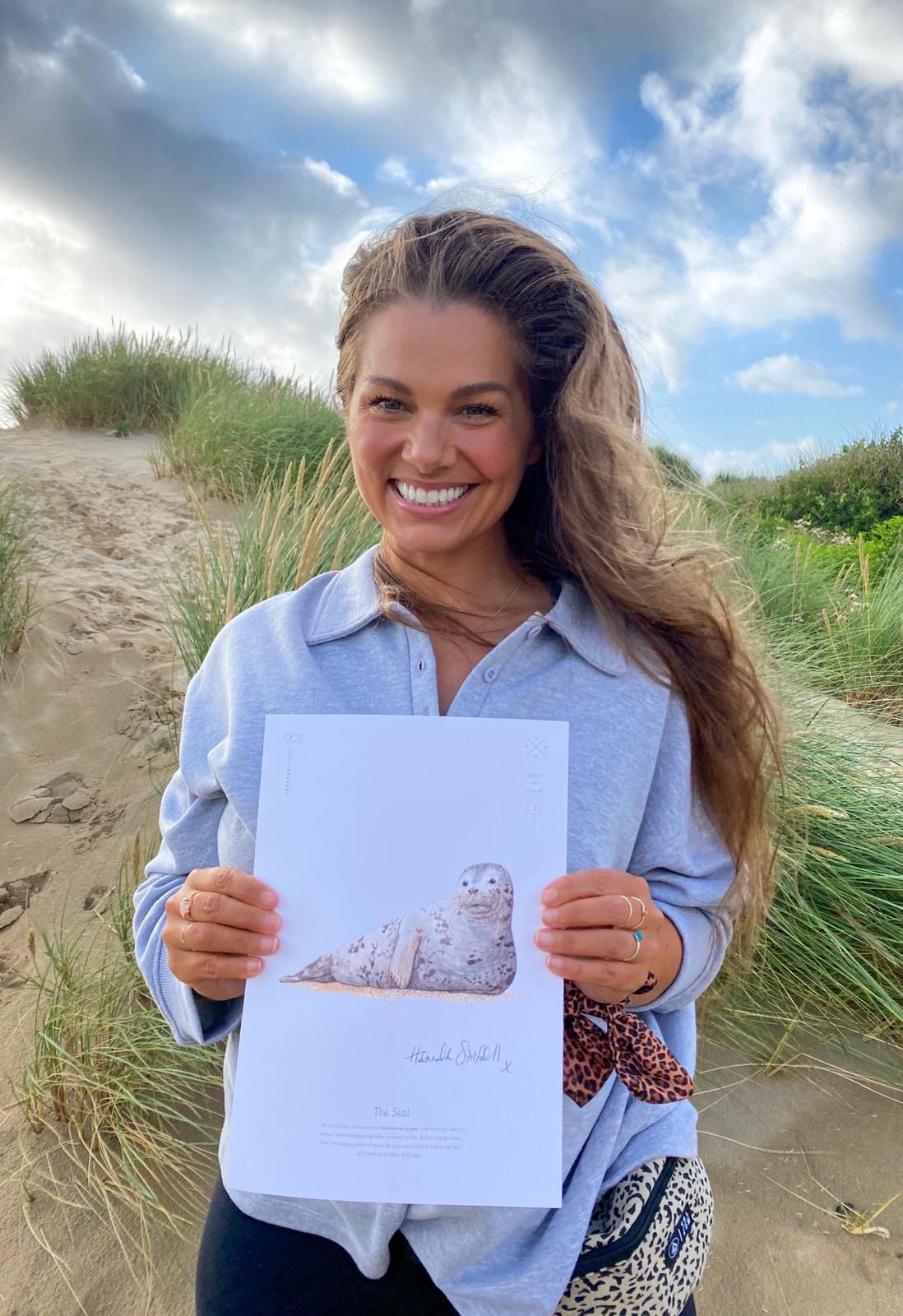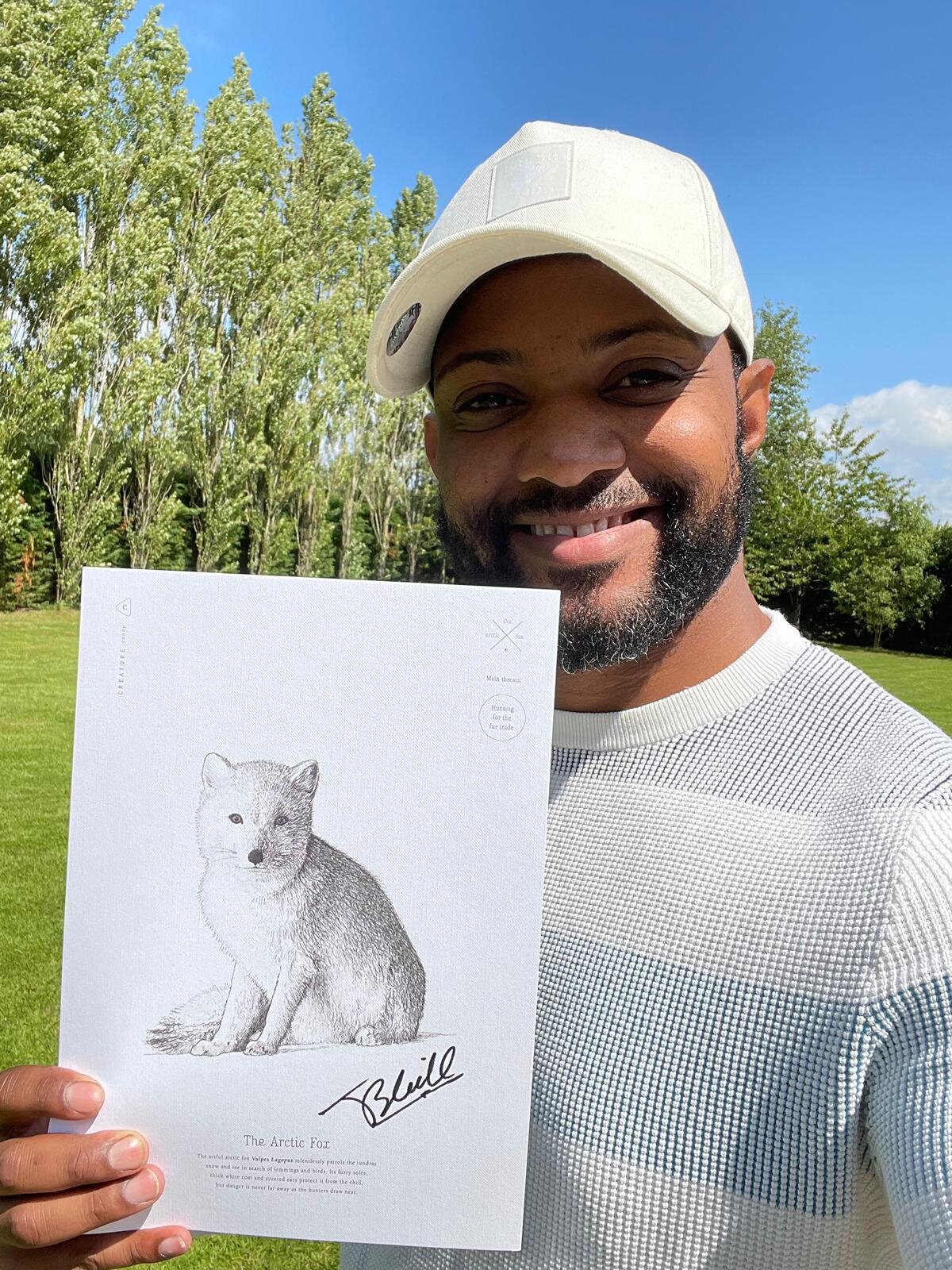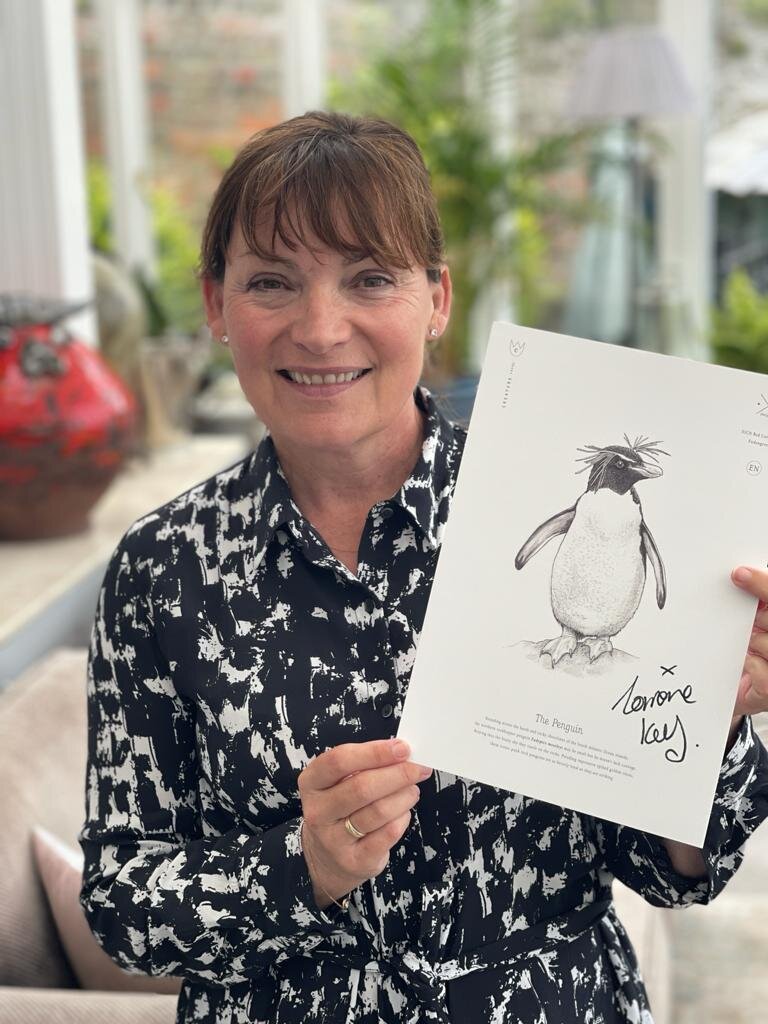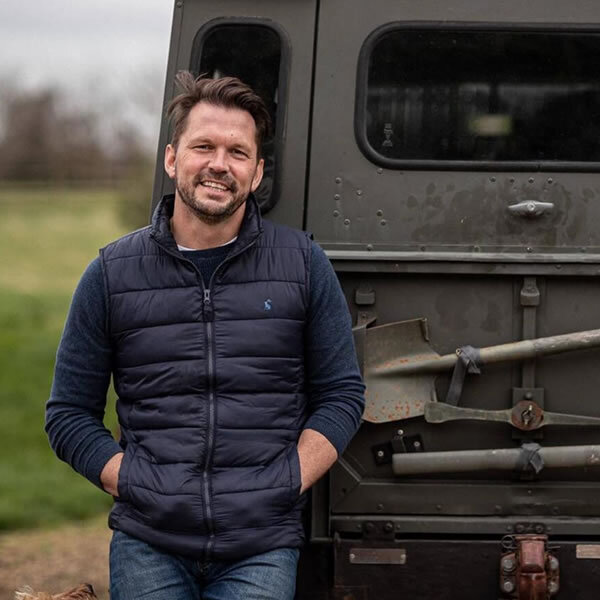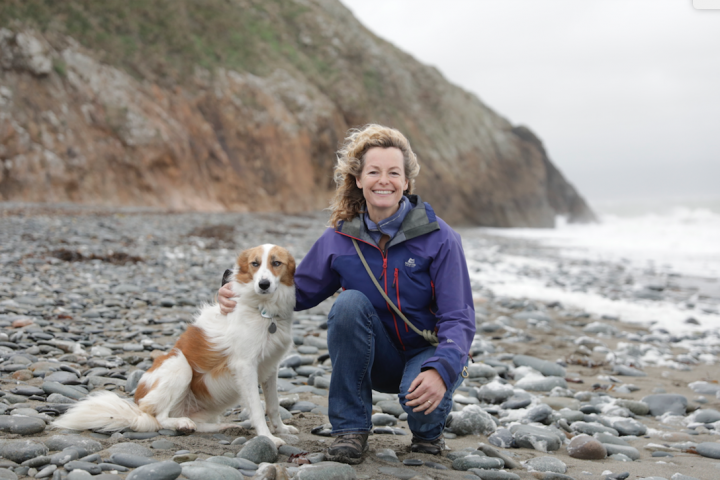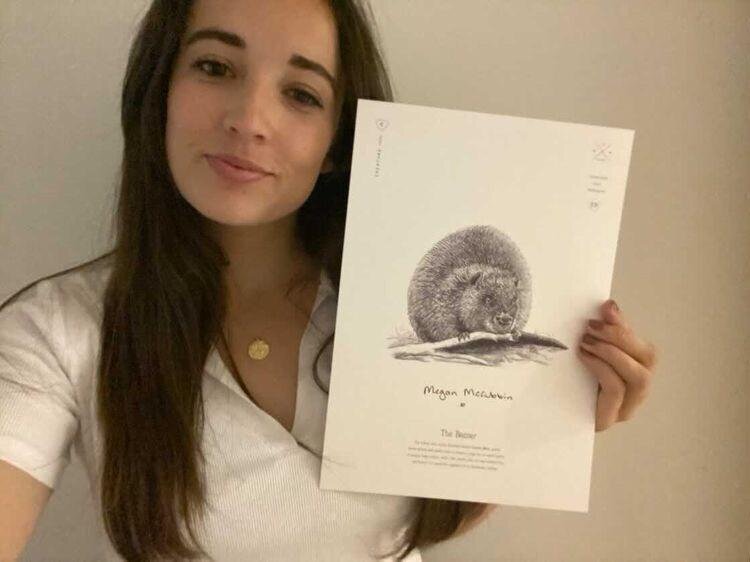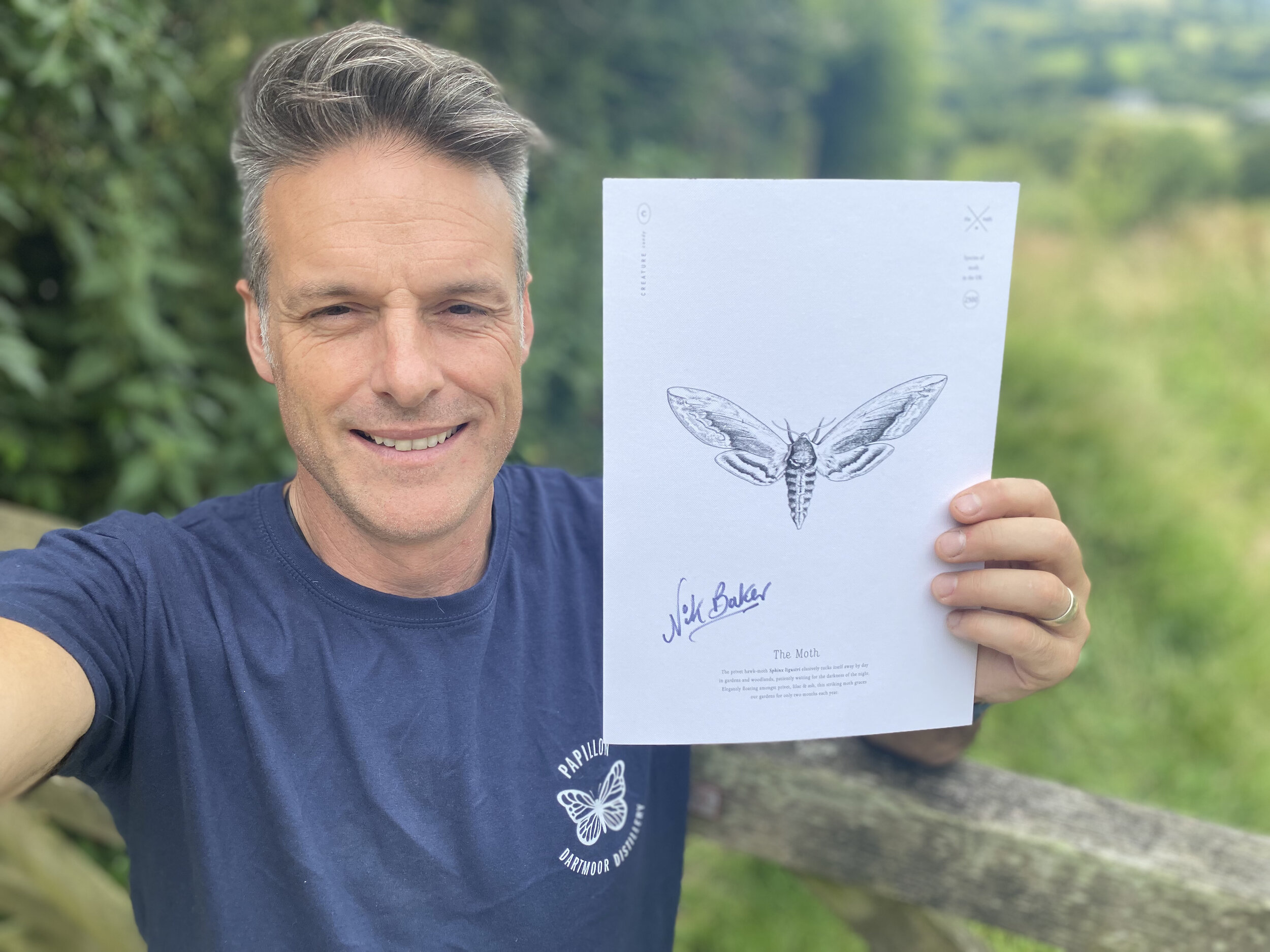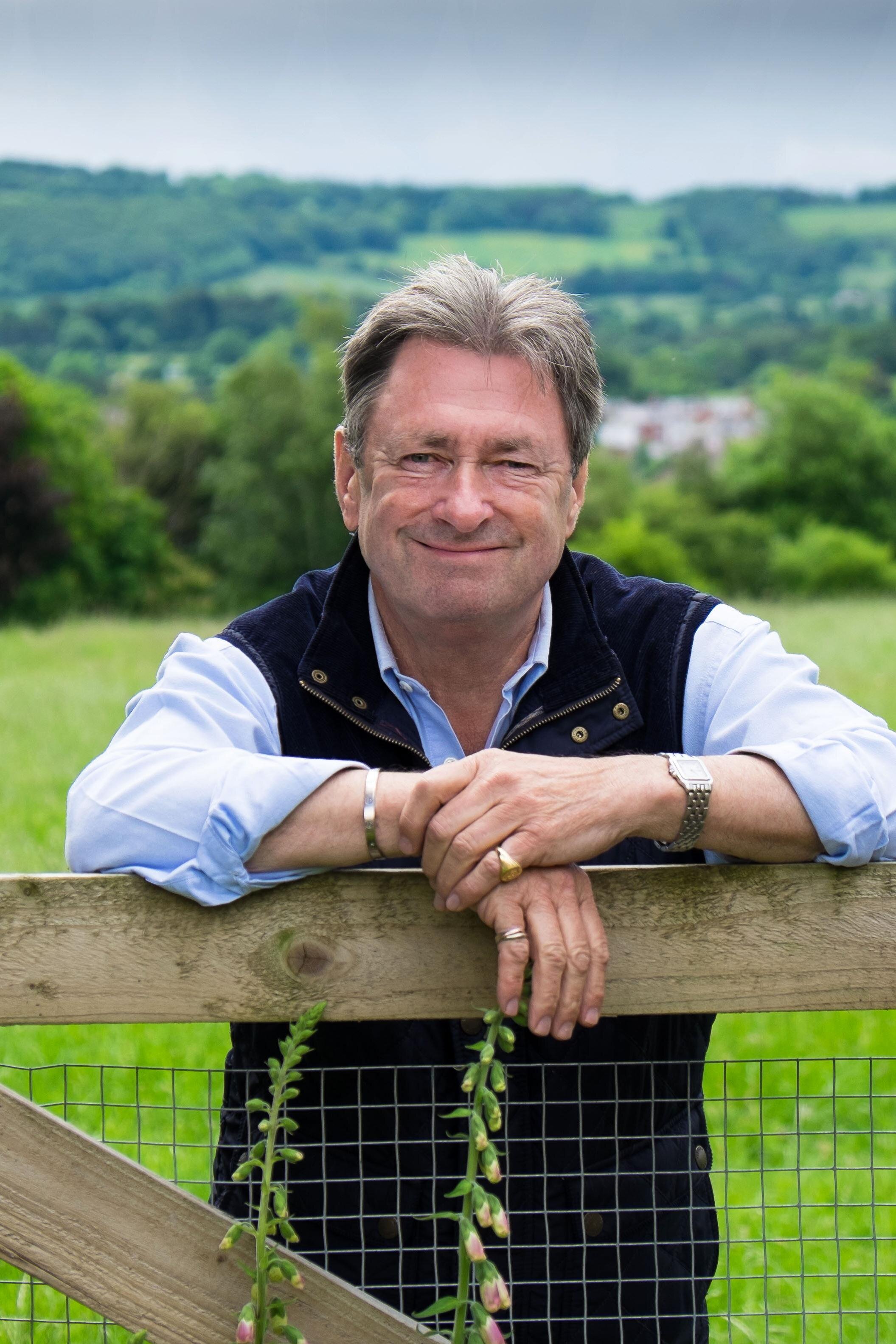We are lucky enough to be situated just a few minutes drive away from Wolford Wood. Not only is this a place of beauty and tranquillity, it is also a designated Site Of Special Scientific Interest (SSSI)
What is a SSSI?
A Site of Special Scientific Interest (SSSI) is a formal conservation designation. Usually, it describes an area that is of particular interest to science due to the number of rare species of fauna or flora it contains. Wolford Wood is ancient woodland, stretching 200 acres, that is protected and studied throughout the year.
What to look for in the woods…
The wood is home to around 2,500 species of flowers, fungi and fauna. Click here to visit the Wolford Wood website to explore these by category. The lesser spotted woodpecker, hazel dormouse, badger, hedgehog and barn owl (all Creature Candy favourites) have been spotted here, amongst many other species.
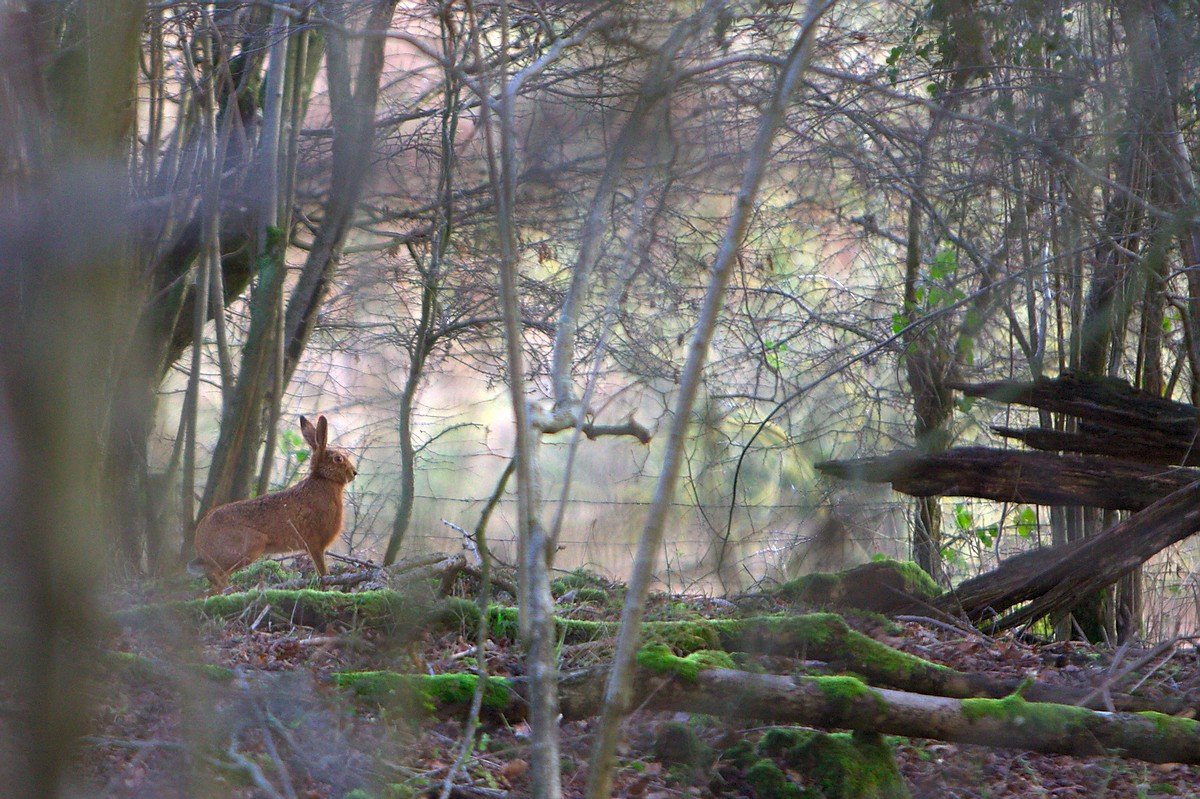
Pictured below is the elusive Purple Emperor, considered by many, to be one of the most beautiful butterflies in Britain. The prime time to spot them is the end of June-beginning of July. So if you pay a visit to the woods soon, you may be lucky enough to spot one.

Plan your visit…
If you’d like to explore the woods, then you can book a day visit. Visitors are encouraged to take a picnic, light a camp fire, even build a den, and to just enjoy the beautiful surroundings.
There are a number of events taking place in the woods, including a woodland butterfly safari (25th June/2nd July), forest bathing and beeswax candle making. More information about these events and future events, can be found on the Wolford Wood website.
You can also buy a range of woodland products here including air dried seasoned ash hardwood logs, lavender bags, honey and more.
Extending your visit…
If a day visit doesn’t sound long enough, then there are cabins available to sleep in to extend your stay. If you would prefer to bring your own tent, there is no shortage of space for pitching it up! Cabins are surrounded by woodland seating and fire pits, with each having it’s own private shower. We must also mention, all cabins feature our very own Creature Candy prints on the wall! Click here to find out more about staying here.
Exciting things are happening…
A RDPE grant has recently been awarded to Wolford Wood, to fund a new car park and activity cabins for educational visits, to promote sustainable tourism in the area. So it is a busy time for the team! Keep checking their website for further news and additional events taking place.
Our Woodland Creatures…
Amongst our designs, we have a few species that can be spotted in woodland. Here are just some of these. To find out about the charities we support through the sales of our products, click here.

Humboldt penguins are classed as ‘Vulnerable’ on the IUCN list but are listed as ‘Critically Endangered’ in Peru. There has been a huge overall drop in numbers of the past 100 years, where Humboldts originally were estimated to be in numbers of almost one million and have since dropped to only 30,000 individuals.
One of our new designs is the lesser spotted woodpecker Dendrocopos minor. I'm sure some of you are not very familiar with this bird and that is one the main reasons we have chosen it for our new designs. To raise awareness and funds for it's much needed conservation.
